Ferrara and its Surroundings
Views, monuments and works of art o in Ferrara: the Cathedral of St. George, Palazzo Costabili, the Estense Castle, Palazzo Schifanoia with the Renaissance frescoes of the Hall of Months. In addition, images of the surroundings of the Emilian city: the Pomposa Abbey in Codigoro, the Rocca Possente at the Stellata.
21482_3201.jpg
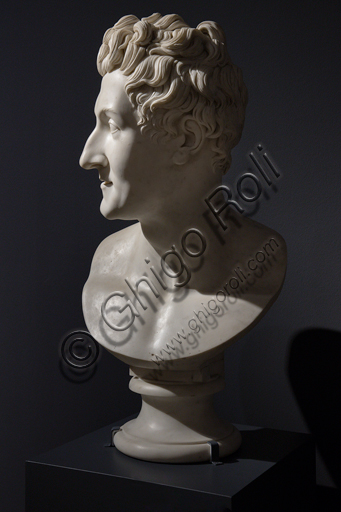
"Colossal Bust of Leopoldo Cicognara", 1818-22, by Antonio...
add to lightbox
21306_0302.jpg
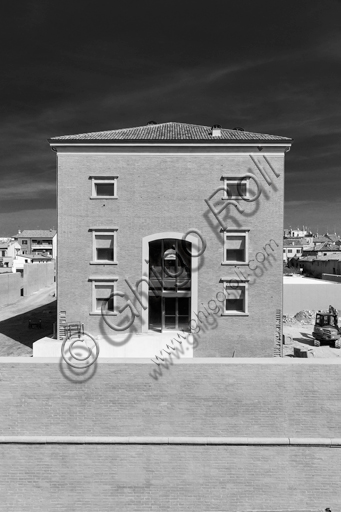
MEIS, National Museum of Italian Judaism and the Shoah in t...
add to lightbox
21306_0299.jpg
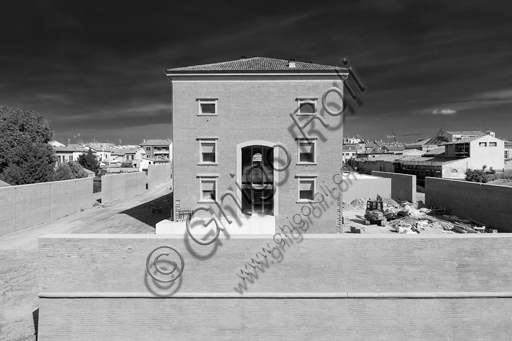
MEIS, National Museum of Italian Judaism and the Shoah in t...
add to lightbox
21306_0268.jpg
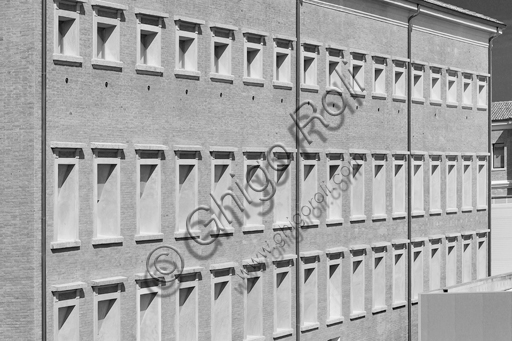
MEIS, National Museum of Italian Judaism and the Shoah in t...
add to lightbox
21306_0265.jpg
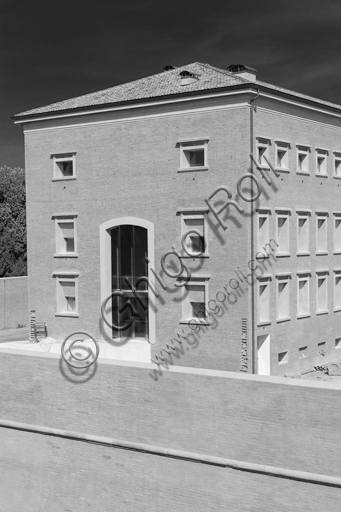
MEIS, National Museum of Italian Judaism and the Shoah in t...
add to lightbox
21306_0256.jpg
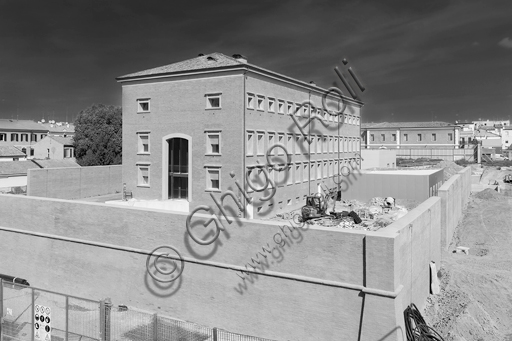
MEIS, National Museum of Italian Judaism and the Shoah in t...
add to lightbox
21306_0236.jpg
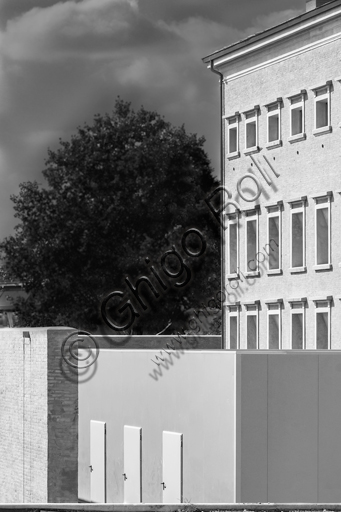
MEIS, National Museum of Italian Judaism and the Shoah in t...
add to lightbox
21306_0230.jpg
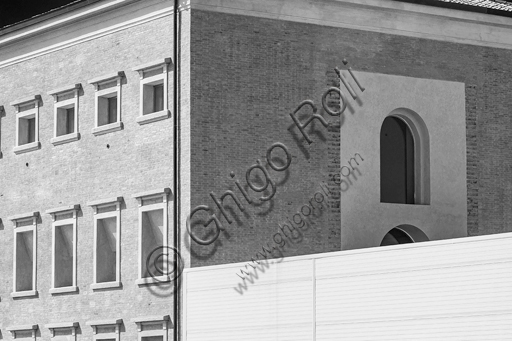
MEIS, National Museum of Italian Judaism and the Shoah in t...
add to lightbox
21306_0226.jpg
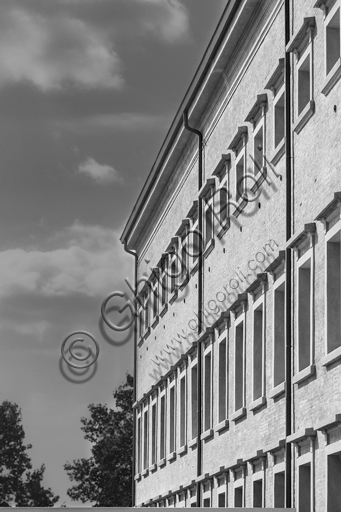
MEIS, National Museum of Italian Judaism and the Shoah in t...
add to lightbox
21306_0218.jpg
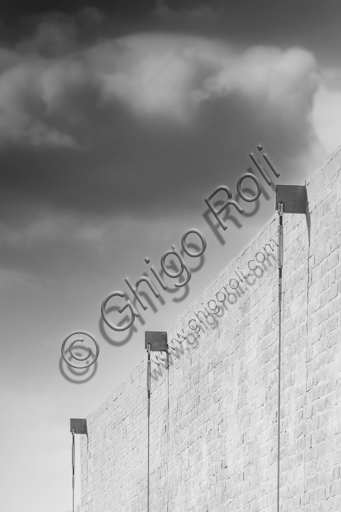
MEIS, National Museum of Italian Judaism and the Shoah in t...
add to lightbox
21306_0214.jpg
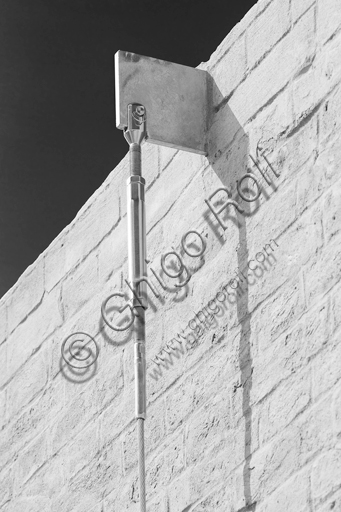
MEIS, National Museum of Italian Judaism and the Shoah in t...
add to lightbox
21306_0194.jpg
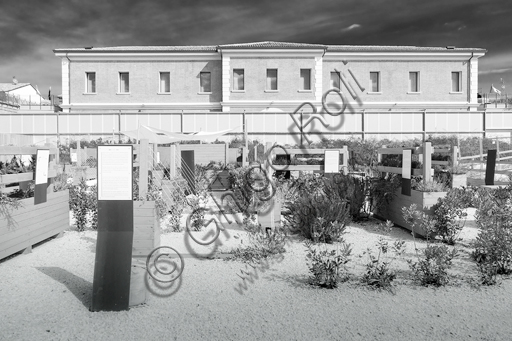
MEIS, National Museum of Italian Judaism and the Shoah in t...
add to lightbox
21306_0173.jpg
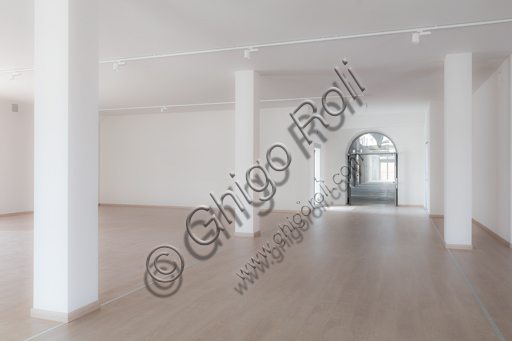
MEIS, National Museum of Italian Judaism and the Shoah in t...
add to lightbox
21306_0172.jpg
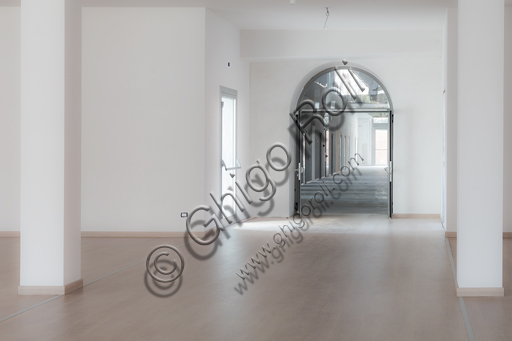
MEIS, National Museum of Italian Judaism and the Shoah in t...
add to lightbox
21306_0170.jpg
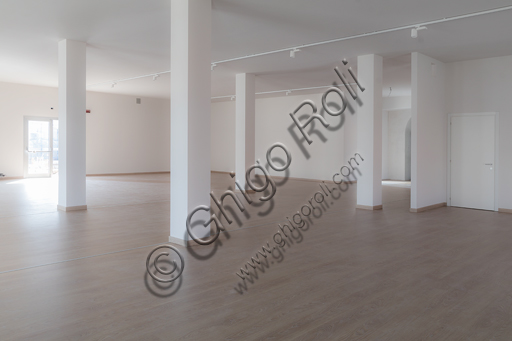
MEIS, National Museum of Italian Judaism and the Shoah in t...
add to lightbox
21306_0167.jpg
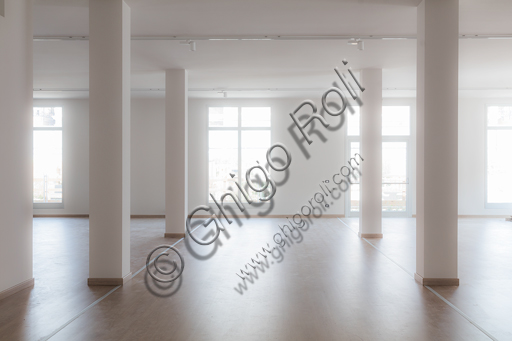
MEIS, National Museum of Italian Judaism and the Shoah in t...
add to lightbox
21306_0164.jpg
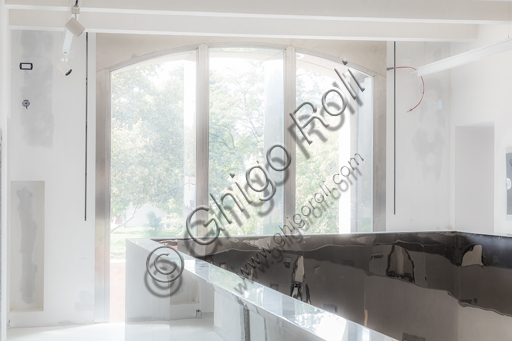
MEIS, National Museum of Italian Judaism and the Shoah in t...
add to lightbox
21306_0160.jpg
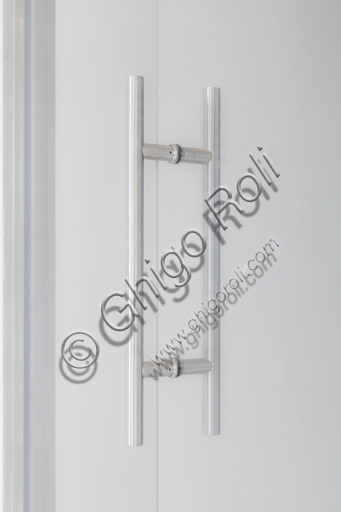
MEIS, National Museum of Italian Judaism and the Shoah in t...
add to lightbox
21306_0153.jpg
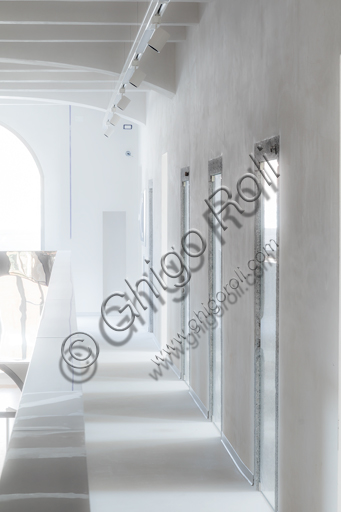
MEIS, National Museum of Italian Judaism and the Shoah in t...
add to lightbox
21306_0148.jpg
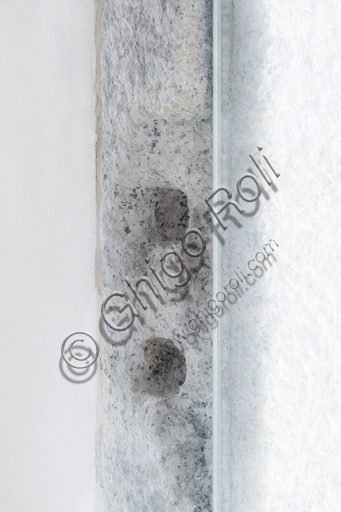
MEIS, National Museum of Italian Judaism and the Shoah in t...
add to lightbox
21306_0146.jpg
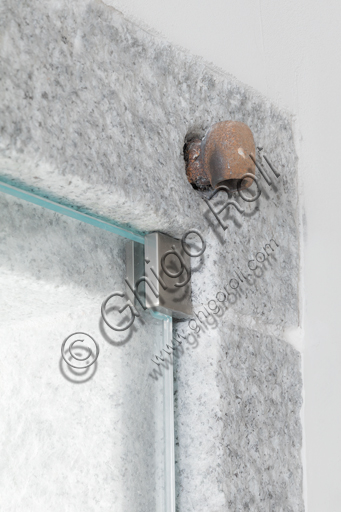
MEIS, National Museum of Italian Judaism and the Shoah in t...
add to lightbox
21306_0140.jpg
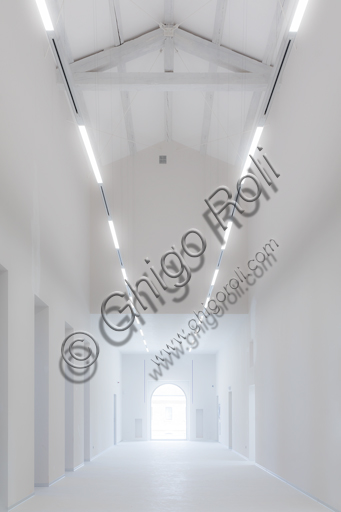
MEIS, National Museum of Italian Judaism and the Shoah in t...
add to lightbox
21306_0136.jpg

MEIS, National Museum of Italian Judaism and the Shoah in t...
add to lightbox
21306_0130.jpg
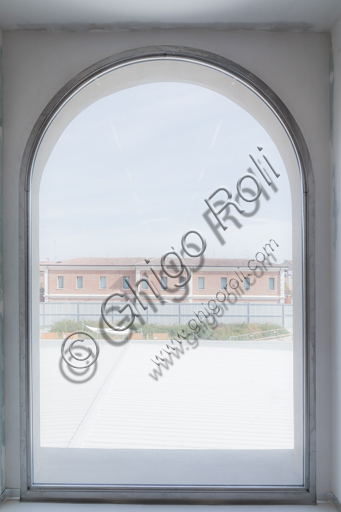
MEIS, National Museum of Italian Judaism and the Shoah in t...
add to lightbox
21306_0122.jpg
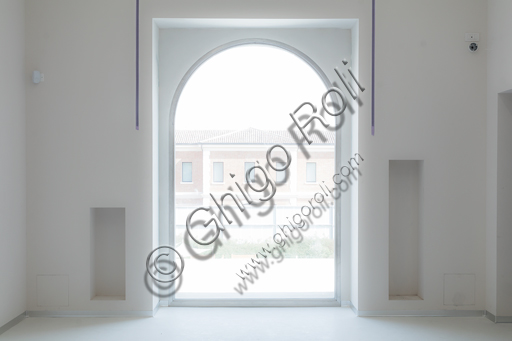
MEIS, National Museum of Italian Judaism and the Shoah in t...
add to lightbox
21306_0120.jpg
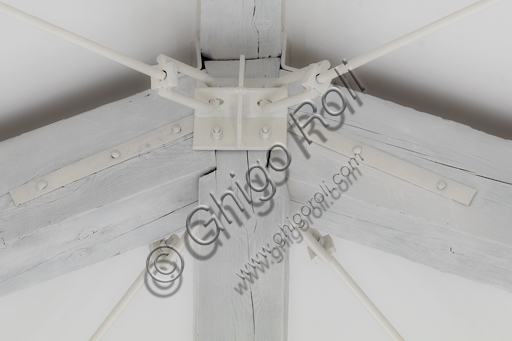
MEIS, National Museum of Italian Judaism and the Shoah in t...
add to lightbox
21306_0118.jpg
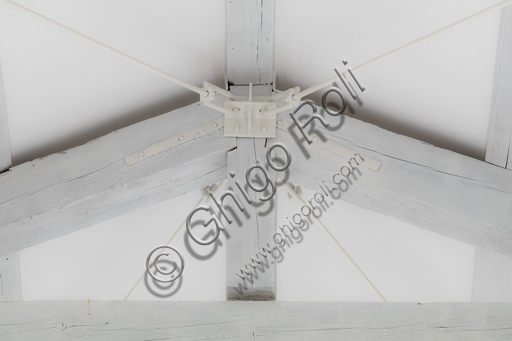
MEIS, National Museum of Italian Judaism and the Shoah in t...
add to lightbox
21306_0114.jpg
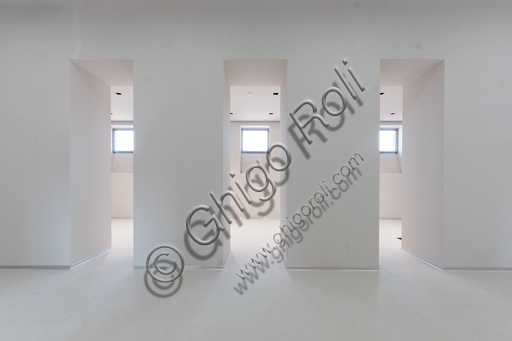
MEIS, National Museum of Italian Judaism and the Shoah in t...
add to lightbox
21306_0111.jpg
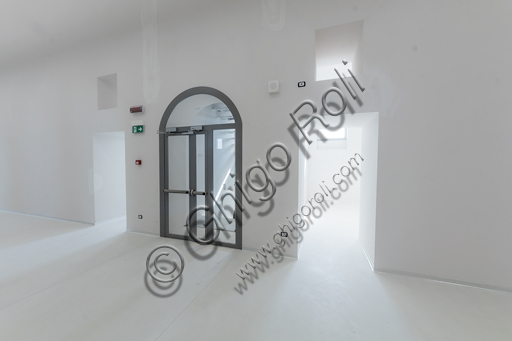
MEIS, National Museum of Italian Judaism and the Shoah in t...
add to lightbox
21306_0107.jpg
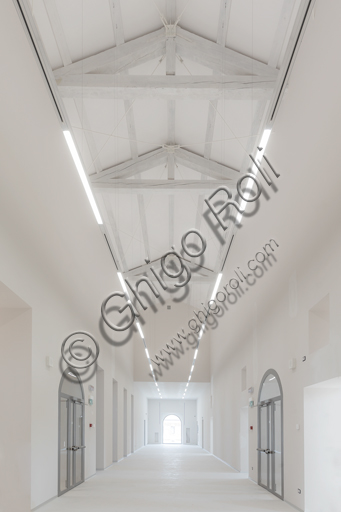
MEIS, National Museum of Italian Judaism and the Shoah in t...
add to lightbox
21306_0098.jpg
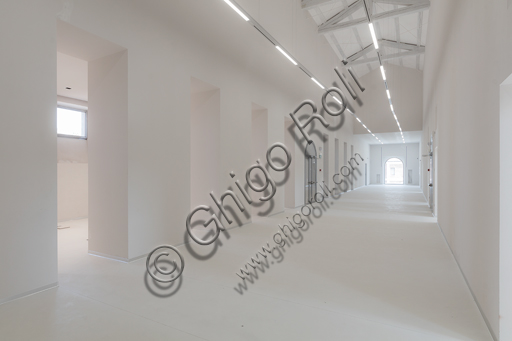
MEIS, National Museum of Italian Judaism and the Shoah in t...
add to lightbox
21306_0092.jpg
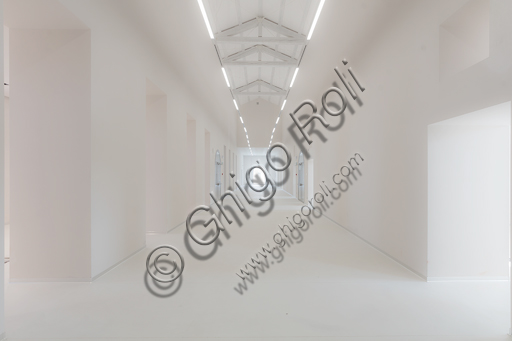
MEIS, National Museum of Italian Judaism and the Shoah in t...
add to lightbox
21306_0083-86.jpg
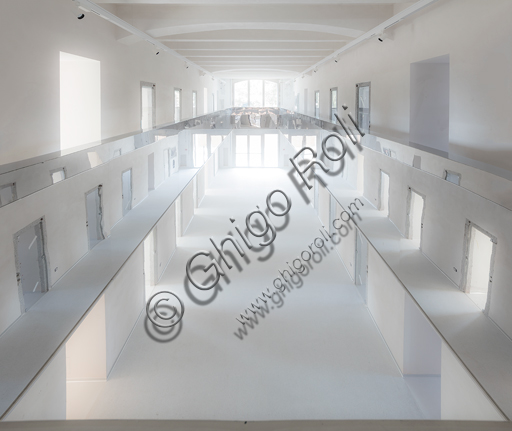
MEIS, National Museum of Italian Judaism and the Shoah in t...
add to lightbox
21306_0072.jpg
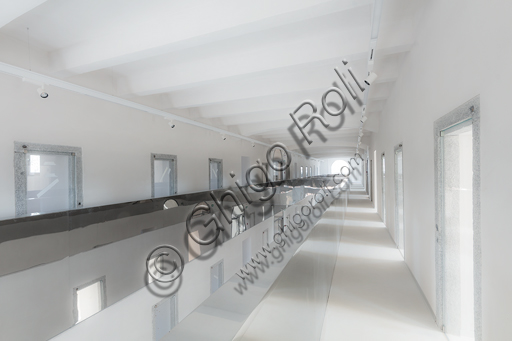
MEIS, National Museum of Italian Judaism and the Shoah in t...
add to lightbox
21306_0068.jpg
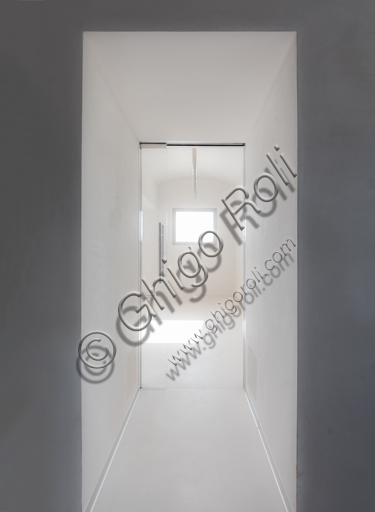
MEIS, National Museum of Italian Judaism and the Shoah in t...
add to lightbox
21306_0063.jpg
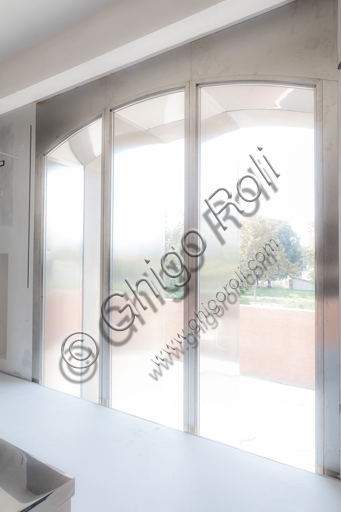
MEIS, National Museum of Italian Judaism and the Shoah in t...
add to lightbox
21306_0043-44.jpg
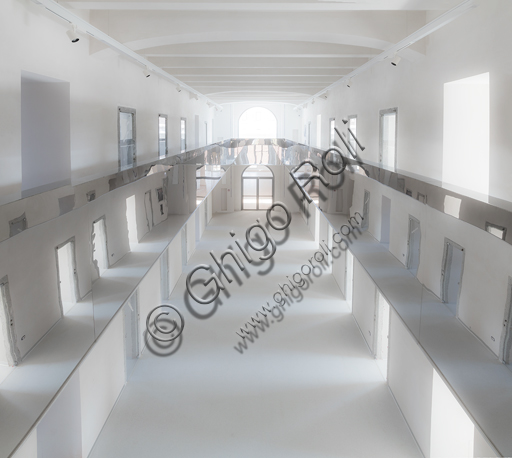
MEIS, National Museum of Italian Judaism and the Shoah in t...
add to lightbox
21306_0036.jpg
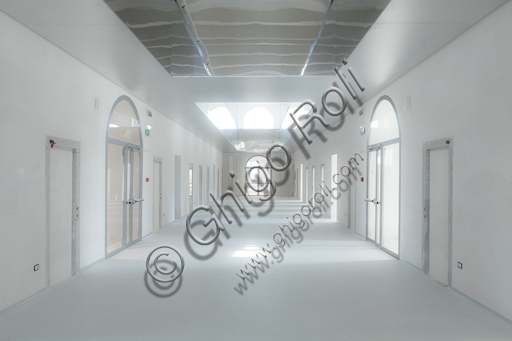
MEIS, National Museum of Italian Judaism and the Shoah in t...
add to lightbox
21306_0028.jpg
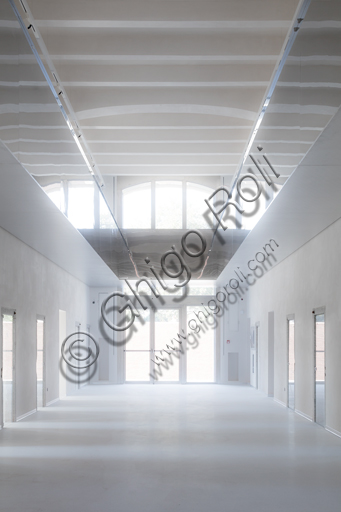
MEIS, National Museum of Italian Judaism and the Shoah in t...
add to lightbox
21306_0019.jpg
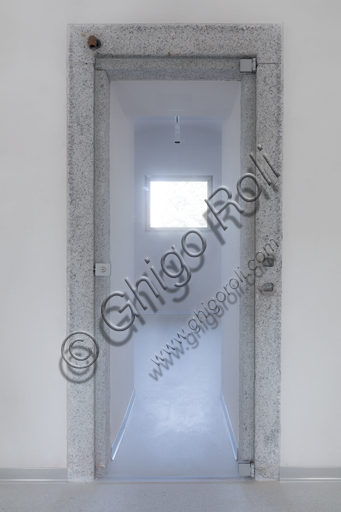
MEIS, National Museum of Italian Judaism and the Shoah in t...
add to lightbox
21306_0018.jpg
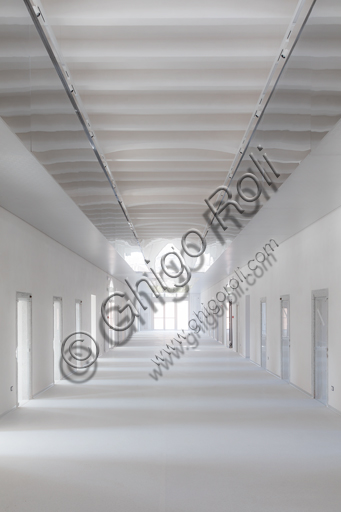
MEIS, National Museum of Italian Judaism and the Shoah in t...
add to lightbox
21306_0014.jpg
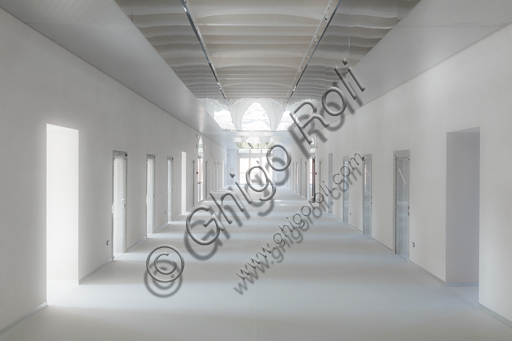
MEIS, National Museum of Italian Judaism and the Shoah in t...
add to lightbox
21205_0293.jpg
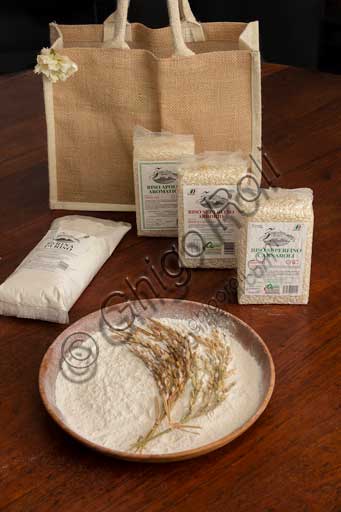
Typical products: different kind of rice and rice flour made...
add to lightbox
21205_0289.jpg
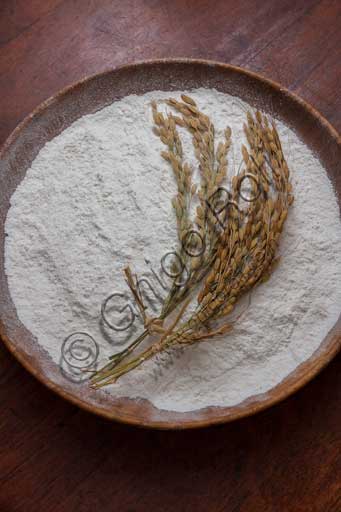
Typical product: rice flour made in Jolanda di Savoia (the r...
add to lightbox
21205_0169.jpg
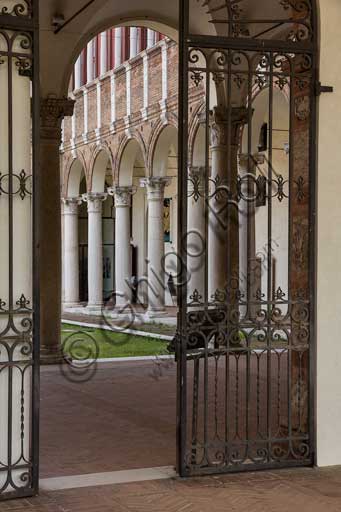
Ferrara, Palazzo Costabili o Palazzo di Ludovico il Moro (to...
add to lightbox
21205_0168.jpg
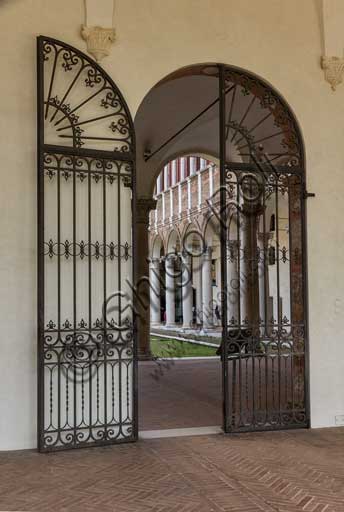
Ferrara, Palazzo Costabili o Palazzo di Ludovico il Moro (to...
add to lightbox
21205_0167.jpg
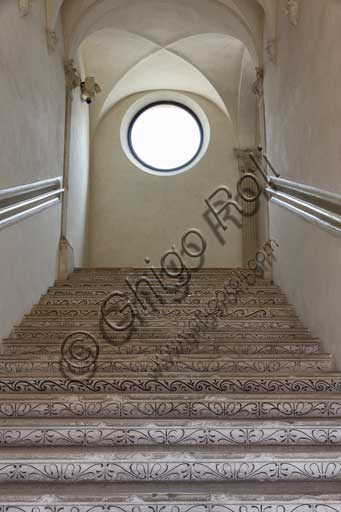
Ferrara, Palazzo Costabili o Palazzo di Ludovico il Moro (to...
add to lightbox
21205_0163.jpg
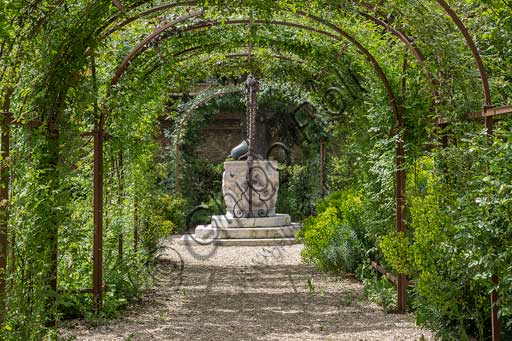
Ferrara, Palazzo Costabili o Palazzo di Ludovico il Moro (to...
add to lightbox
21205_0162.jpg
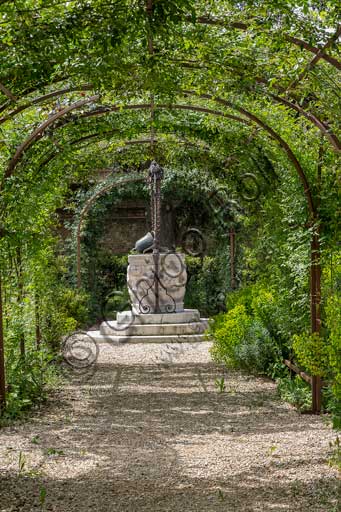
Ferrara, Palazzo Costabili o Palazzo di Ludovico il Moro (to...
add to lightbox
21205_0159.jpg
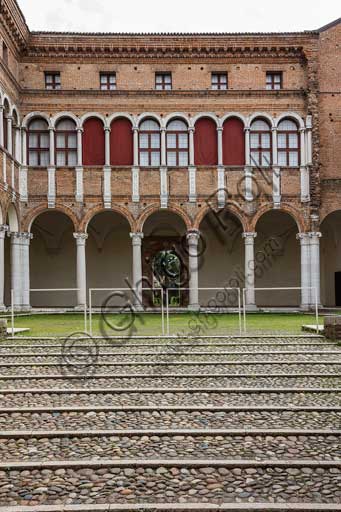
Ferrara, Palazzo Costabili o Palazzo di Ludovico il Moro (to...
add to lightbox
21205_0150.jpg
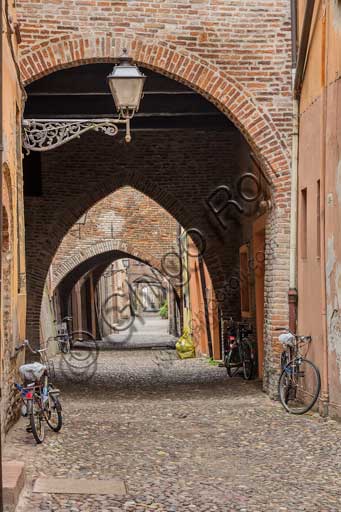
Ferrara: partial view of Delle Volte Street (seat of the war...
add to lightbox
21205_0149.jpg
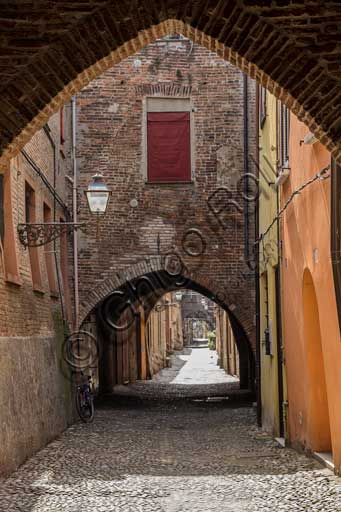
Ferrara: partial view of Delle Volte Street (seat of the war...
add to lightbox
21205_0143.jpg
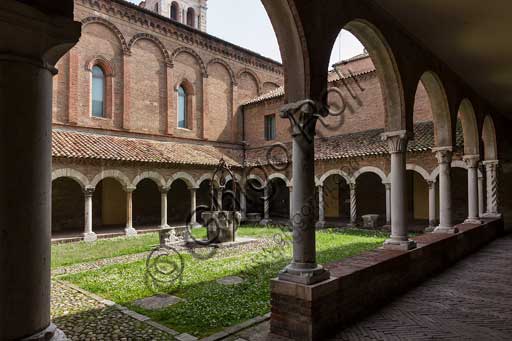
Ferrara, Church of St Romano, toady Museum of the Cathedral:...
add to lightbox
21205_0141.jpg
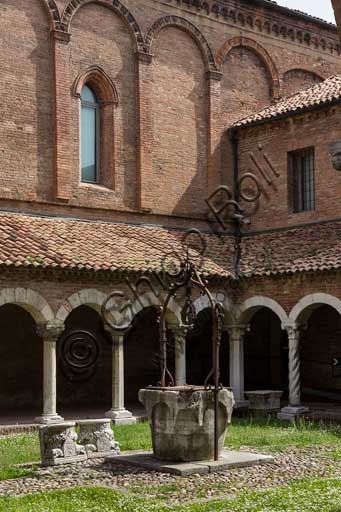
Ferrara, Church of St Romano, toady Museum of the Cathedral:...
add to lightbox
21205_0102.jpg
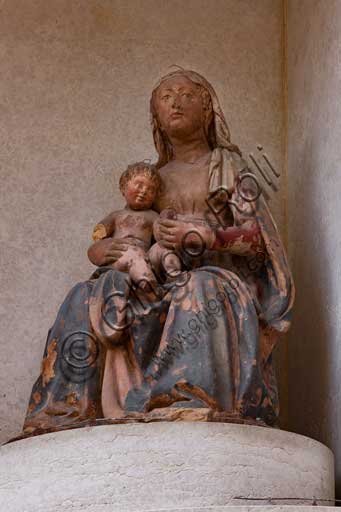
Ferrara, the Cathedral dedicated to St. George, Southern sid...
add to lightbox
21205_0101.jpg
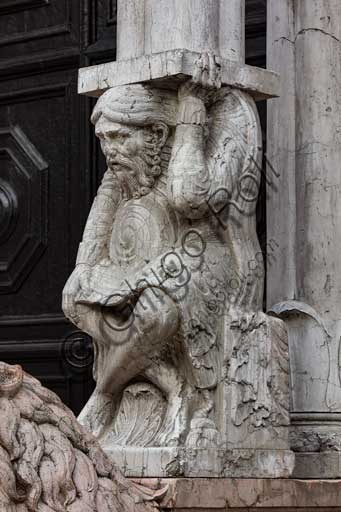
Ferrara, the Cathedral dedicated to St. George, façade: deta...
add to lightbox
21205_0100.jpg
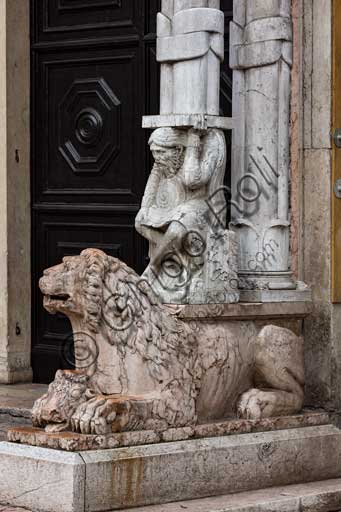
Ferrara, the Cathedral dedicated to St. George, façade: deta...
add to lightbox
21205_0099.jpg
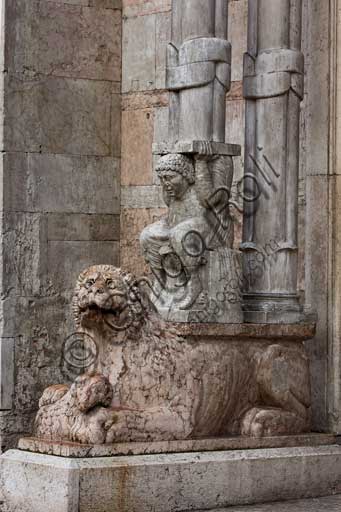
Ferrara, the Cathedral dedicated to St. George, façade: deta...
add to lightbox
21205_0098.jpg
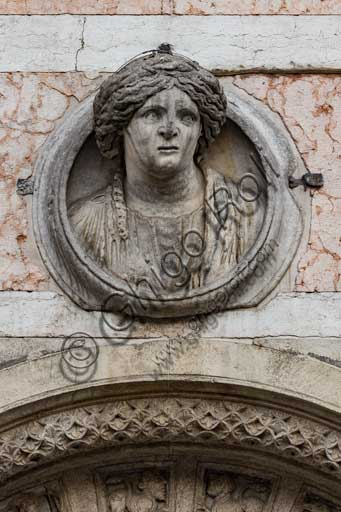
Ferrara, the Cathedral dedicated to St. George, façade: deta...
add to lightbox
21205_0097.jpg
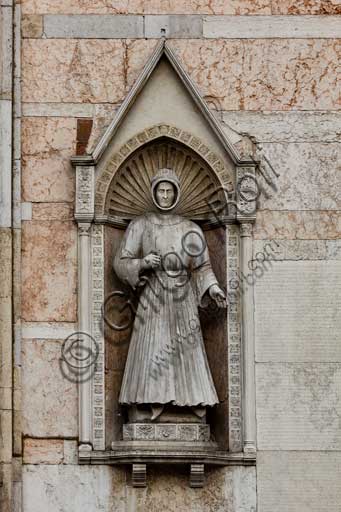
Ferrara, the Cathedral dedicated to St. George, façade: deta...
add to lightbox
21205_0095.jpg
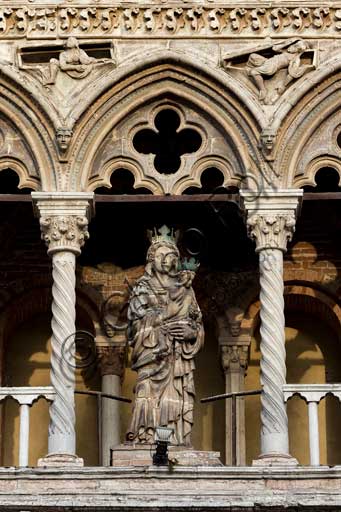
Ferrara, the Cathedral dedicated to St. George, façade: deta...
add to lightbox
21205_0087-94.jpg

Ferrara, la Cattedrale dedicata a San Giorgio, facciata: par...
add to lightbox
21205_0072-80.jpg

Ferrara, the Cathedral dedicated to St. George, façade: deta...
add to lightbox
21205_0068_1.jpg
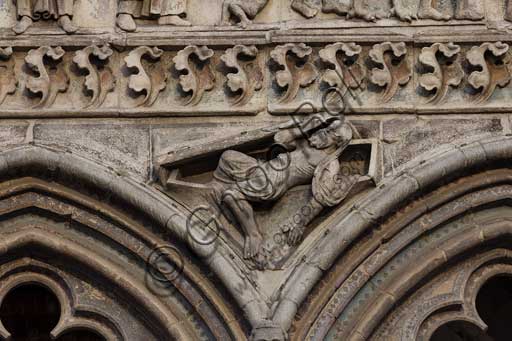
Ferrara, the Cathedral dedicated to St. George, façade: deta...
add to lightbox
21205_0068.jpg
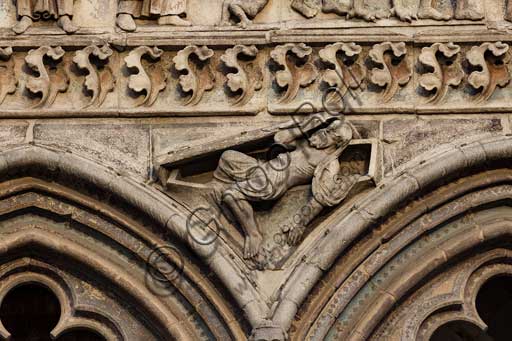
Ferrara, the Cathedral dedicated to St. George, façade: deta...
add to lightbox
21205_0067.jpg
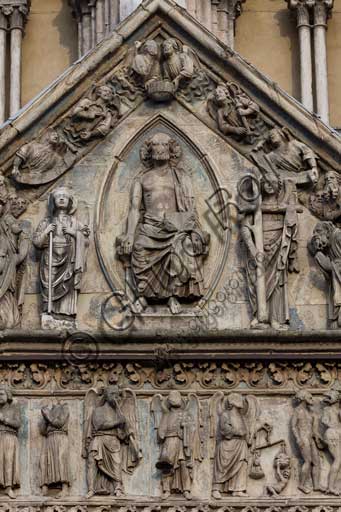
Ferrara, the Cathedral dedicated to St. George, façade: deta...
add to lightbox
21205_0066.jpg
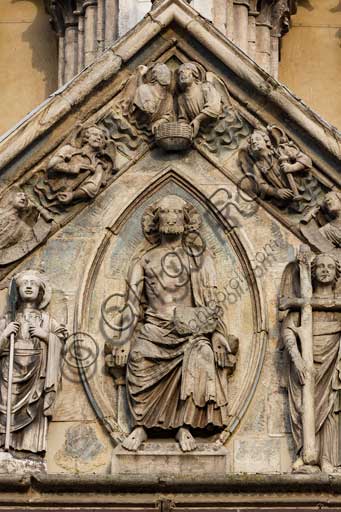
Ferrara, the Cathedral dedicated to St. George, façade: deta...
add to lightbox
21205_0065.jpg
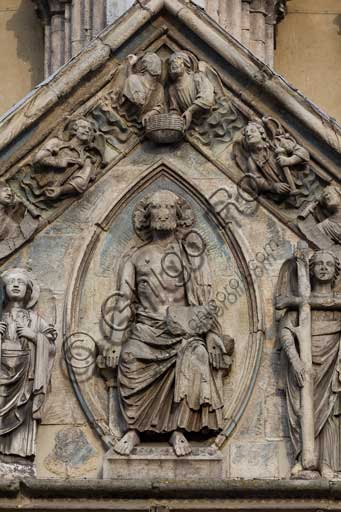
Ferrara, the Cathedral dedicated to St. George, façade: deta...
add to lightbox
21205_0064.jpg
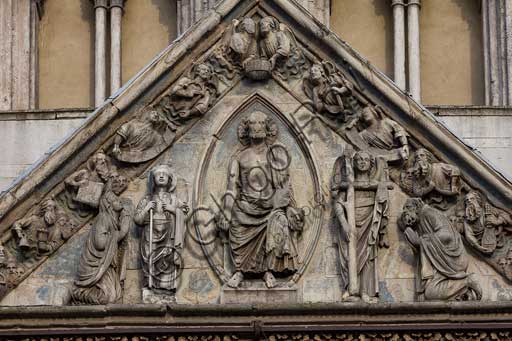
Ferrara, the Cathedral dedicated to St. George, façade: deta...
add to lightbox
21205_0063.jpg
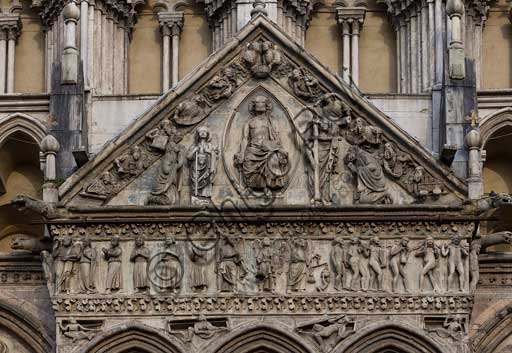
Ferrara, the Cathedral dedicated to St. George, façade: deta...
add to lightbox
21205_0059.jpg
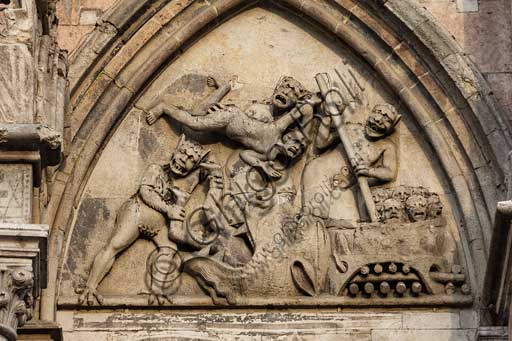
Ferrara, the Cathedral dedicated to St. George, façade: deta...
add to lightbox
21205_0058.jpg
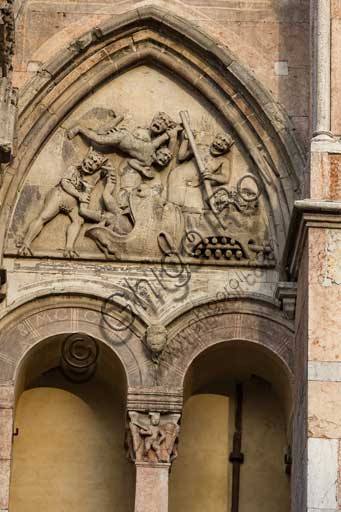
Ferrara, the Cathedral dedicated to St. George, façade: deta...
add to lightbox
21205_0056.jpg
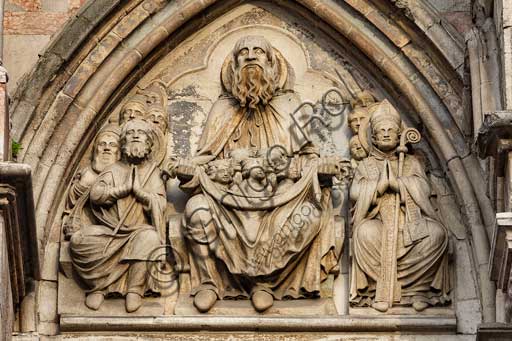
Ferrara, the Cathedral dedicated to St. George, façade detai...
add to lightbox
21205_0054.jpg
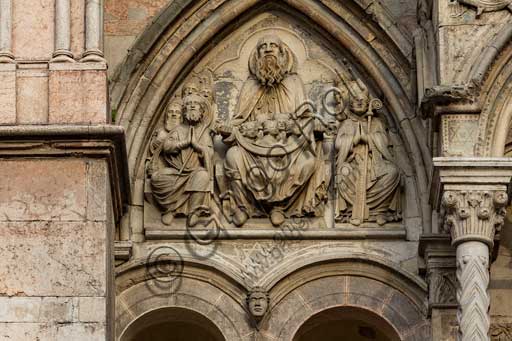
Ferrara, the Cathedral dedicated to St. George, façade detai...
add to lightbox
21205_0052.jpg
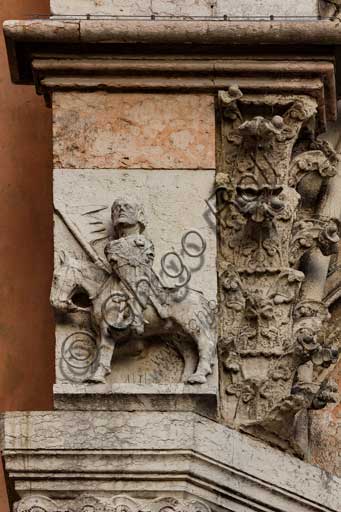
Ferrara, the Cathedral dedicated to St. George, façade detai...
add to lightbox
21205_0047.jpg
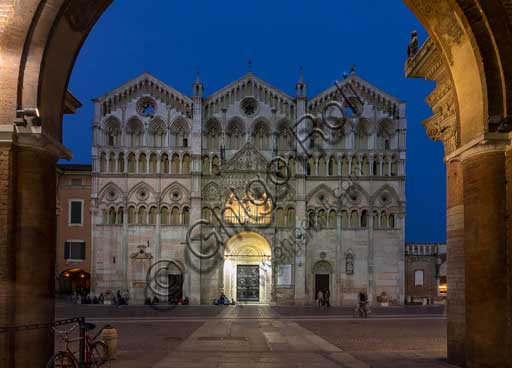
Ferrara, piazza della Cattedrale (the Cathedral Square): nig...
add to lightbox
21205_0045.jpg
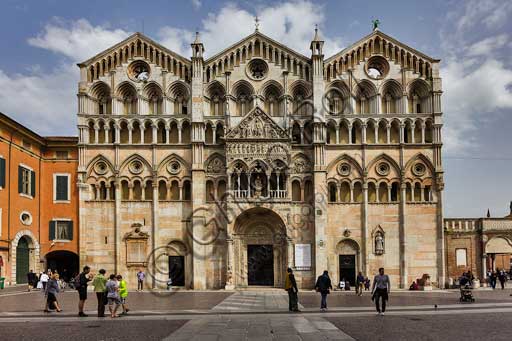
Ferrara, piazza della Cattedrale (the Cathedral Square): vie...
add to lightbox
21205_0038.jpg
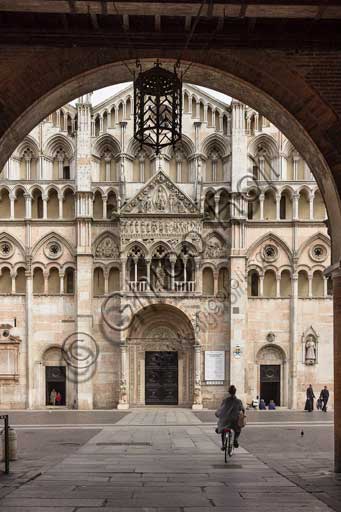
Ferrara, piazza della Cattedrale (the Cathedral Square): vie...
add to lightbox
21205_0017.jpg
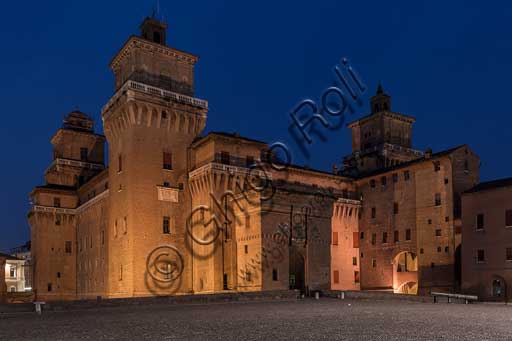
Ferrara: night view of the Castello Estense (the Estense Ca...
add to lightbox
21205_0016.jpg
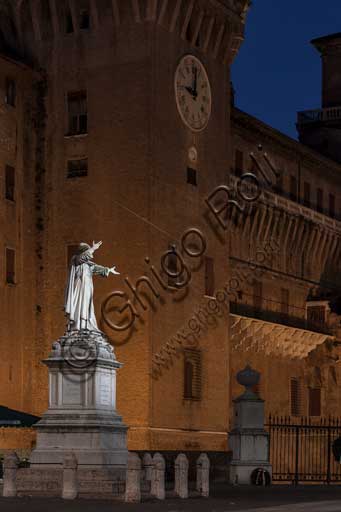
Ferrara: night view of the Castello Estense (the Estense Cas...
add to lightbox
21205_0013.jpg
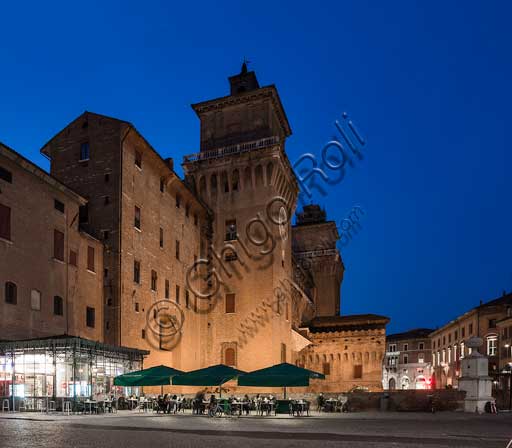
Ferrara: night view of eastern side of the Castello Estense...
add to lightbox
21205_0012.jpg
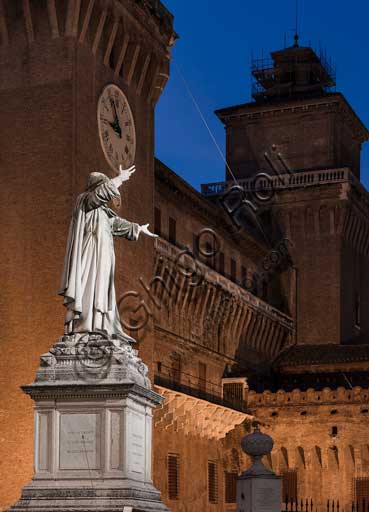
Ferrara: night view of the Castello Estense (the Estense Cas...
add to lightbox
20618_3016.jpg
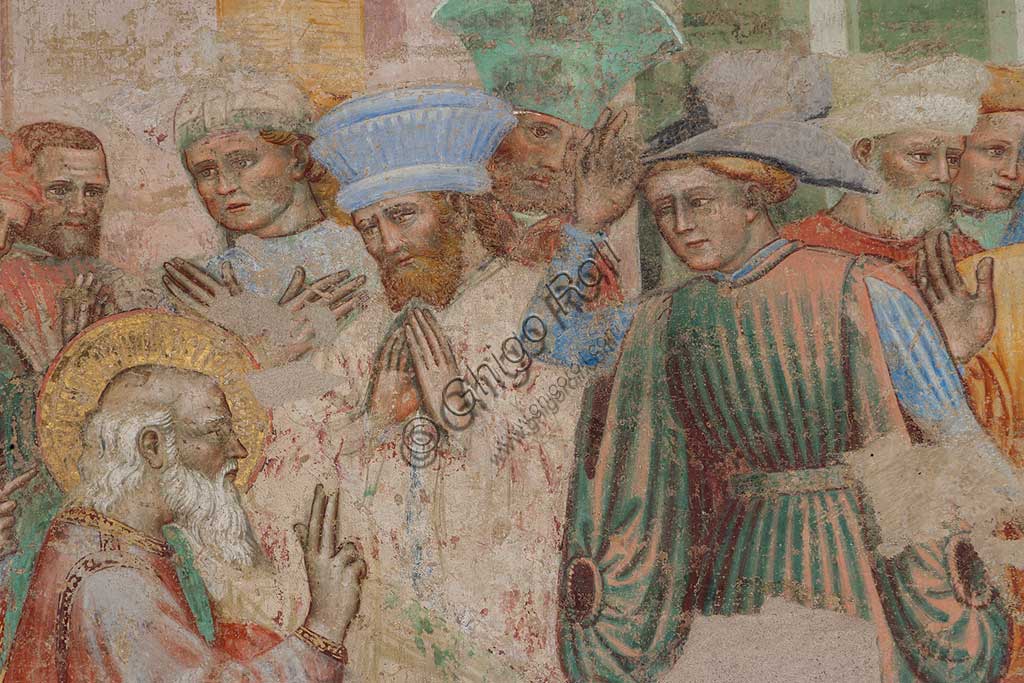
Ferrara, Pinacoteca Nazionale: fresco detached from the Chur...
add to lightbox
20618_3011.jpg
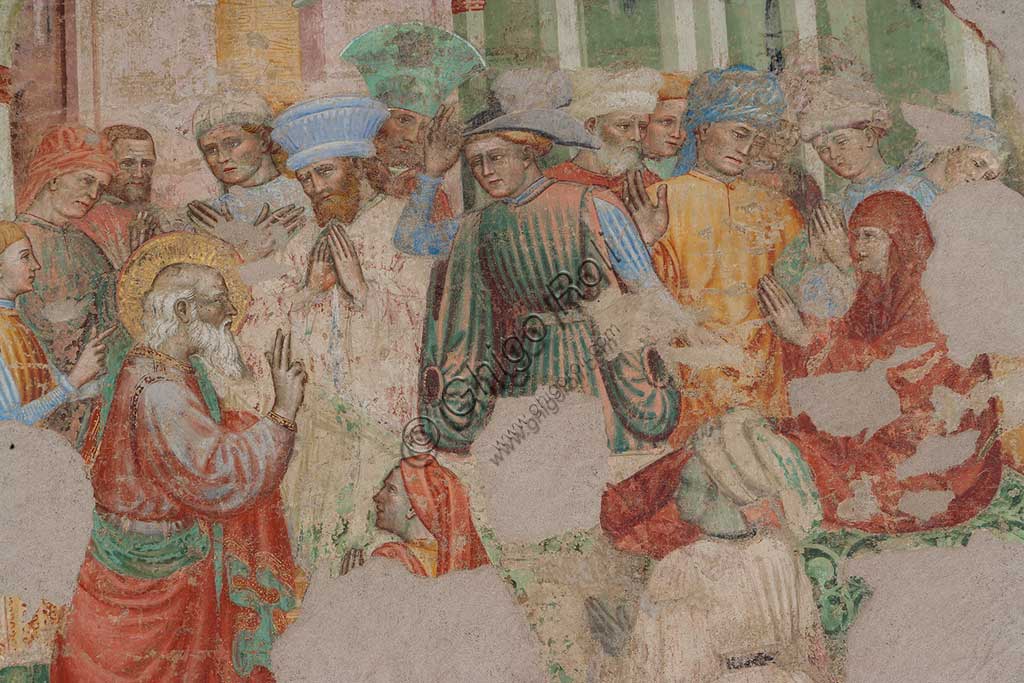
Ferrara, Pinacoteca Nazionale: fresco detached from the Chur...
add to lightbox
20618_3010.jpg
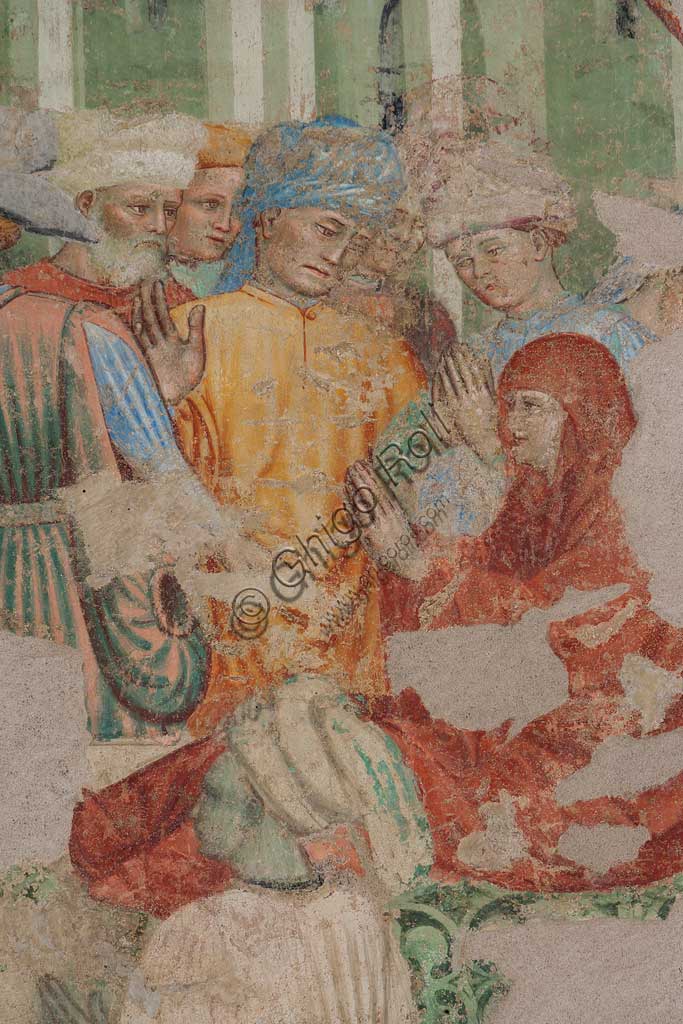
Ferrara, Pinacoteca Nazionale: fresco detached from the Chur...
add to lightbox
20618_3009.jpg
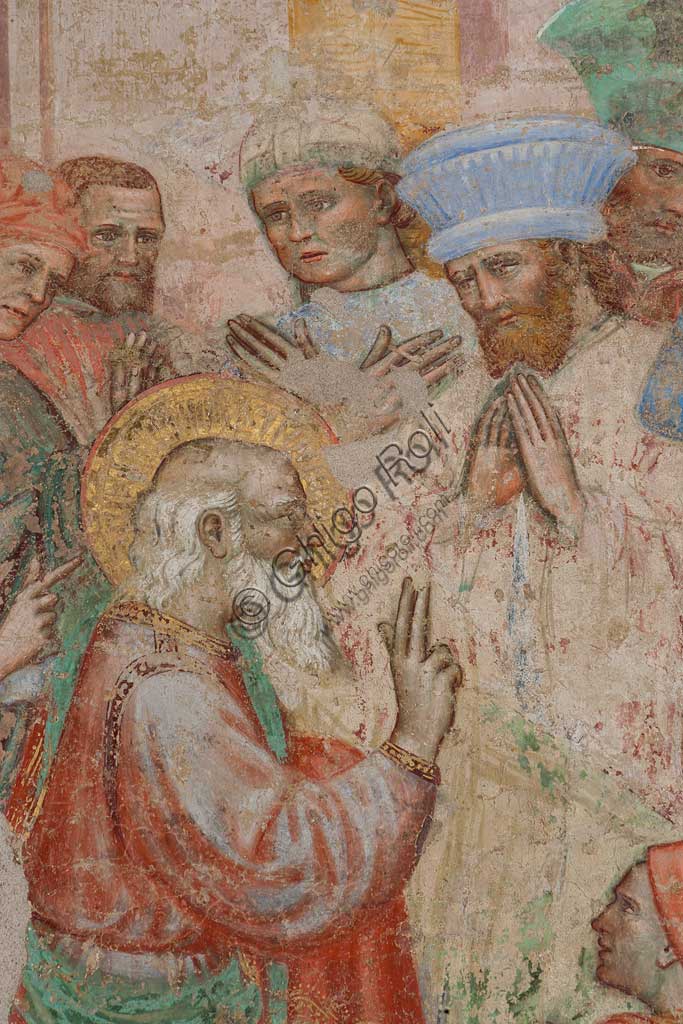
Ferrara, Pinacoteca Nazionale: fresco detached from the Chur...
add to lightbox
20618_3005.jpg
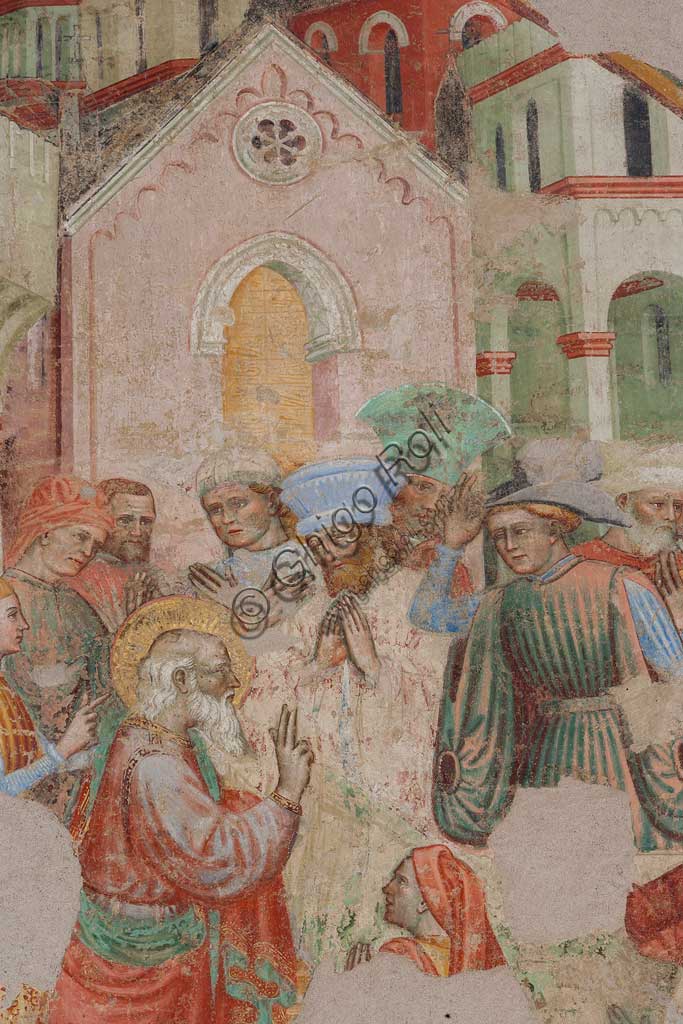
Ferrara, Pinacoteca Nazionale: fresco detached from the Chur...
add to lightbox
20618_3002.jpg
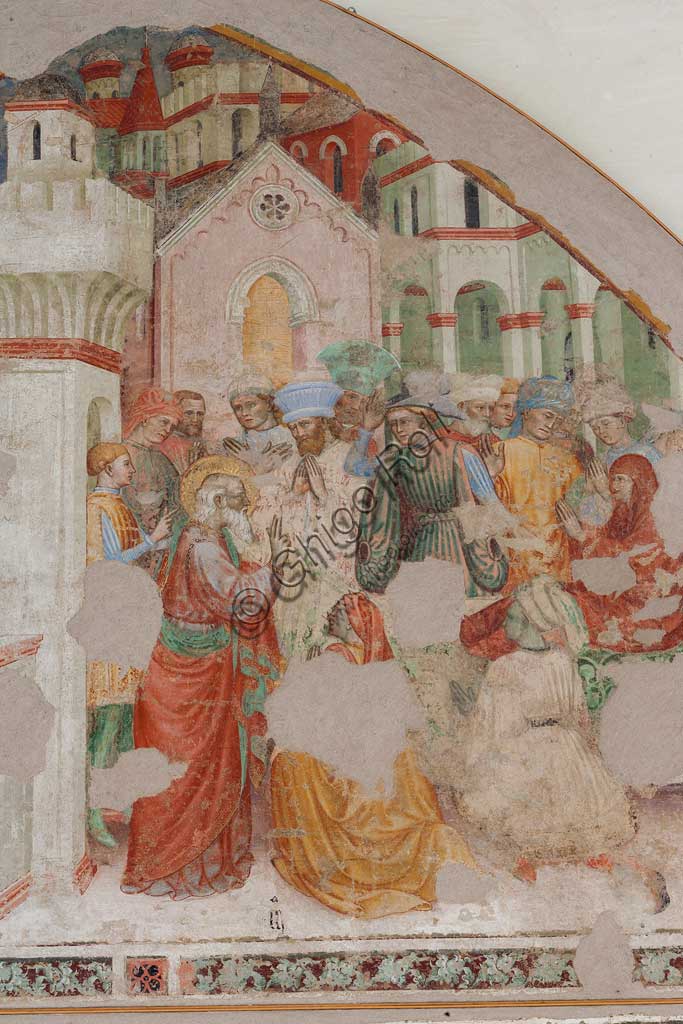
Ferrara, Pinacoteca Nazionale: fresco detached from the Chur...
add to lightbox
20618_3000.jpg
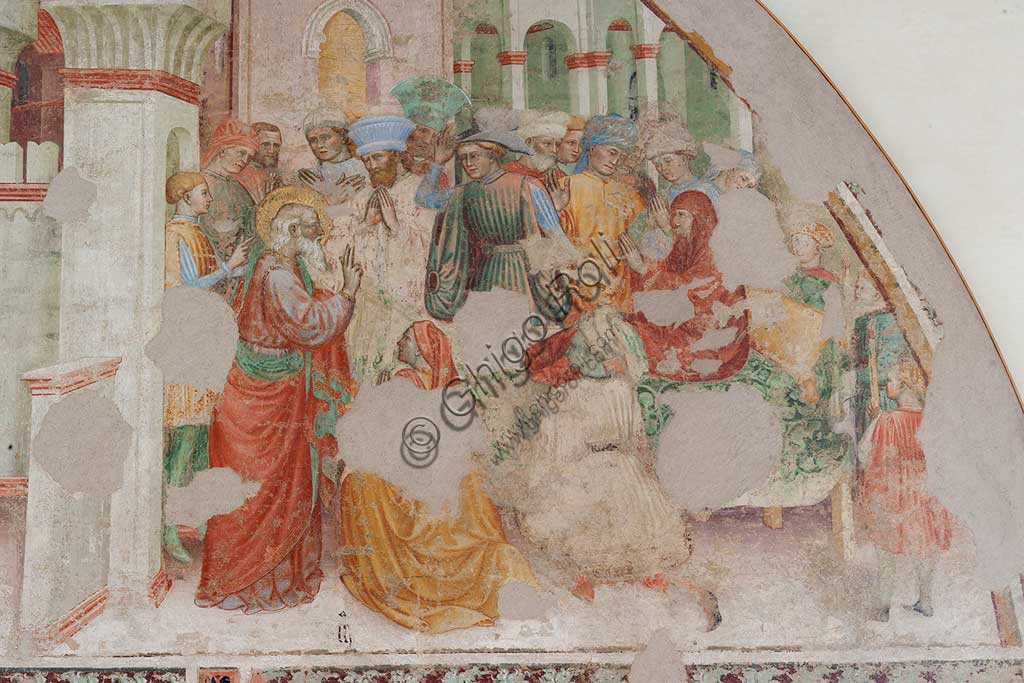
Ferrara, Pinacoteca Nazionale: fresco detached from the Chur...
add to lightbox
20618_2999.jpg
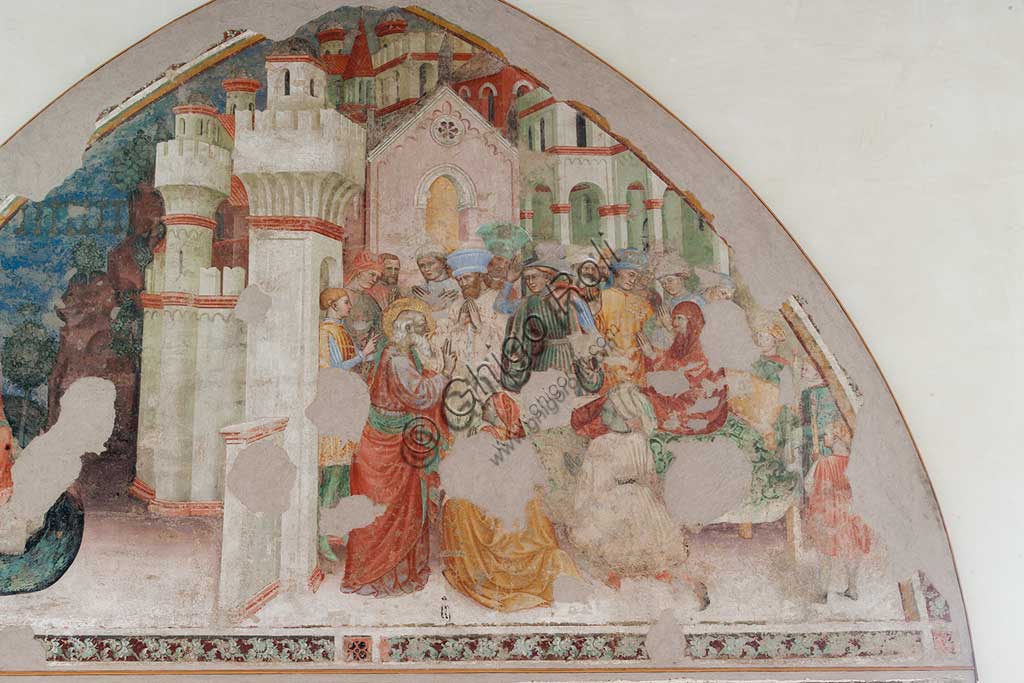
Ferrara, Pinacoteca Nazionale: fresco detached from the Chur...
add to lightbox
20618_2998.jpg
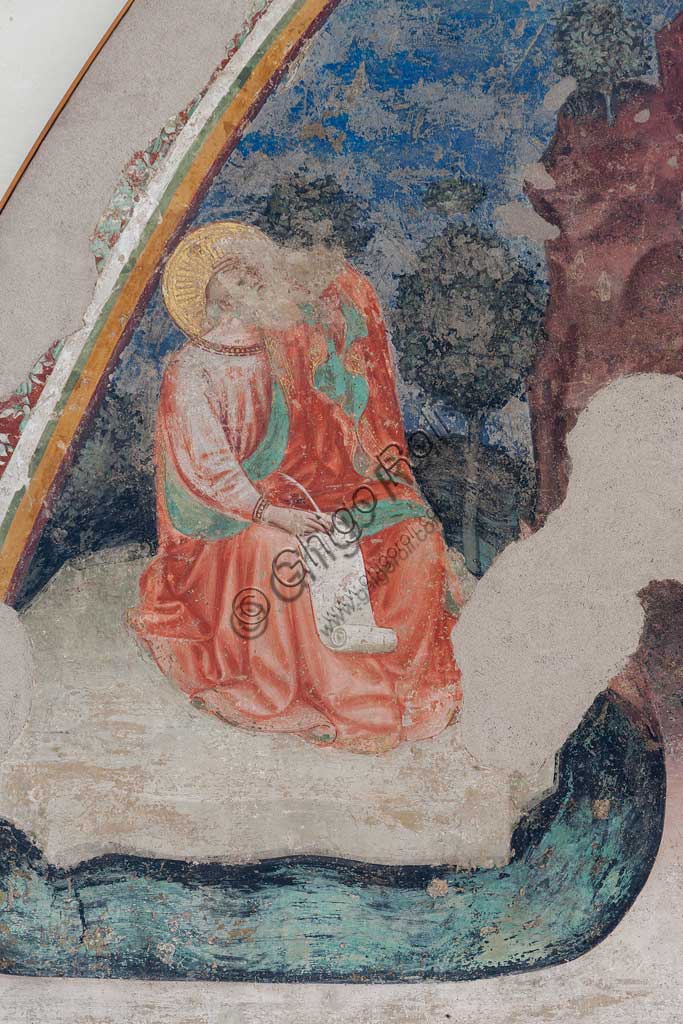
Ferrara, Pinacoteca Nazionale: fresco detached from the Chur...
add to lightbox
20618_2997.jpg
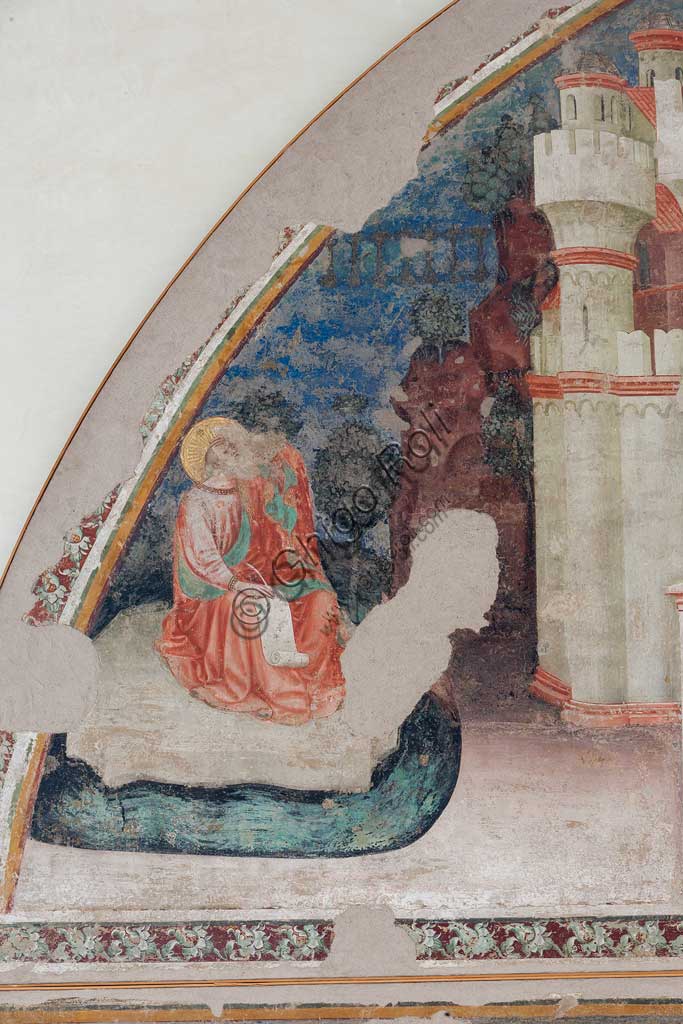
Ferrara, Pinacoteca Nazionale: fresco detached from the Chur...
add to lightbox
20618_2994.jpg
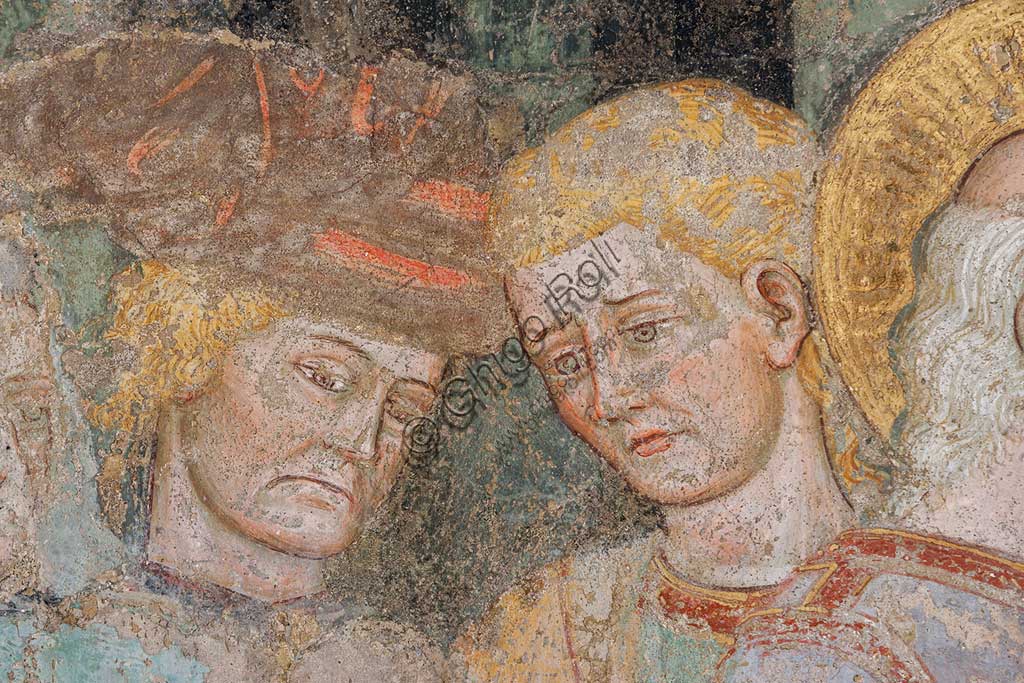
Ferrara, Pinacoteca Nazionale: fresco detached from the Chur...
add to lightbox
20618_2993.jpg
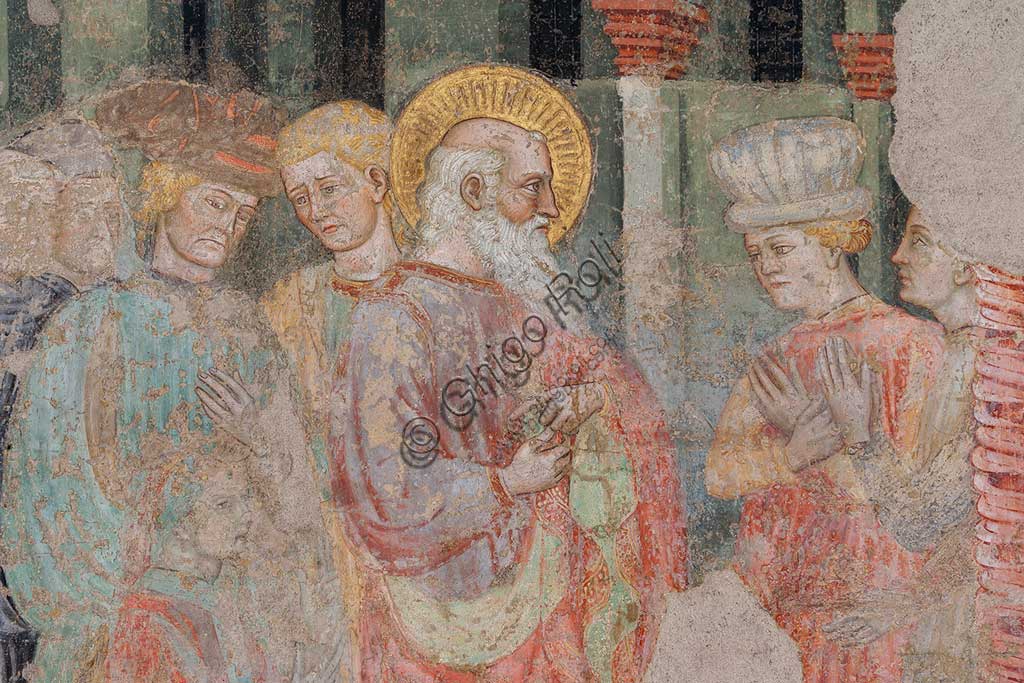
Ferrara, Pinacoteca Nazionale: fresco detached from the Chur...
add to lightbox
20618_2992.jpg
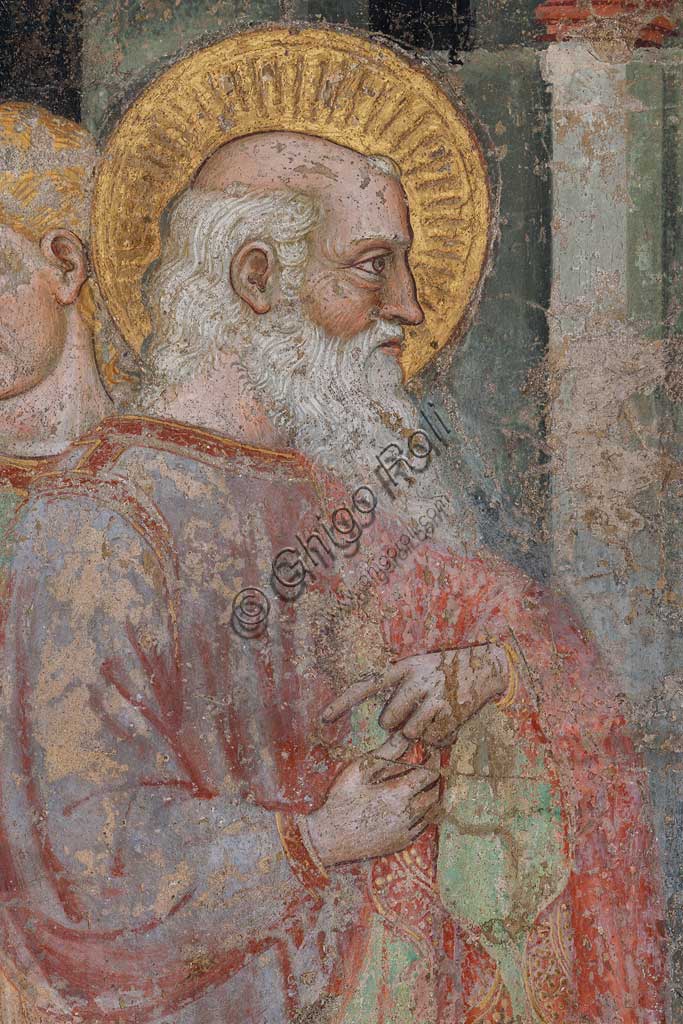
Ferrara, Pinacoteca Nazionale: fresco detached from the Chur...
add to lightbox
20618_2991.jpg
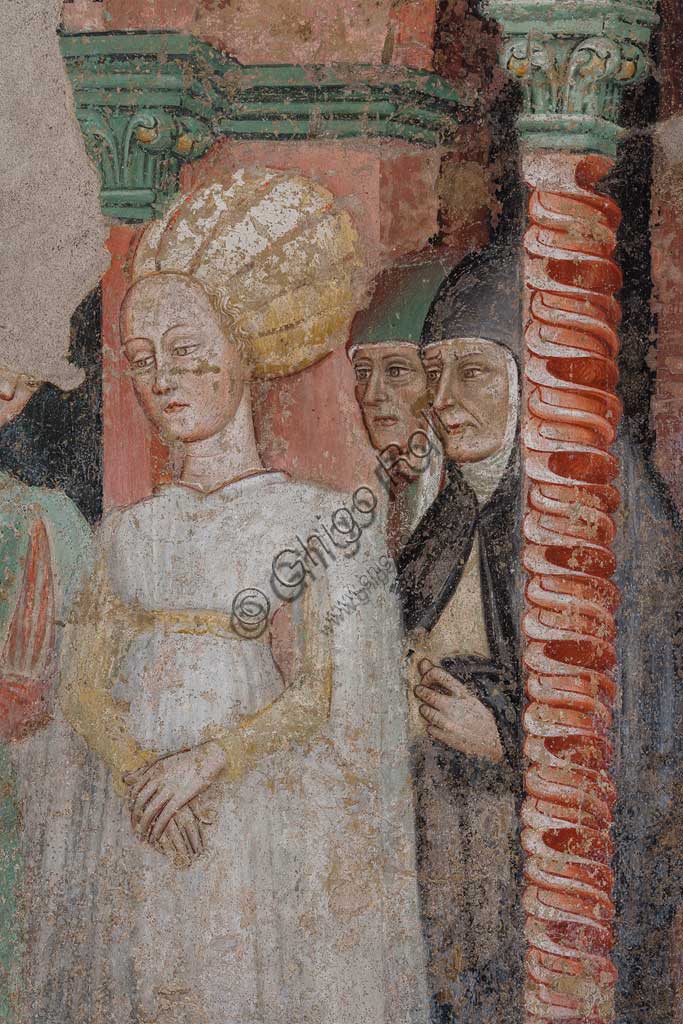
Ferrara, Pinacoteca Nazionale: fresco detached from the Chur...
add to lightbox
20618_2989.jpg
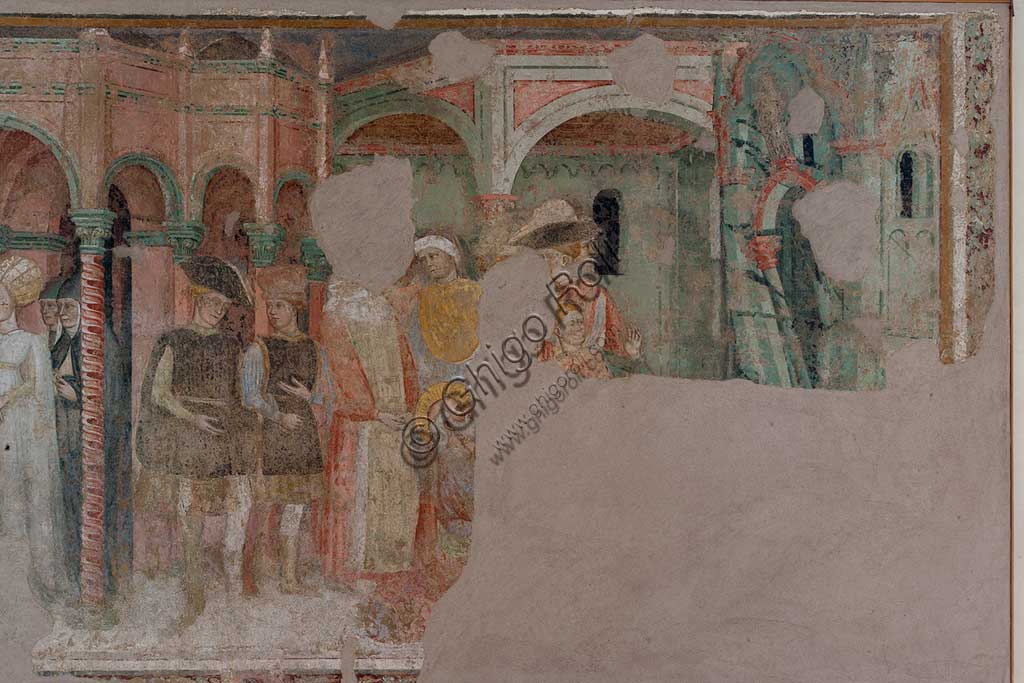
Ferrara, Pinacoteca Nazionale: fresco detached from the Chur...
add to lightbox
20618_2986.jpg
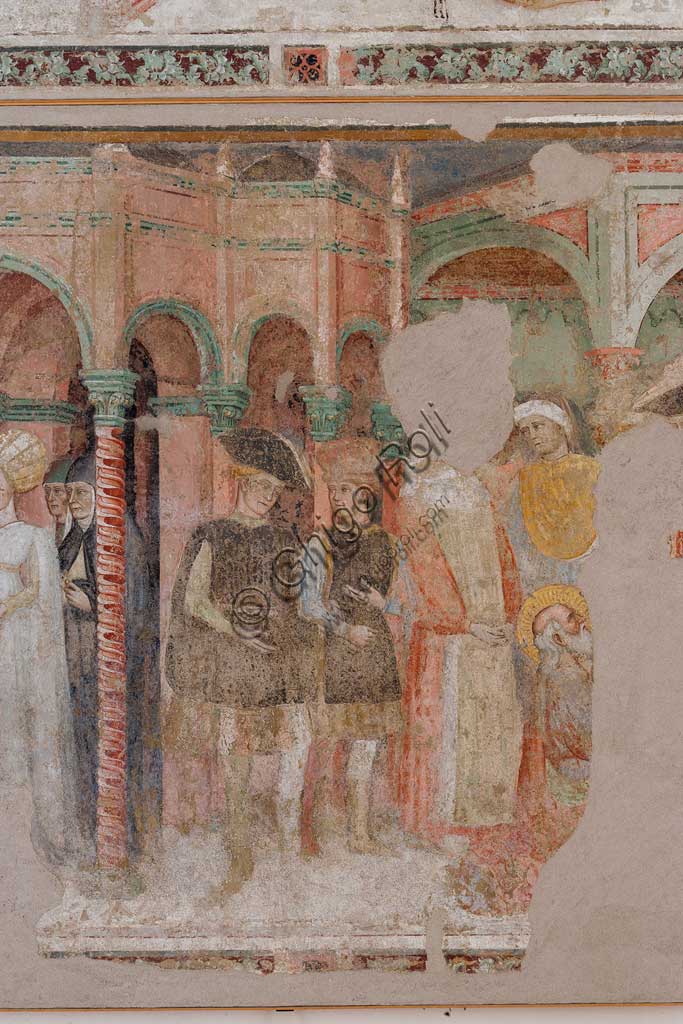
Ferrara, Pinacoteca Nazionale: fresco detached from the Chur...
add to lightbox
20618_2985.jpg
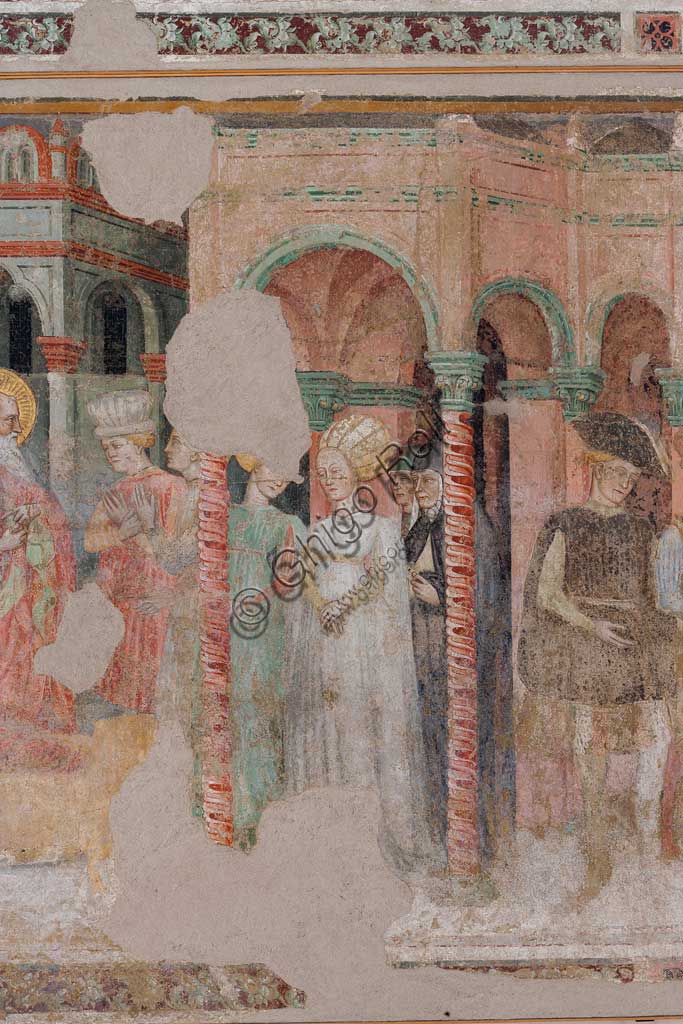
Ferrara, Pinacoteca Nazionale: fresco detached from the Chur...
add to lightbox
20618_2982.jpg
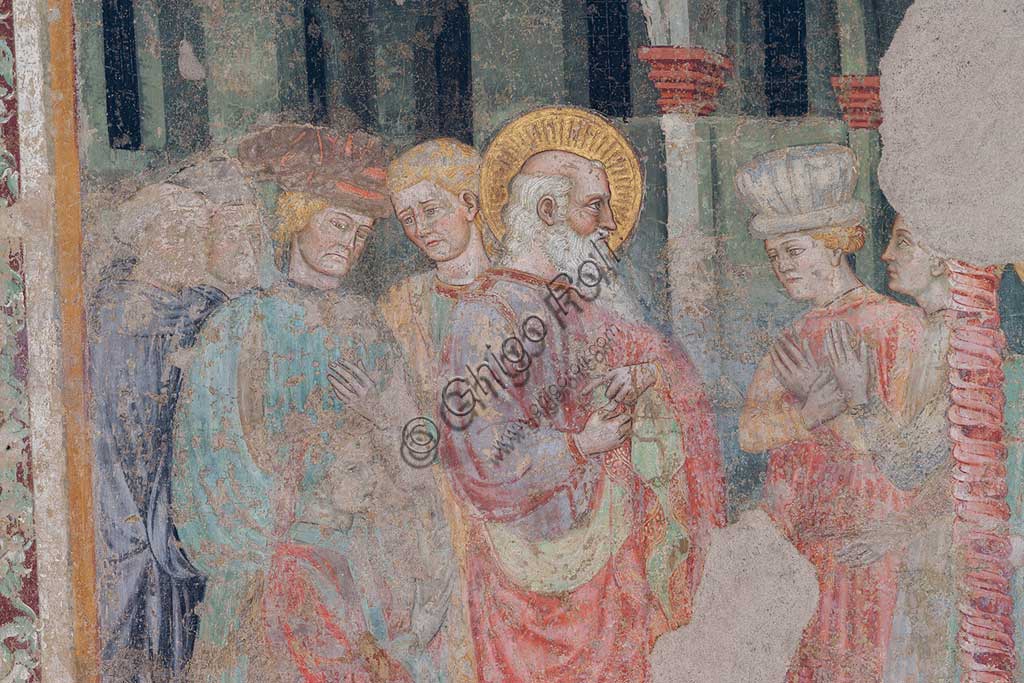
Ferrara, Pinacoteca Nazionale: fresco detached from the Chur...
add to lightbox
20618_2980.jpg
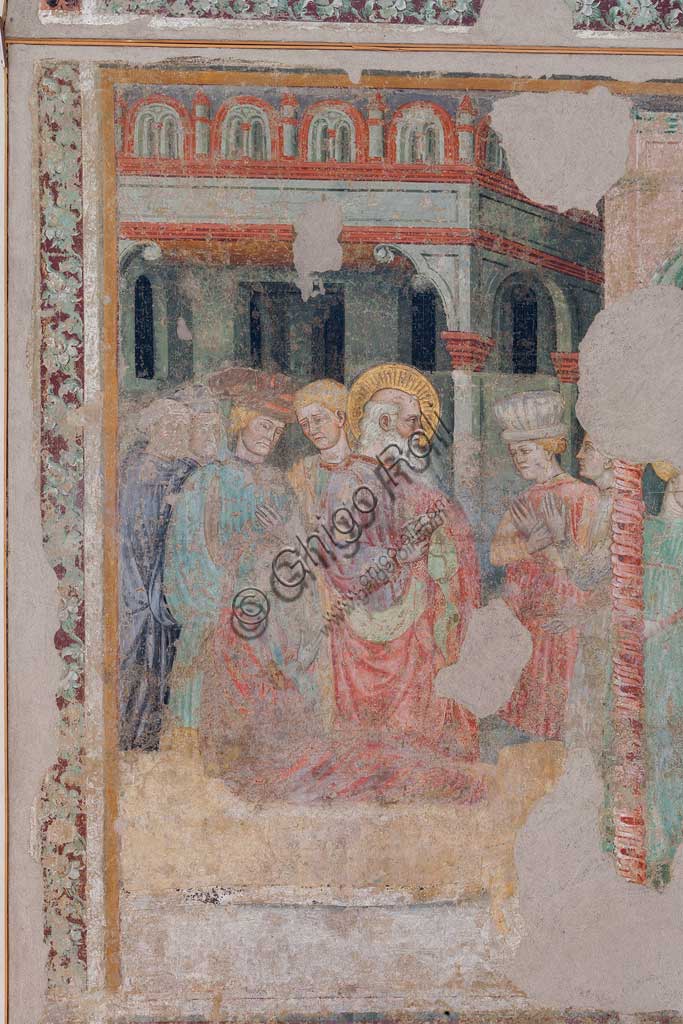
Ferrara, Pinacoteca Nazionale: fresco detached from the Chur...
add to lightbox
20618_2979.jpg
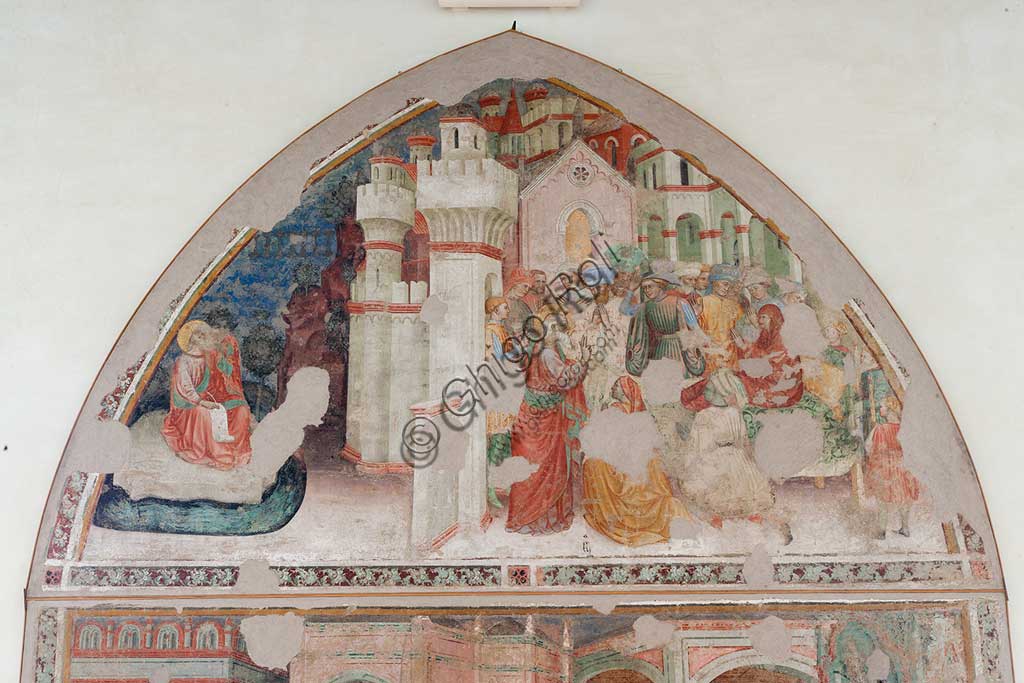
Ferrara, Pinacoteca Nazionale: fresco detached from the Chur...
add to lightbox
20618_2977.jpg
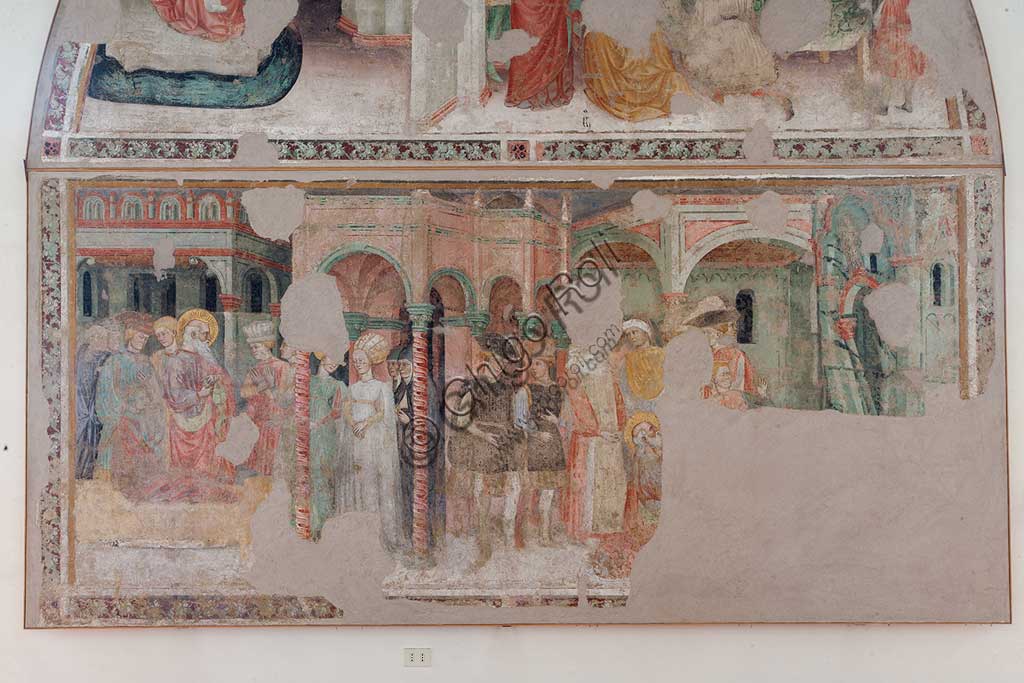
Ferrara, Pinacoteca Nazionale: fresco detached from the Chur...
add to lightbox
20618_2977-79.jpg
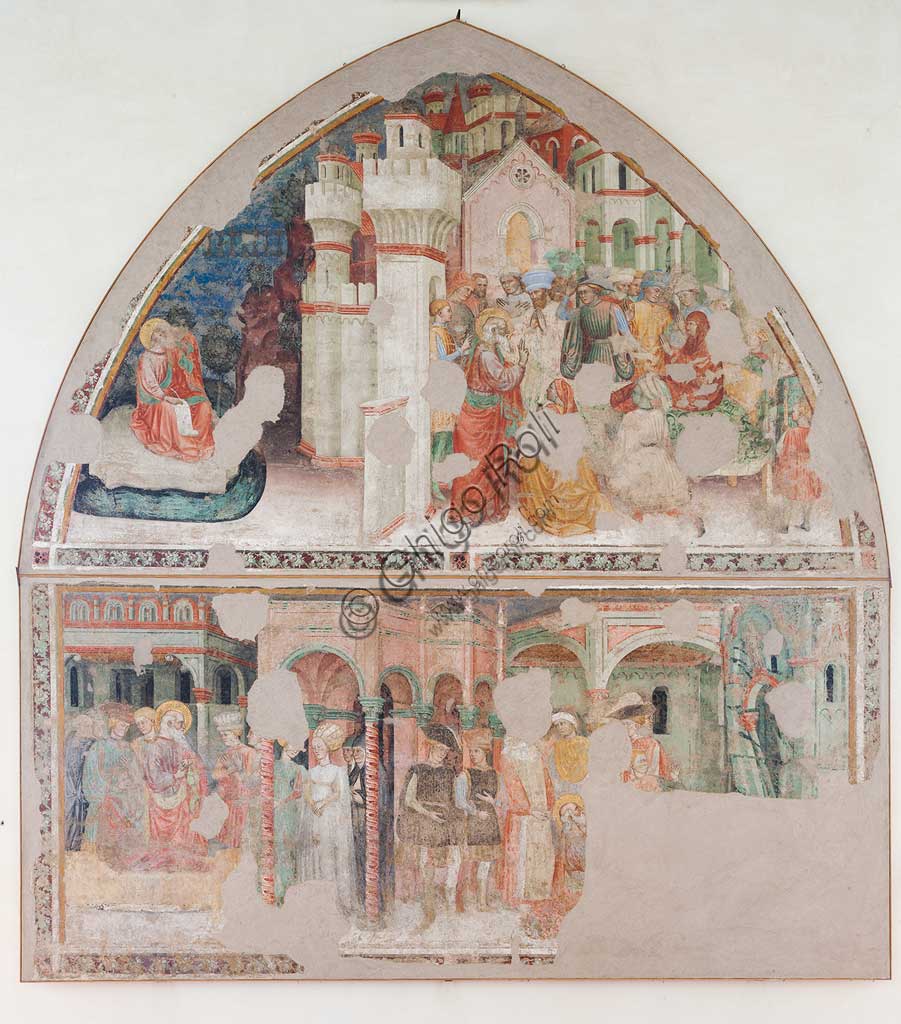
Ferrara, Pinacoteca Nazionale: fresco detached from the Chur...
add to lightbox
20202_328.jpg
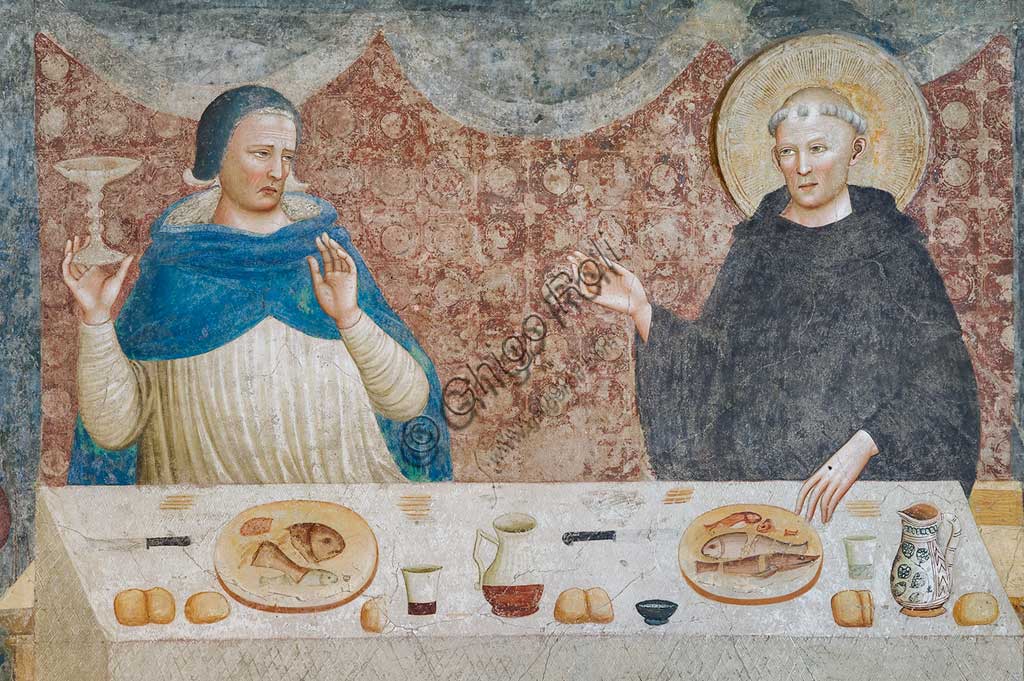
Codigoro, Pomposa Abbey, Refectory: fourteenth-century fresc...
add to lightbox
20202_324.jpg
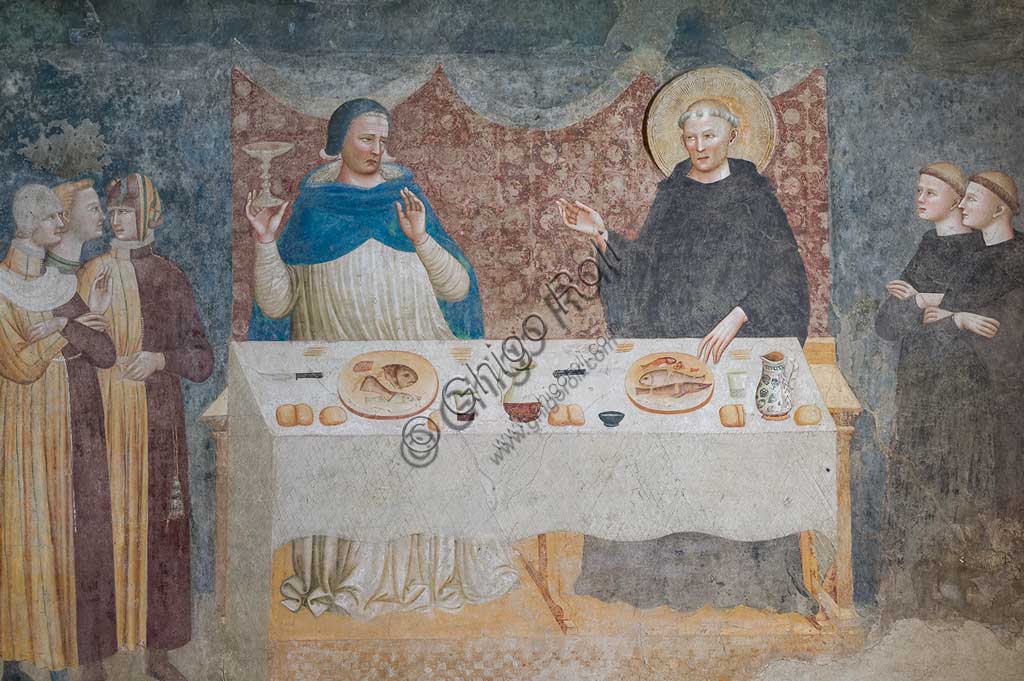
Codigoro, Pomposa Abbey, Refectory: fourteenth-century fresc...
add to lightbox
20202_323.jpg
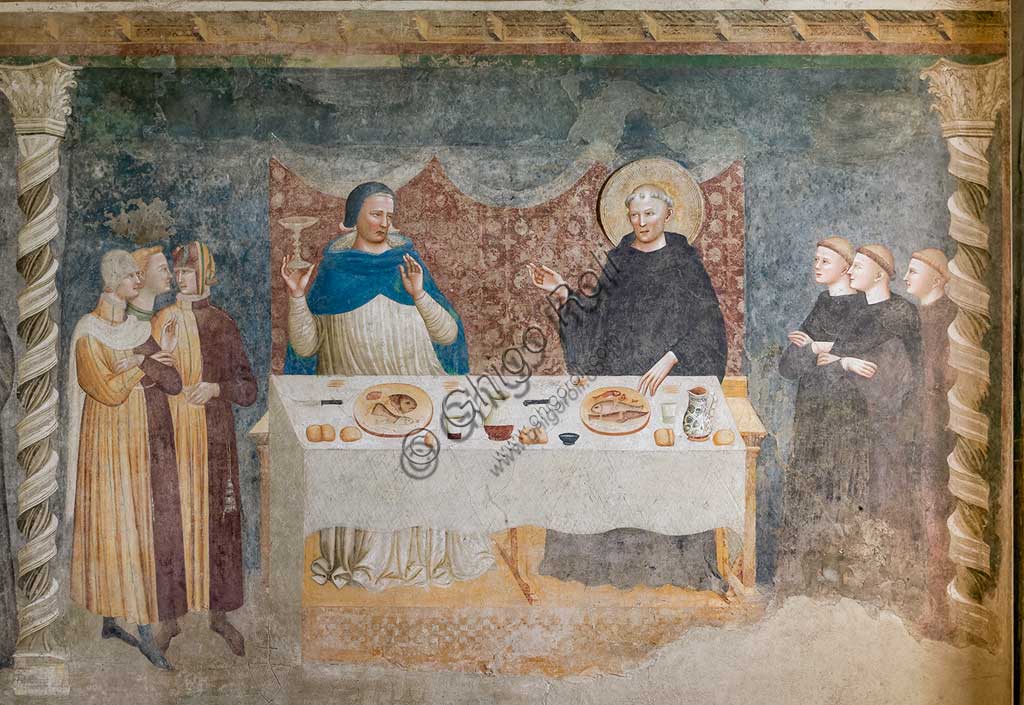
Codigoro, Pomposa Abbey, Refectory: fourteenth-century fresc...
add to lightbox
20202_322.jpg
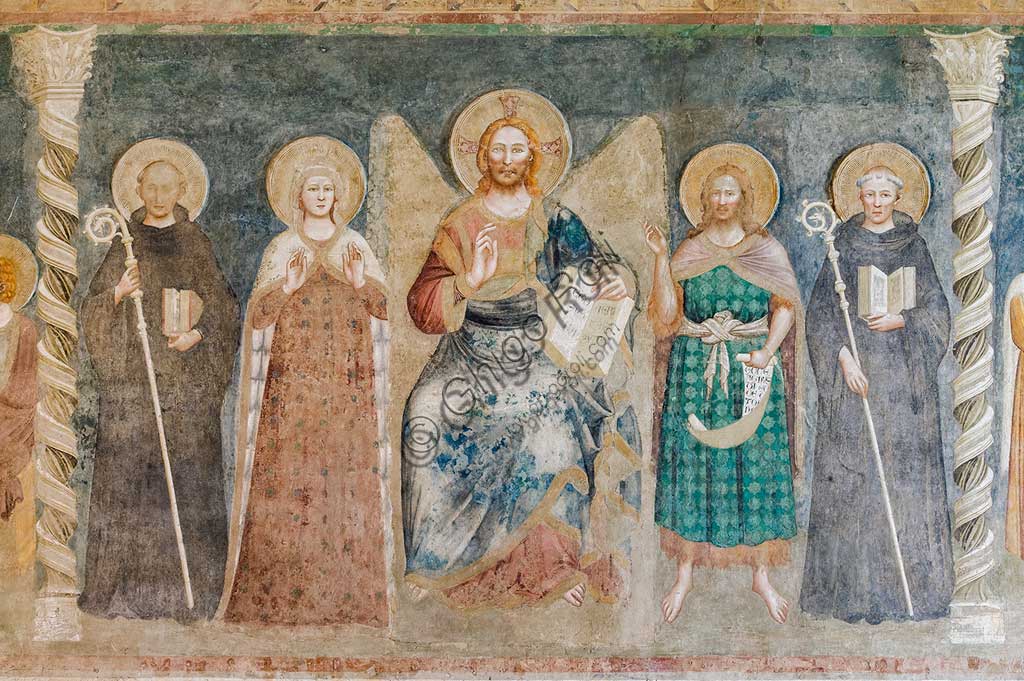
Codigoro, Pomposa Abbey, Refectory: fourteenth-century fresc...
add to lightbox
20202_320.jpg
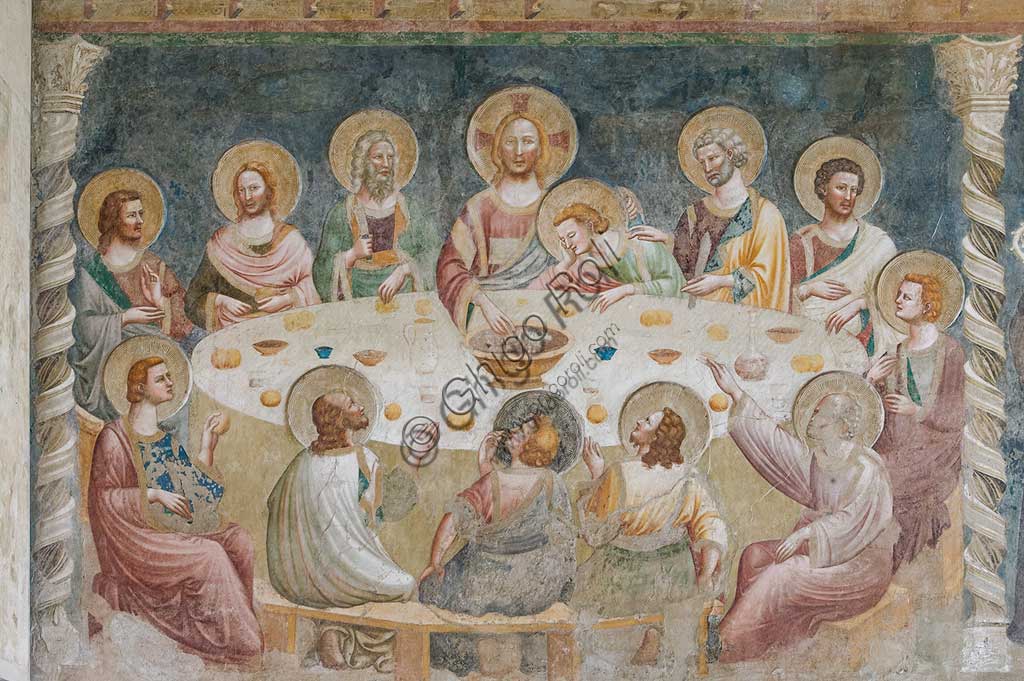
Codigoro, Pomposa Abbey, Refectory: fourteenth-century fresc...
add to lightbox
20202_319.jpg
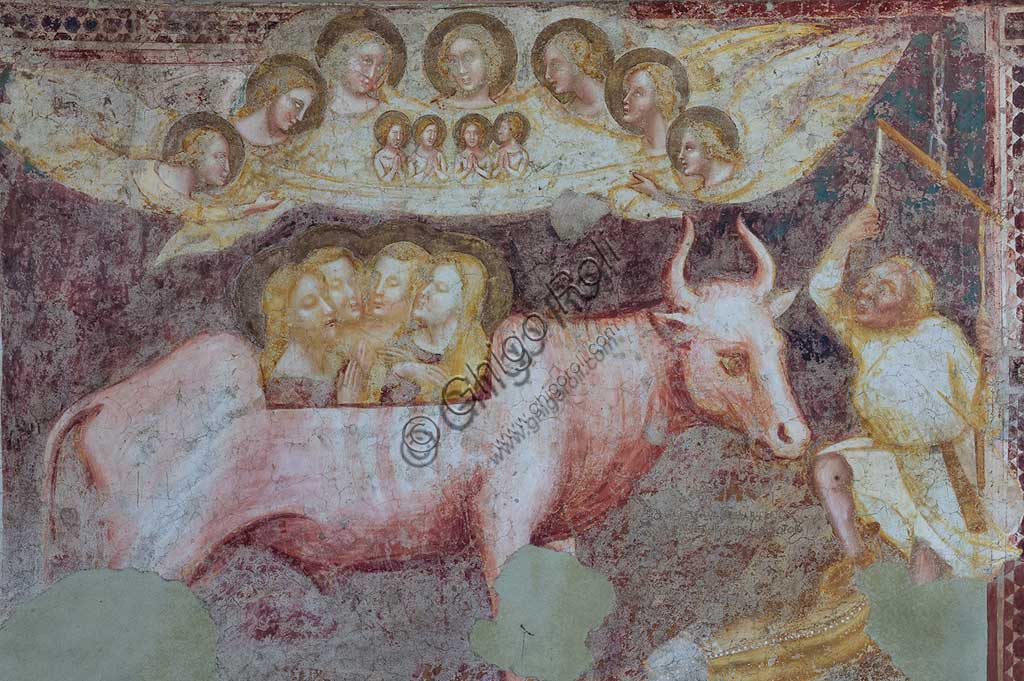
Codigoro, Pomposa Abbey, interior of the Basilica of Santa M...
add to lightbox
20202_318.jpg
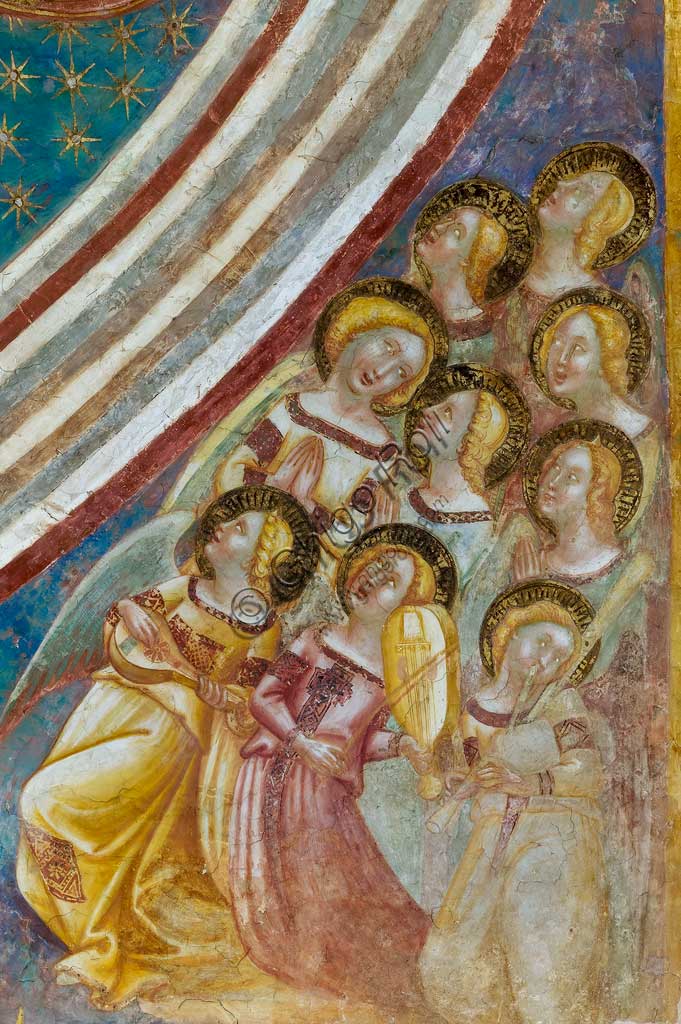
Codigoro, Pomposa Abbey, interior of the Basilica of Santa M...
add to lightbox
20202_317.jpg
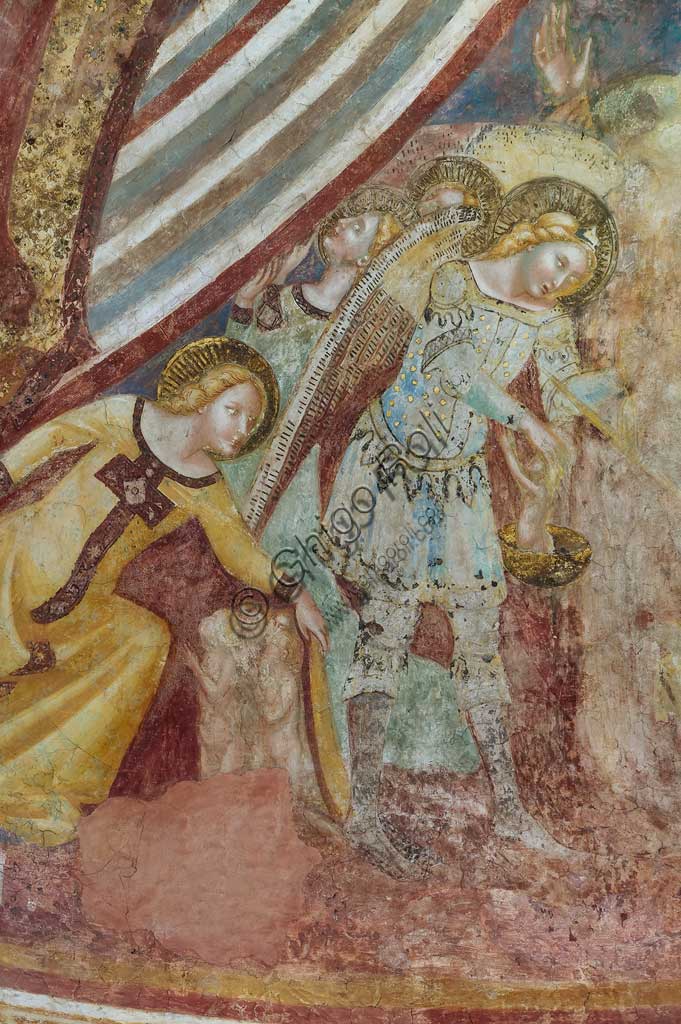
Codigoro, Pomposa Abbey, interior of the Basilica of Santa M...
add to lightbox
20202_316.jpg
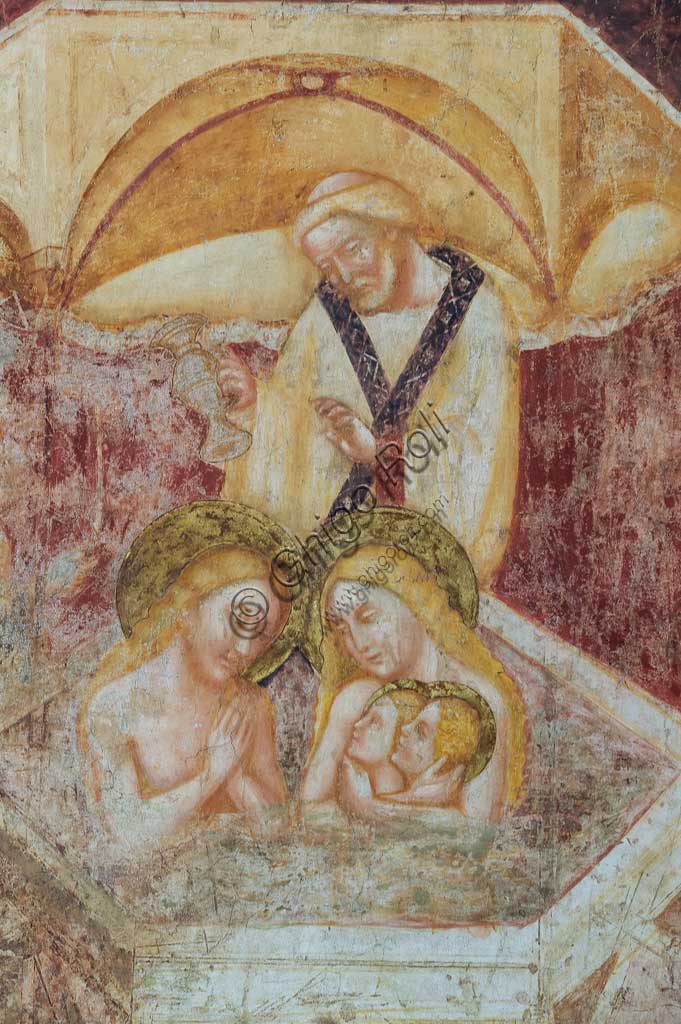
Codigoro, Pomposa Abbey, interior of the Basilica of Santa M...
add to lightbox
20202_315.jpg
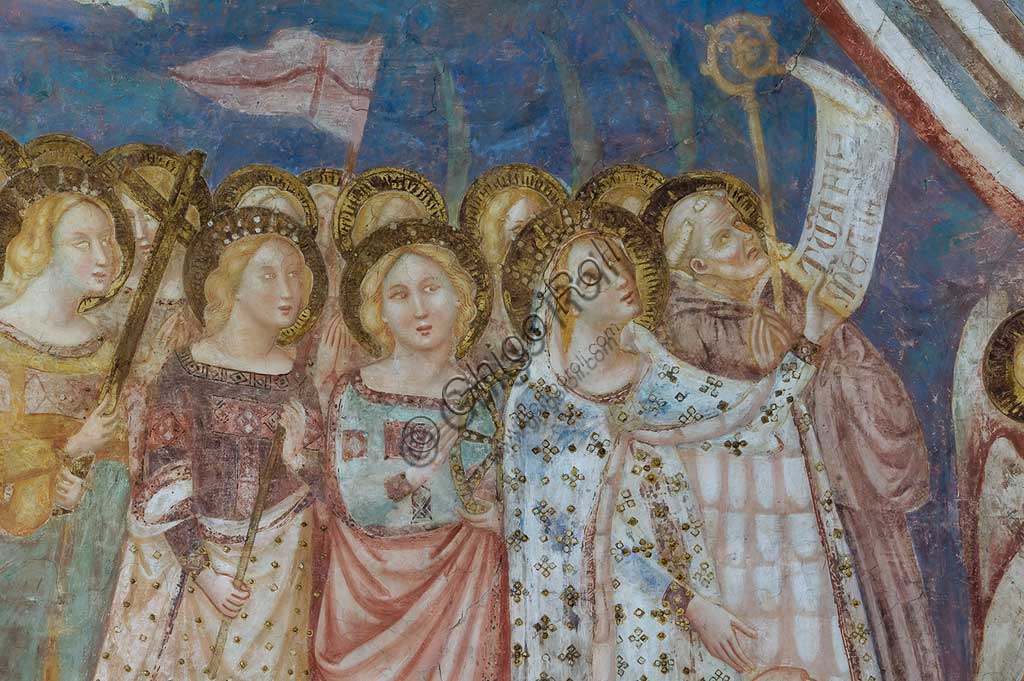
Codigoro, the Pomposa Abbey, interior of the Basilica of San...
add to lightbox
20202_314.jpg
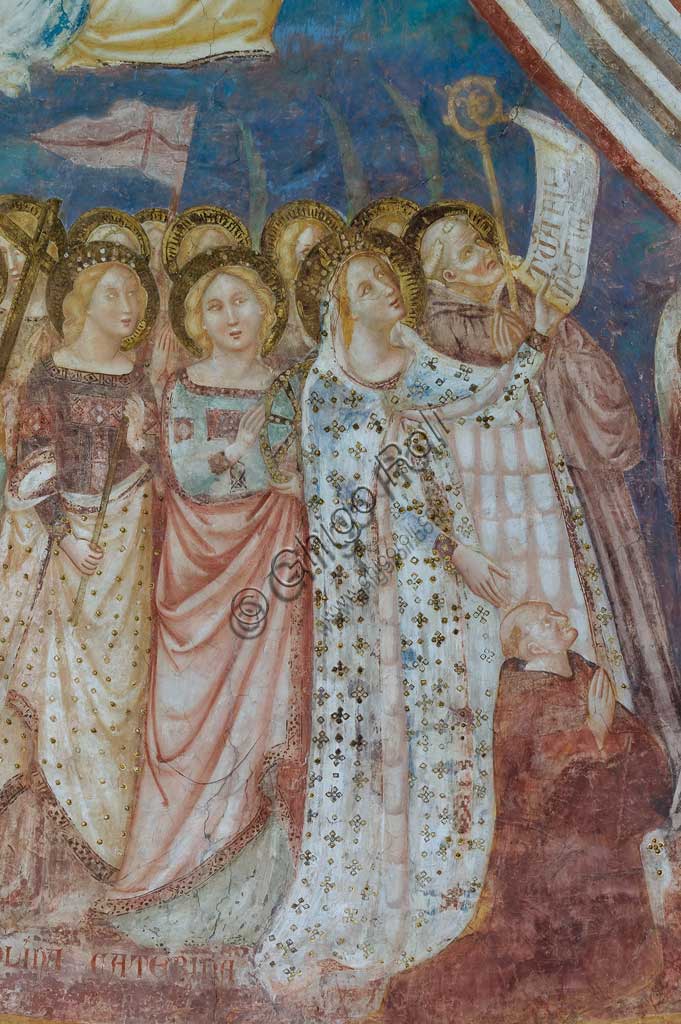
Codigoro, the Pomposa Abbey, interior of the Basilica of San...
add to lightbox
20202_311.jpg
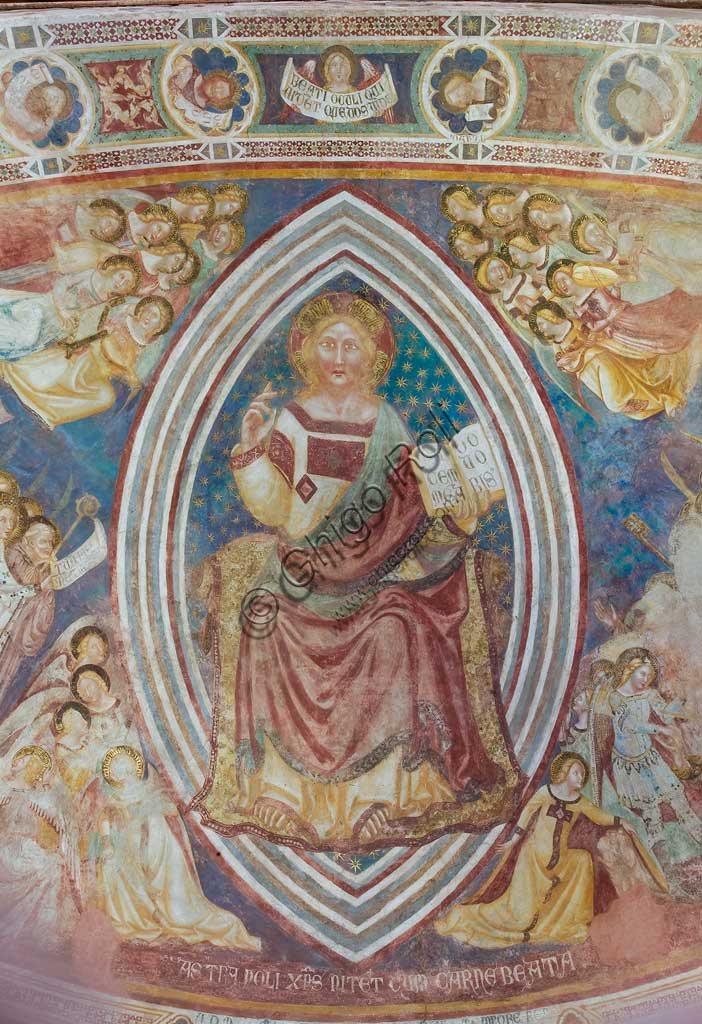
Codigoro, the Pomposa Abbey, interior of the Basilica of San...
add to lightbox
20202_308.jpg
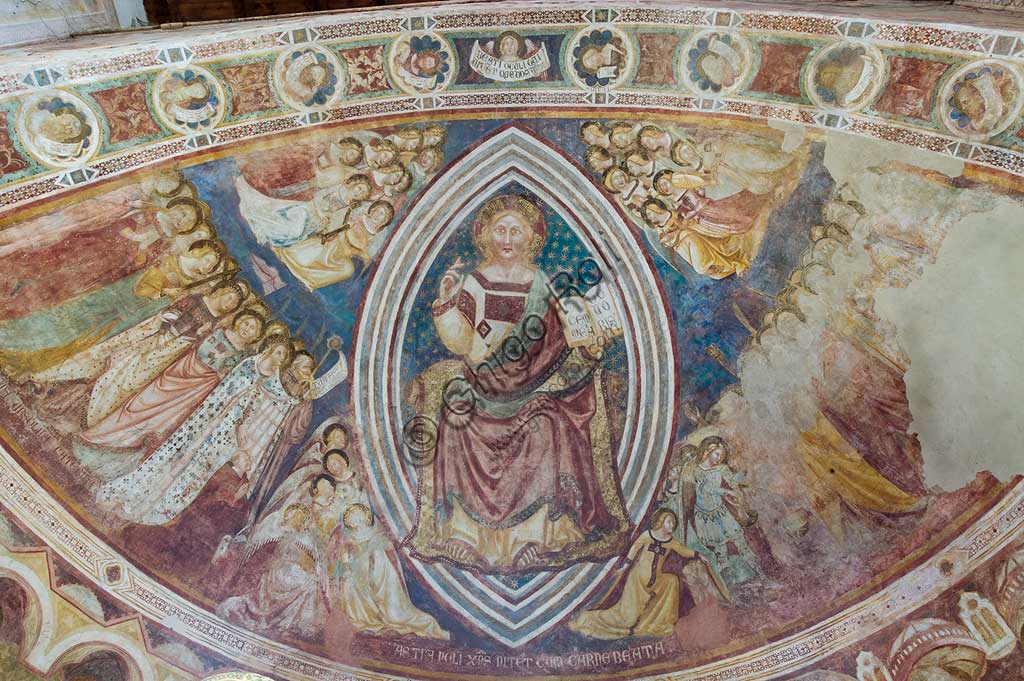
Codigoro, the Pomposa Abbey, interior of the Basilica of San...
add to lightbox
20202_288.jpg
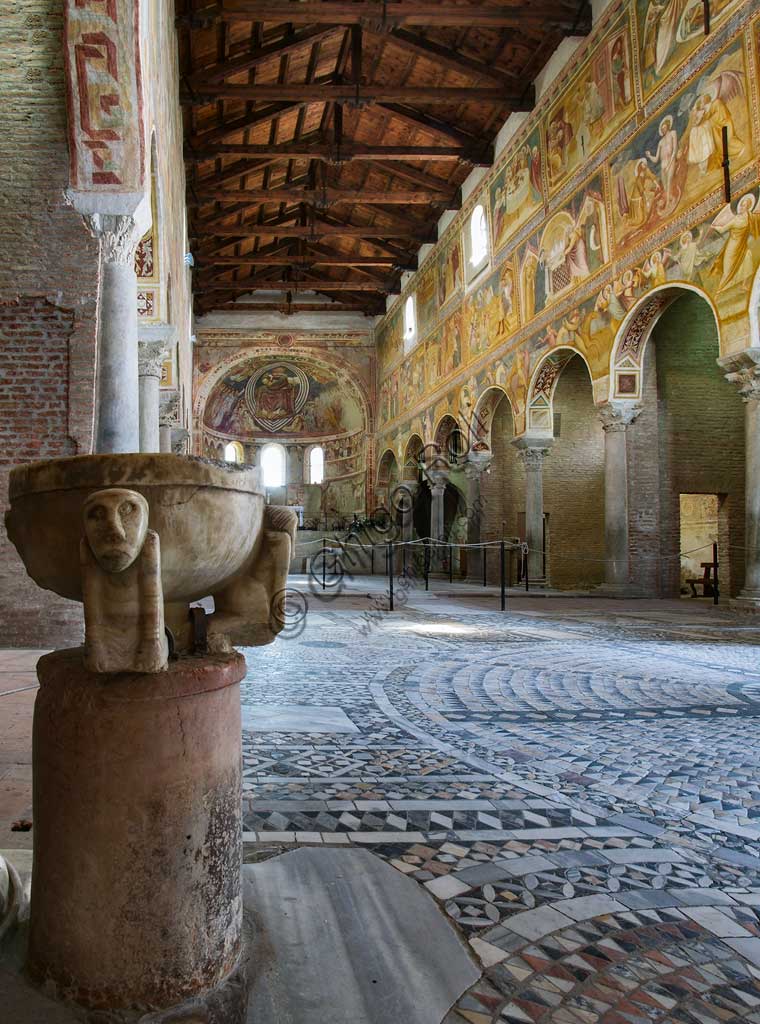
Codigoro, the Pomposa abbey: interior of the Basilica of San...
add to lightbox
20202_285.jpg
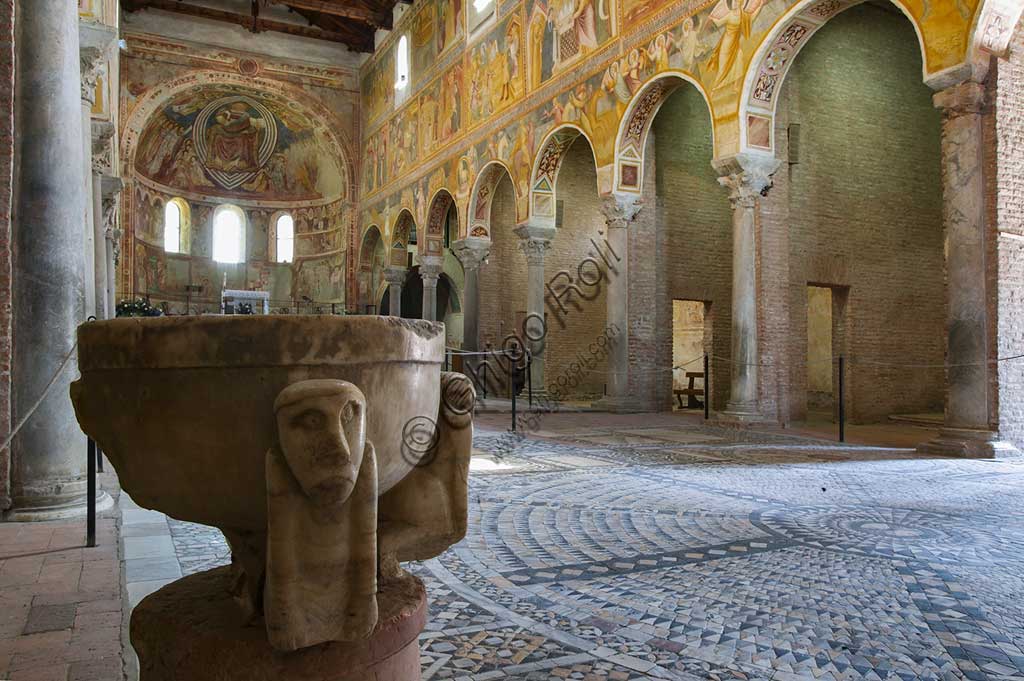
Codigoro, the Pomposa abbey: interior of the Basilica of San...
add to lightbox
20202_284.jpg
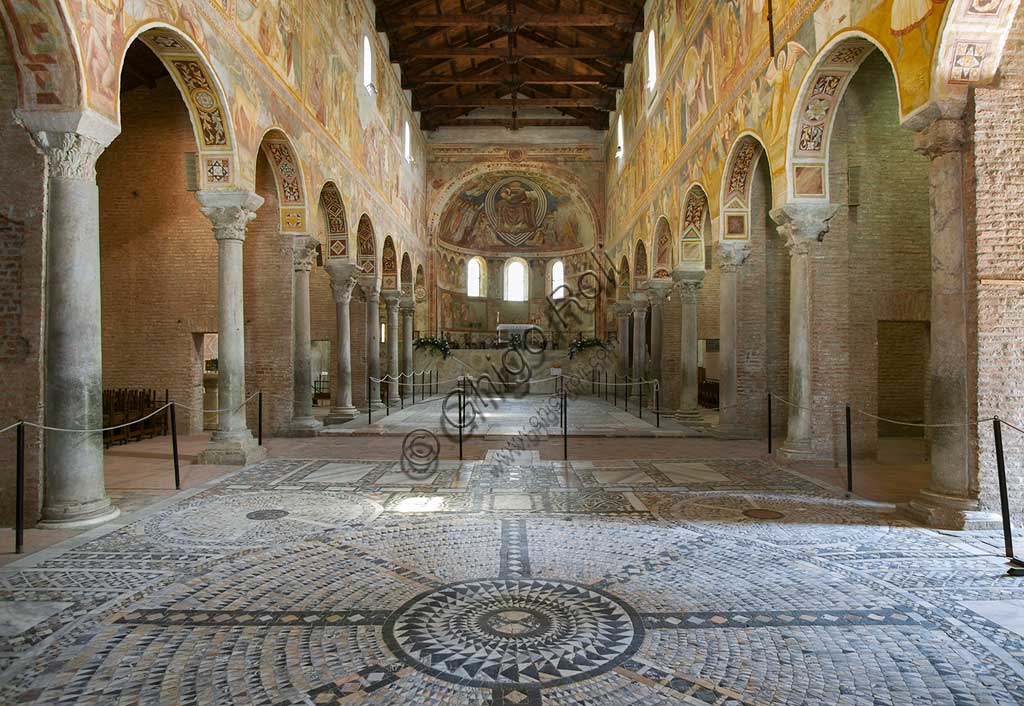
Codigoro, the Pomposa abbey: interior of the Basilica of San...
add to lightbox
20202_281.jpg
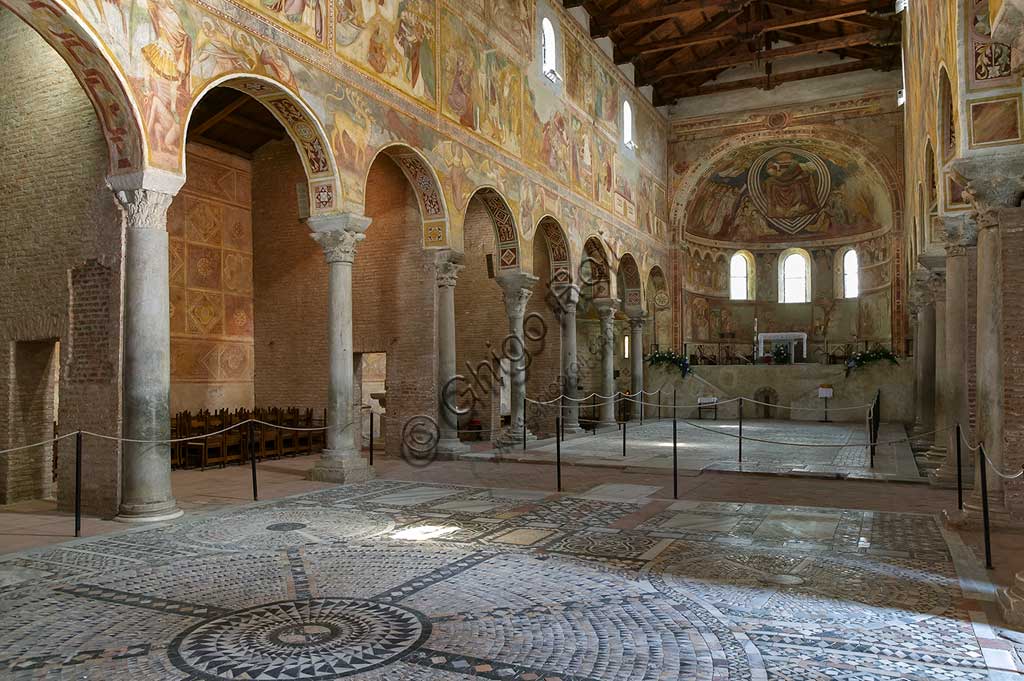
Codigoro, the Pomposa abbey: interior of the Basilica of San...
add to lightbox
20202_146.jpg
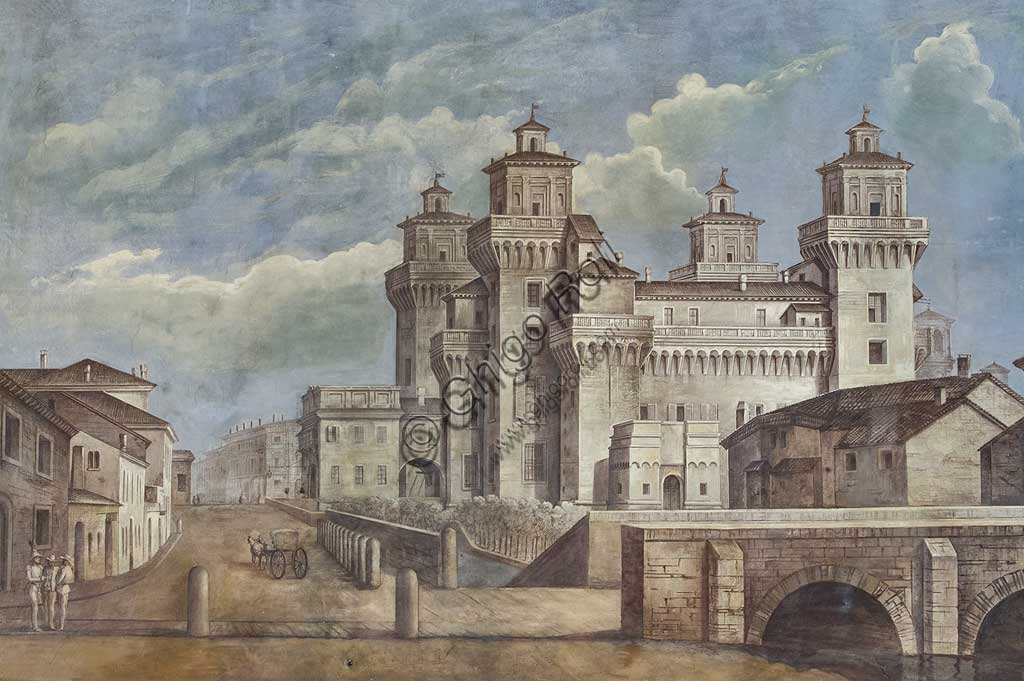
Ferrara, the Castello Estense (the Estense Castle), also kno...
add to lightbox
20202_145.jpg
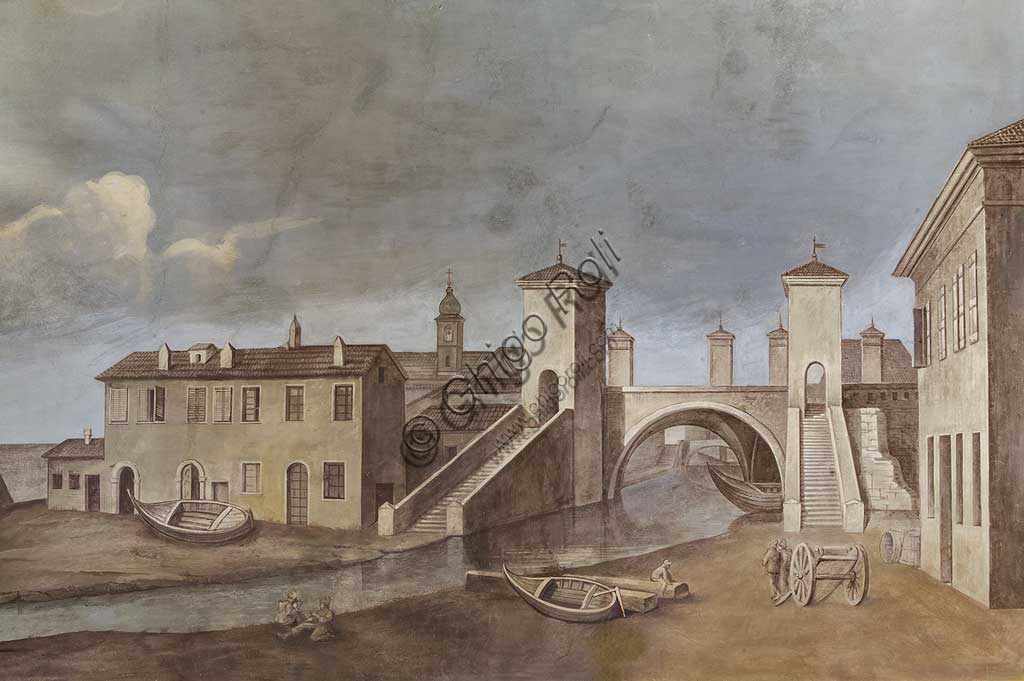
Ferrara, Castello Estense (the Estense Castle), also known a...
add to lightbox
20202_141.jpg
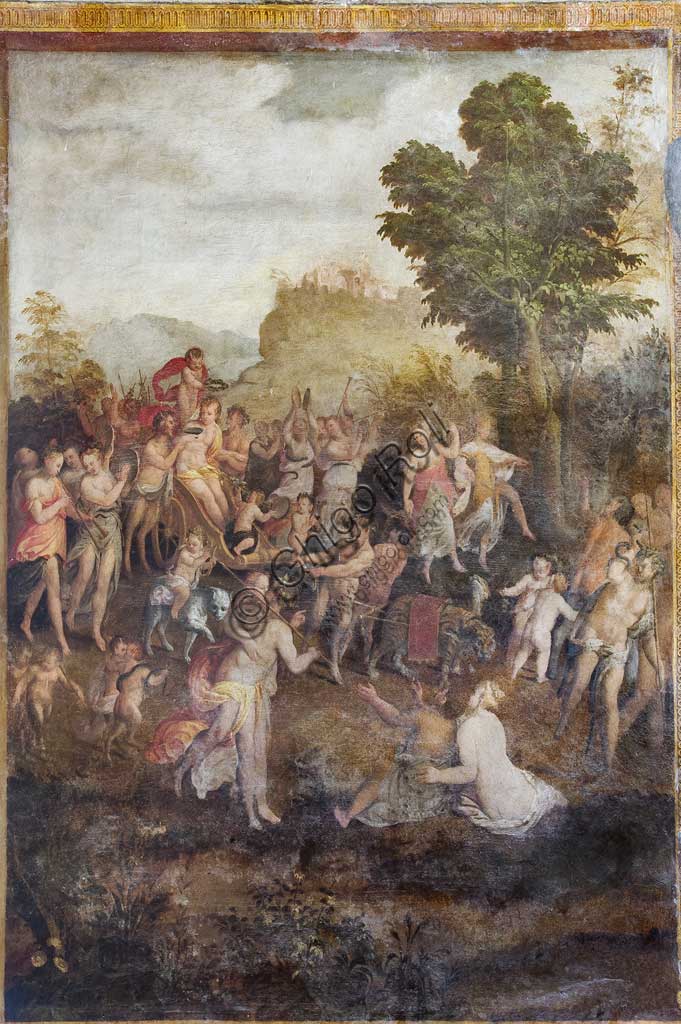
Ferrara, Castello Estense (the Estense Castle), also known a...
add to lightbox
20202_140.jpg
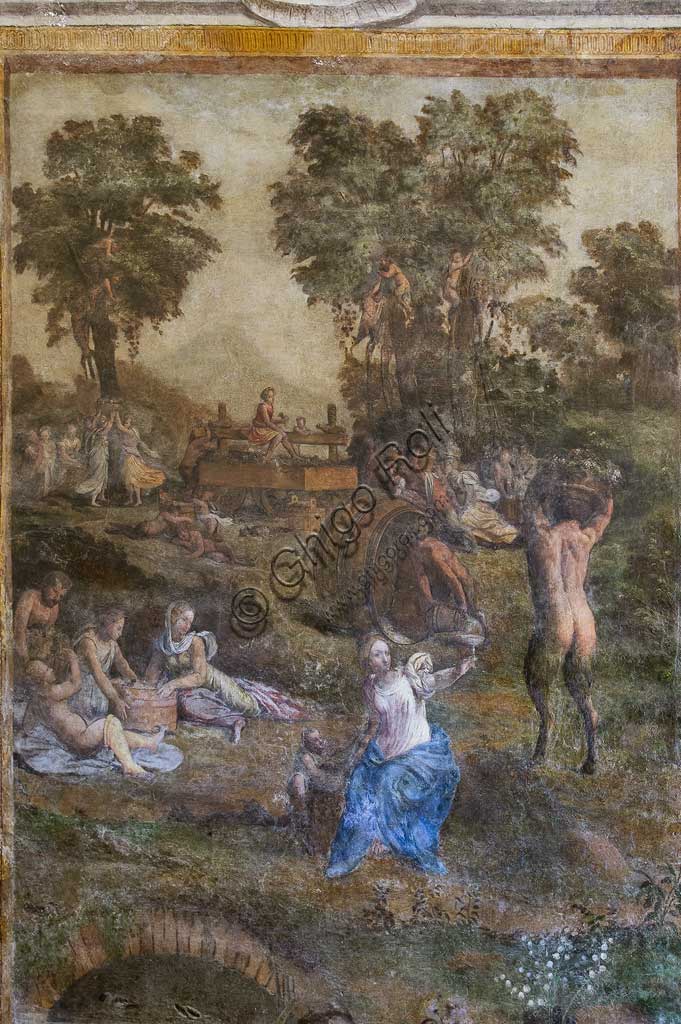
Ferrara, Castello Estense (the Estense Castle), also known a...
add to lightbox
20202_138.jpg
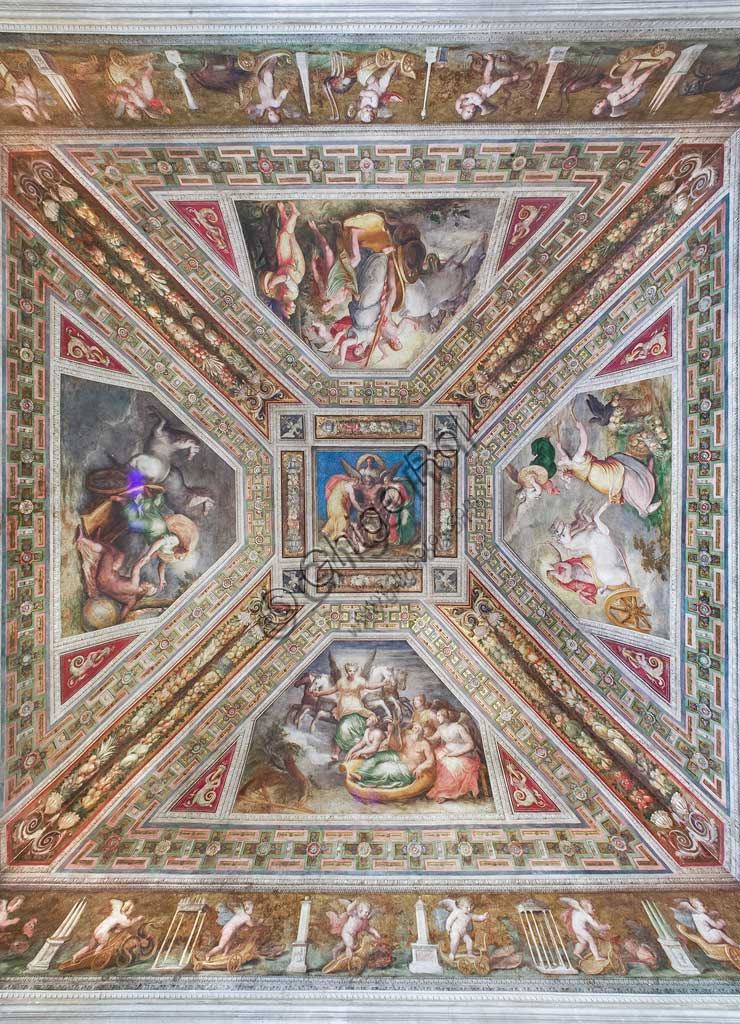
Ferrara, the Castello Estense (the Estense Castle), also kno...
add to lightbox
20202_135.jpg
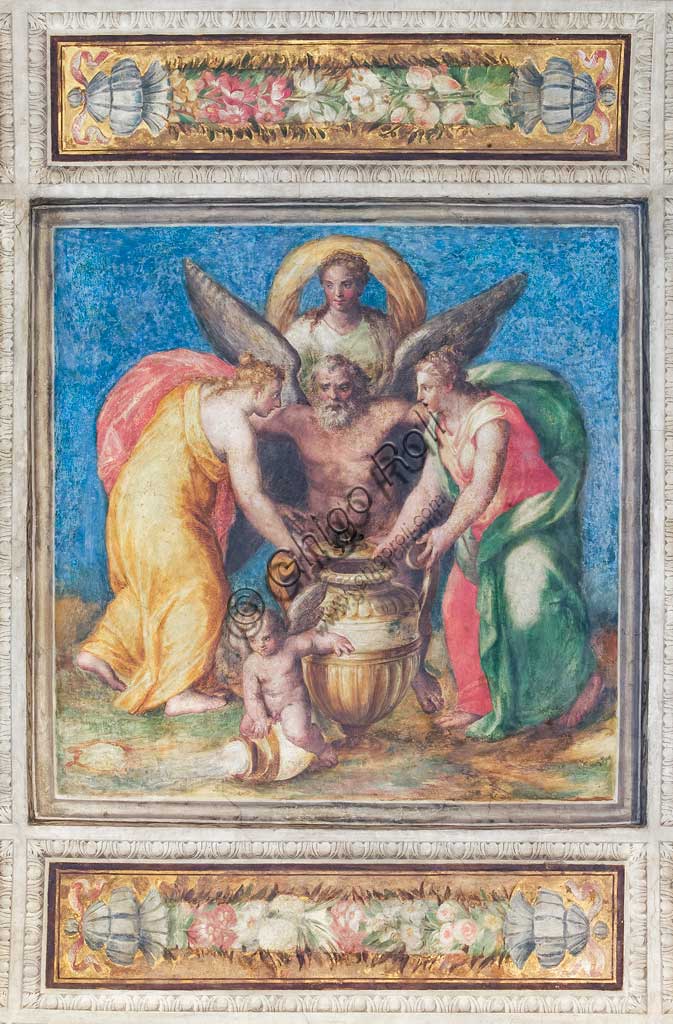
Ferrara, the Castello Estense (the Estense Castle), also kno...
add to lightbox
20202_134.jpg
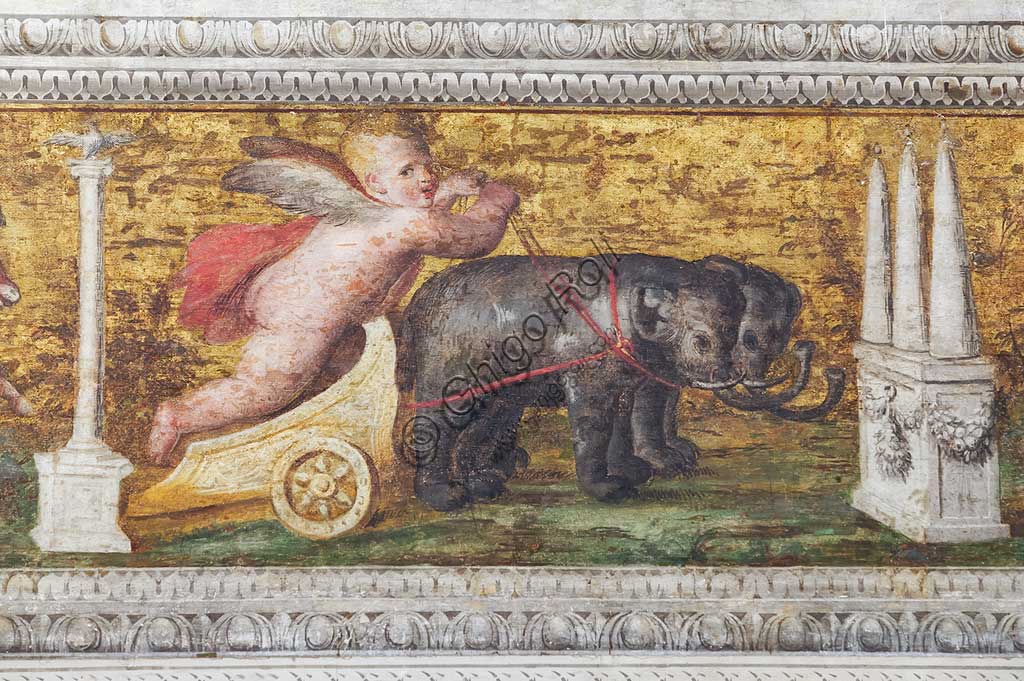
Ferrara, the Castello Estense (the Estense Castle), also kno...
add to lightbox
20202_133.jpg
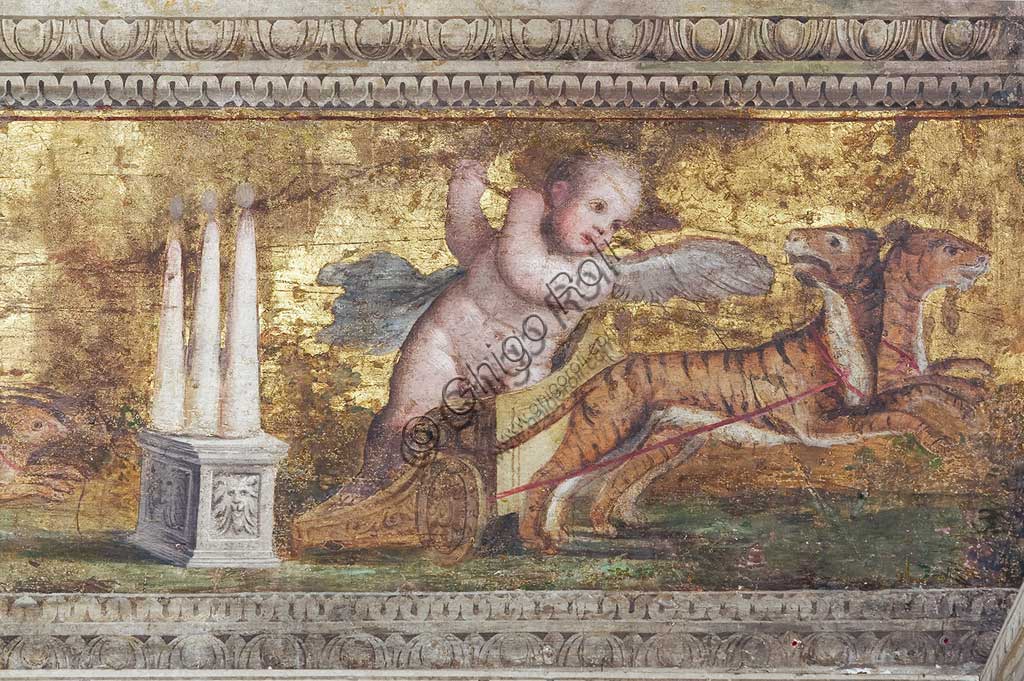
Ferrara, the Castello Estense (the Estense Castle), also kno...
add to lightbox
20202_132.jpg
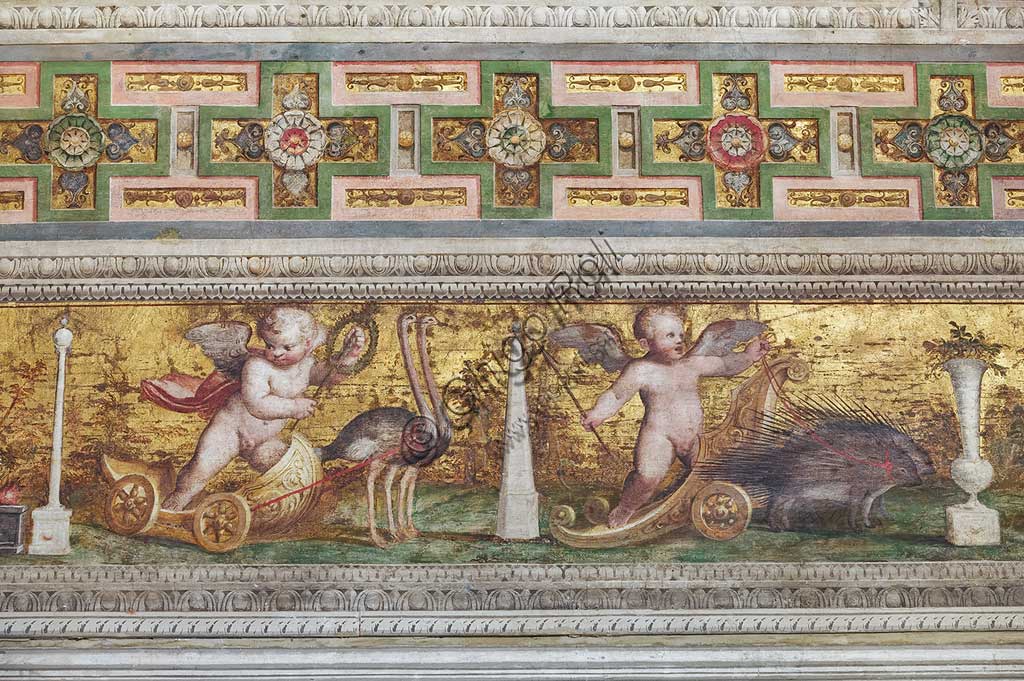
Ferrara, the Castello Estense (the Estense Castle), also kno...
add to lightbox
20202_128.jpg
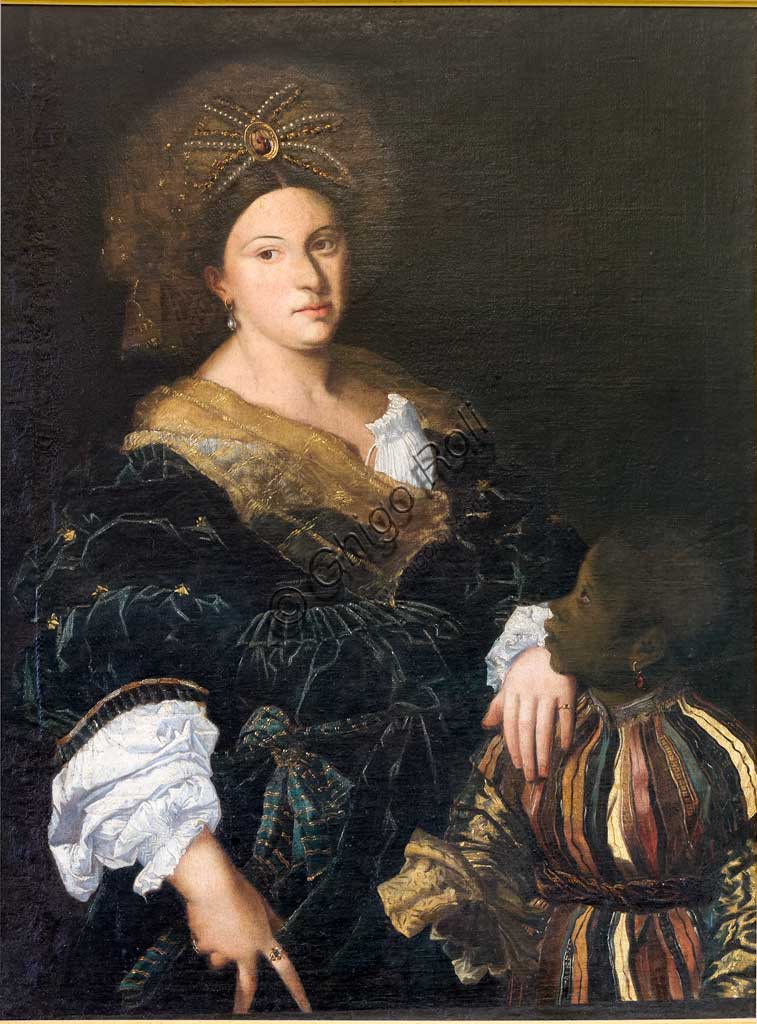
Ferrara, Castello Estense (the Estense Castle), also known a...
add to lightbox
20202_127.jpg
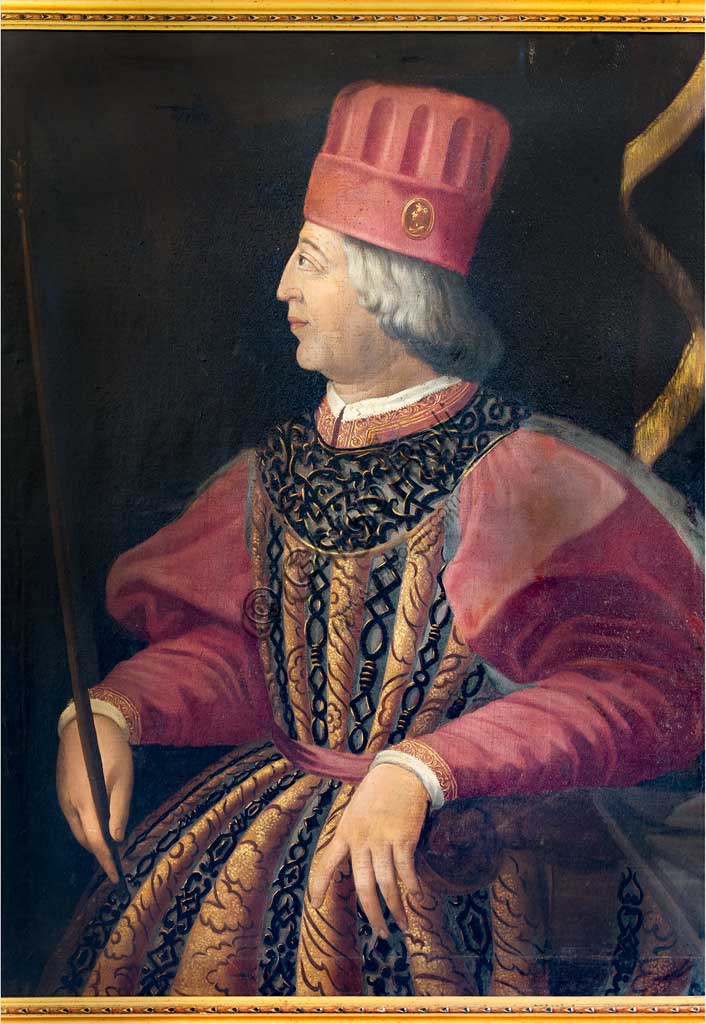
Ferrara, Castello Estense (the Estense Castle), also known a...
add to lightbox
20202_125.jpg
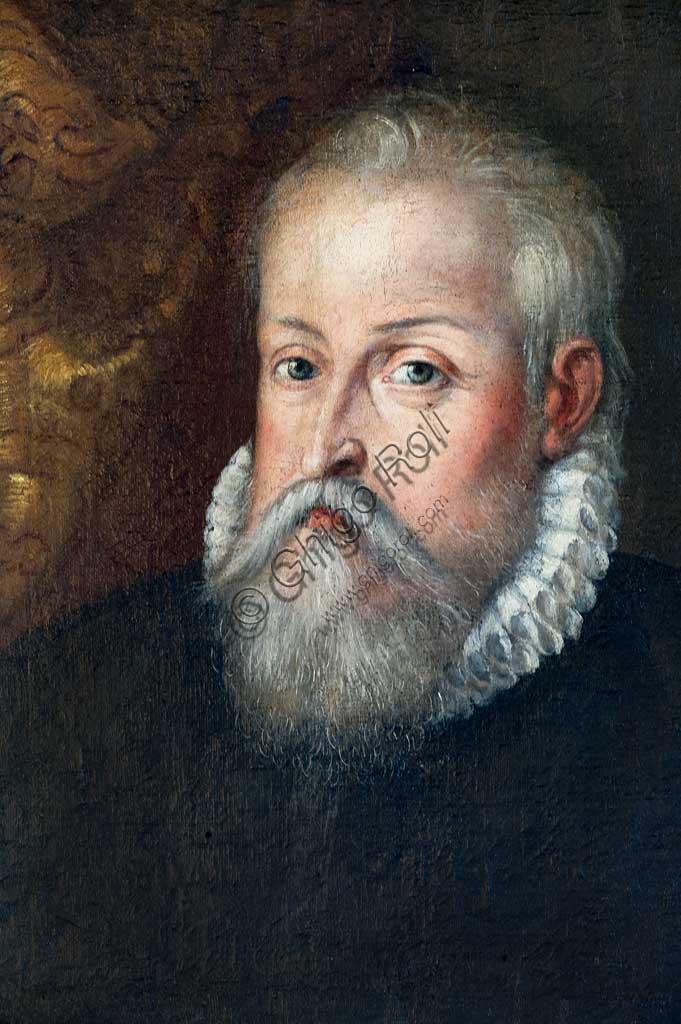
Ferrara, Castello Estense (the Estense Castle), also known a...
add to lightbox
20202_124.jpg
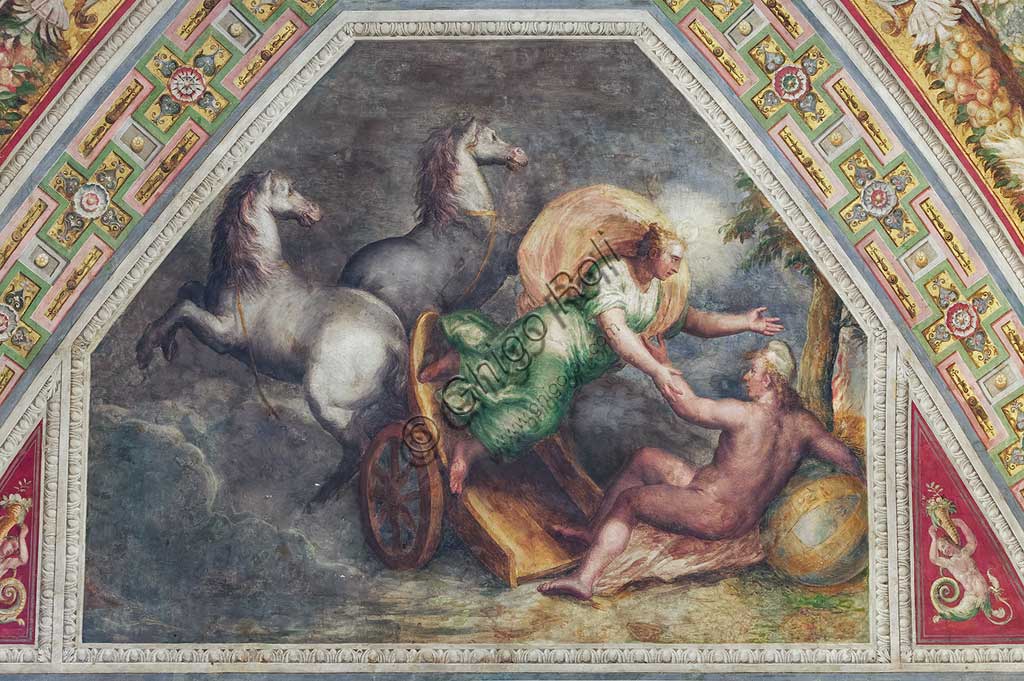
Ferrara, the Castello Estense (the Estense Castle), also kno...
add to lightbox
20202_123.jpg
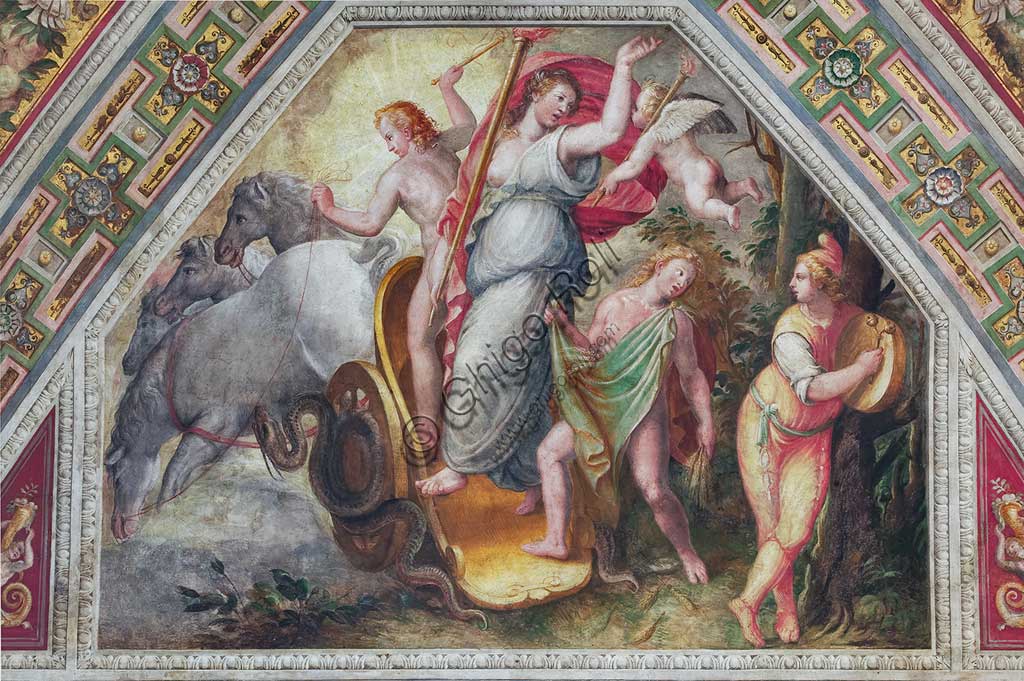
Ferrara, the Castello Estense (the Estense Castle), also kno...
add to lightbox
20202_122.jpg
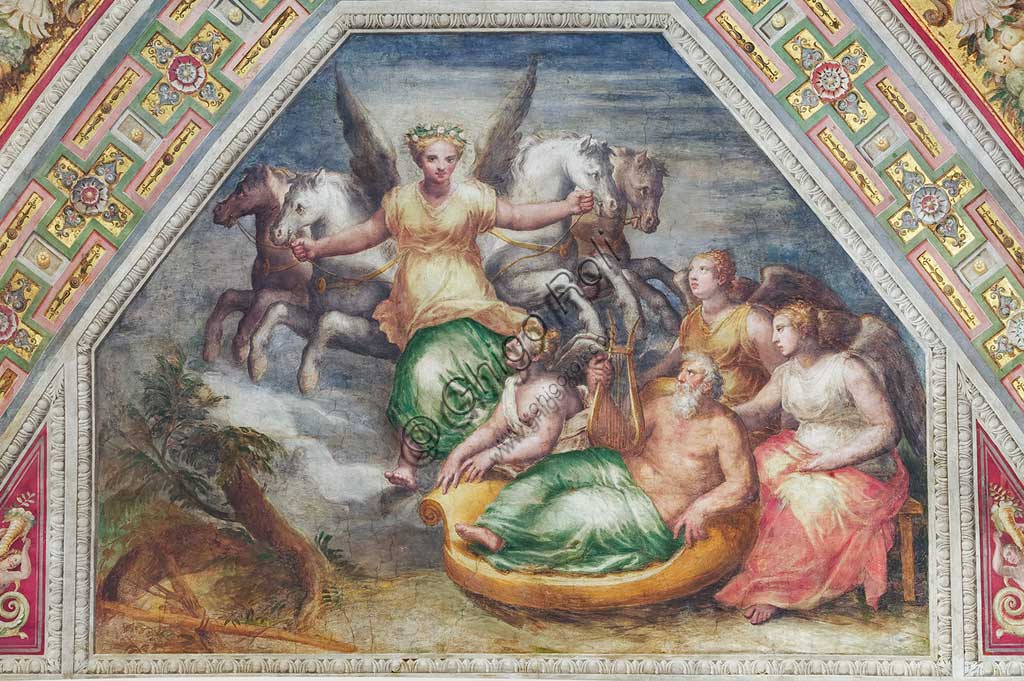
Ferrara, the Castello Estense (the Estense Castle), also kno...
add to lightbox
20202_121.jpg
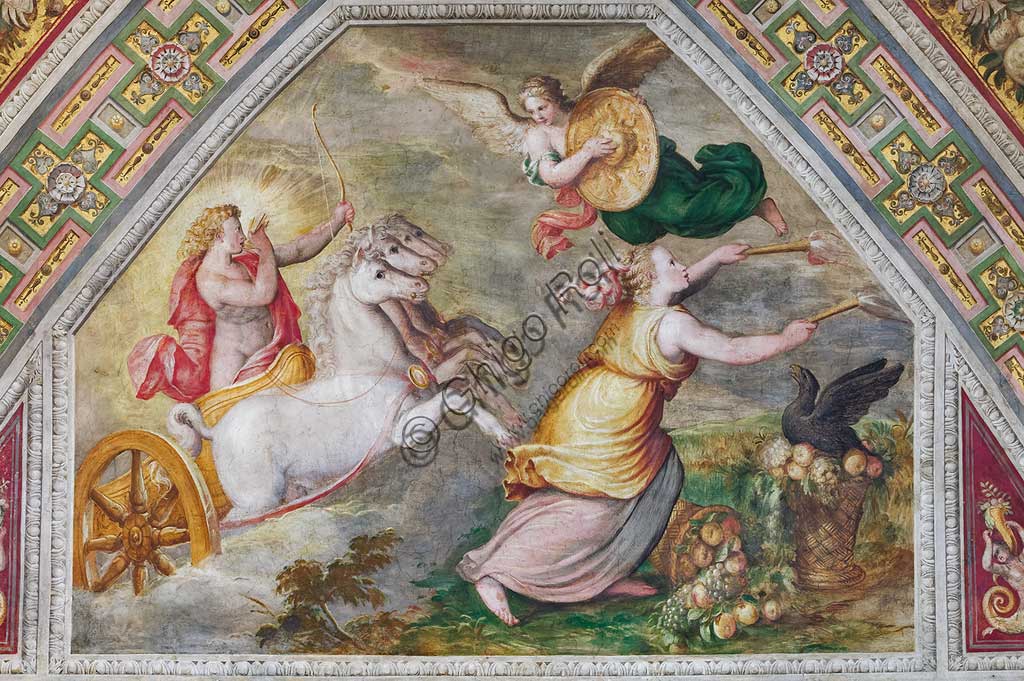
Ferrara, the Castello Estense (the Estense Castle), also kno...
add to lightbox
20202_119.jpg
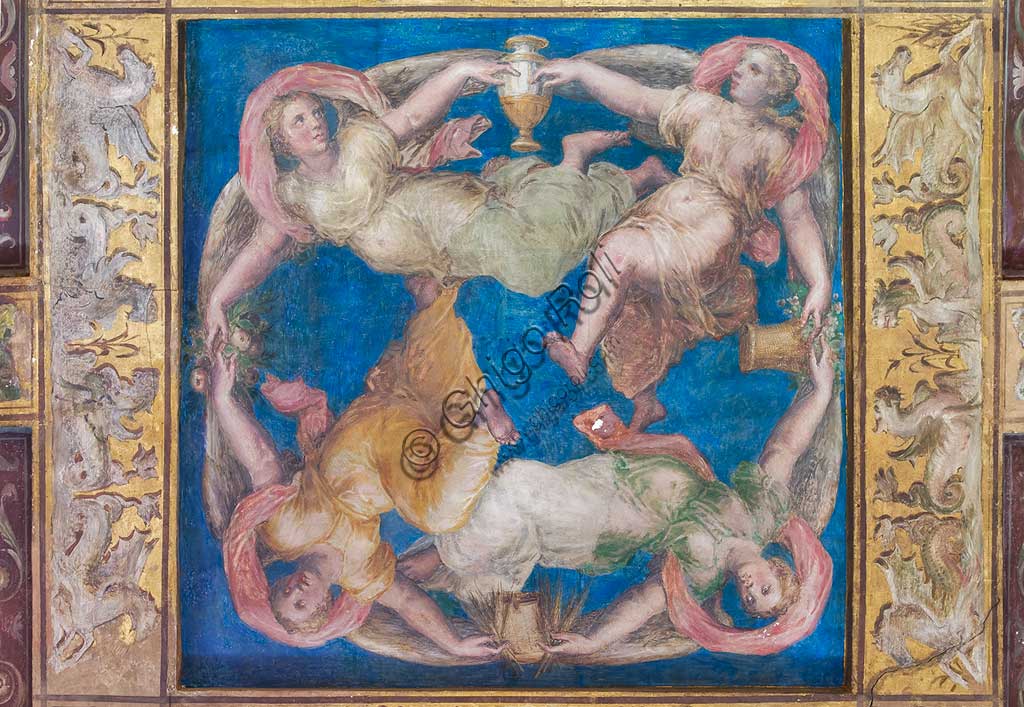
Ferrara, the Castello Estense (the Estense Castle), also kno...
add to lightbox
20202_117.jpg
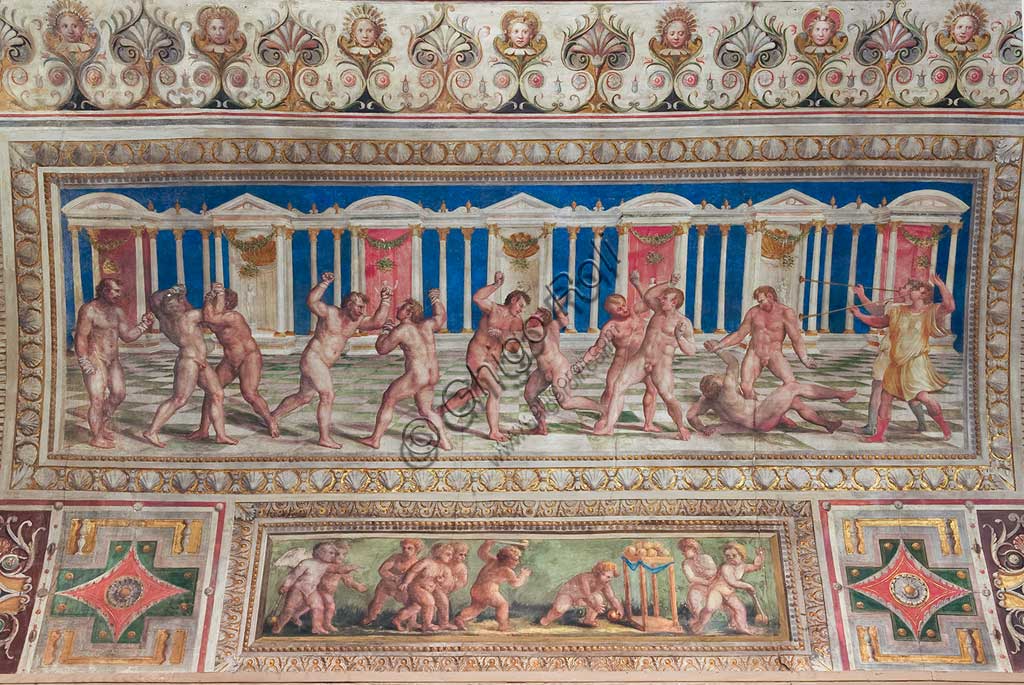
Ferrara, the Castello Estense (the Estense Castle), also kno...
add to lightbox
20202_111.jpg
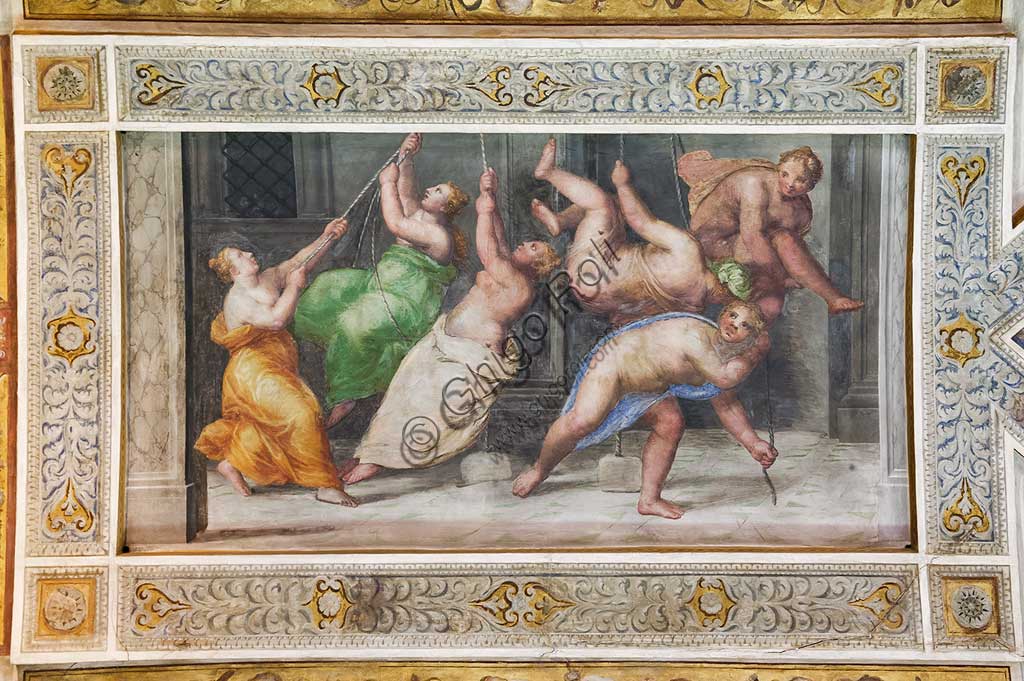
Ferrara, the Castello Estense (the Estense Castle), also kno...
add to lightbox
20202_110.jpg
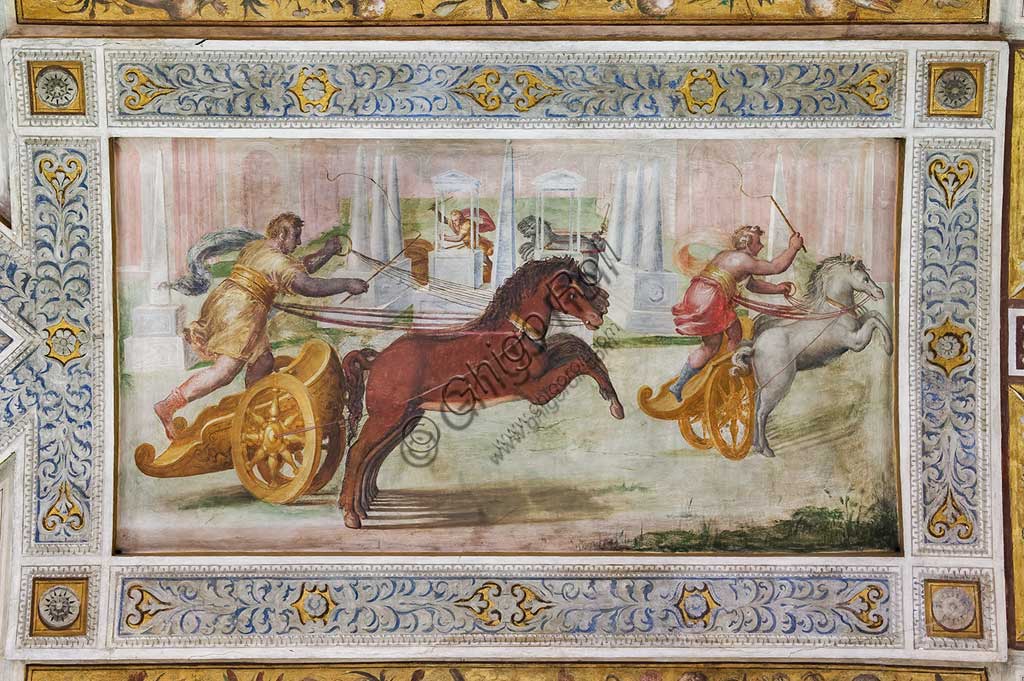
Ferrara, the Castello Estense (the Estense Castle), also kno...
add to lightbox
20202_109.jpg
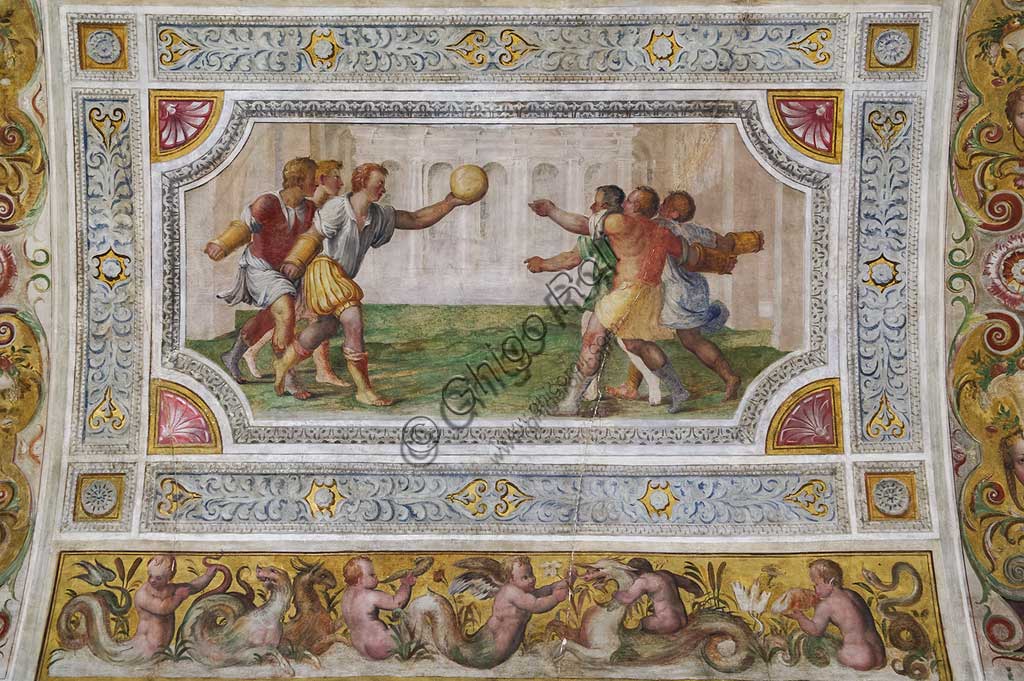
Ferrara, the Castello Estense (the Estense Castle), also kno...
add to lightbox
20202_108.jpg
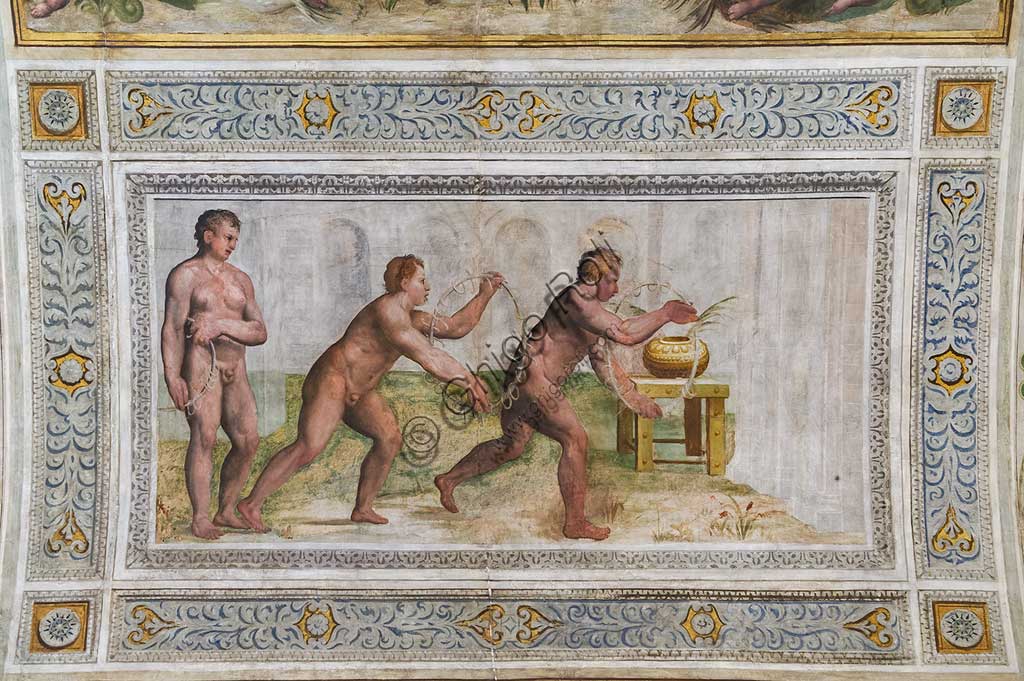
Ferrara, the Castello Estense (the Estense Castle), also kno...
add to lightbox
20202_106.jpg
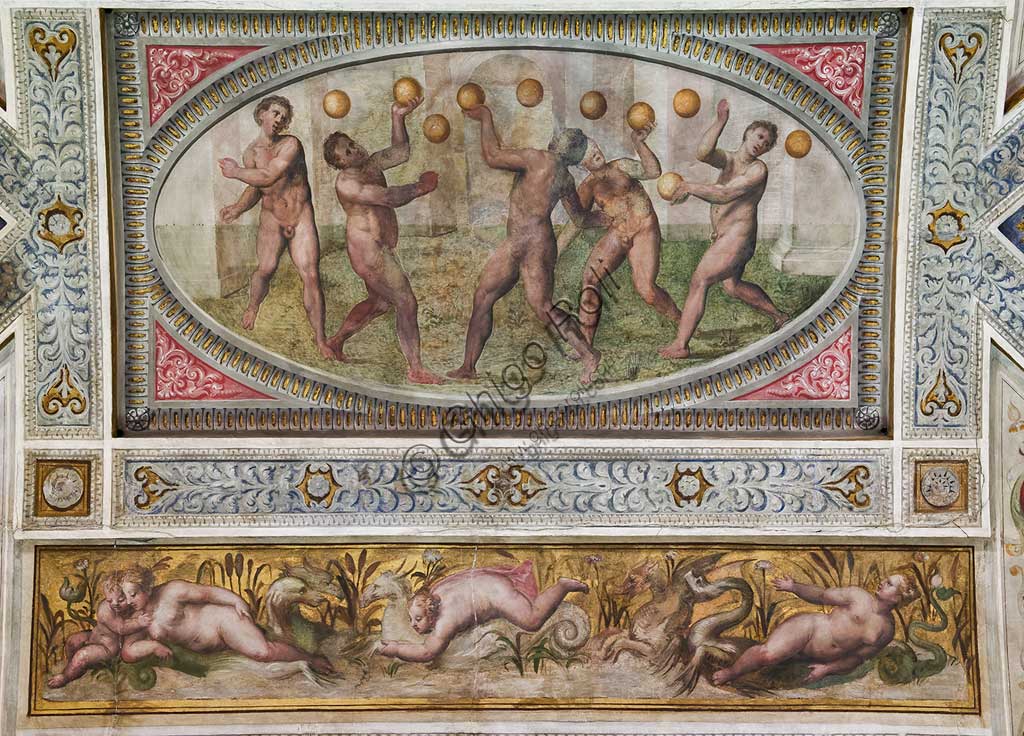
Ferrara, the Castello Estense (the Estense Castle), also kno...
add to lightbox
20202_105.jpg
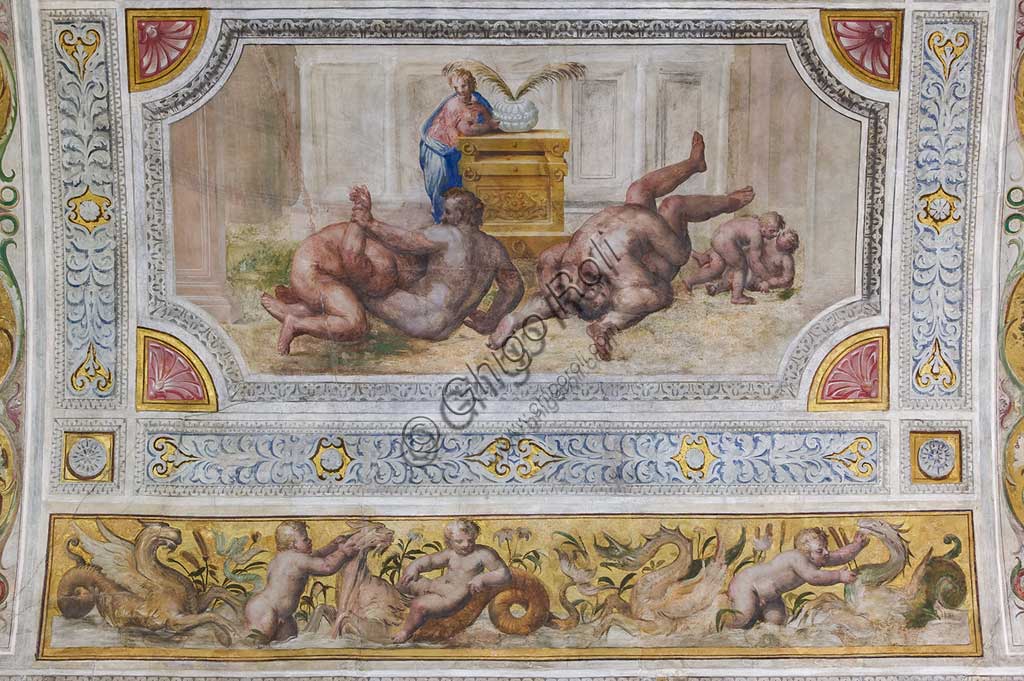
Ferrara, the Castello Estense (the Estense Castle), also kno...
add to lightbox
20202_104.jpg
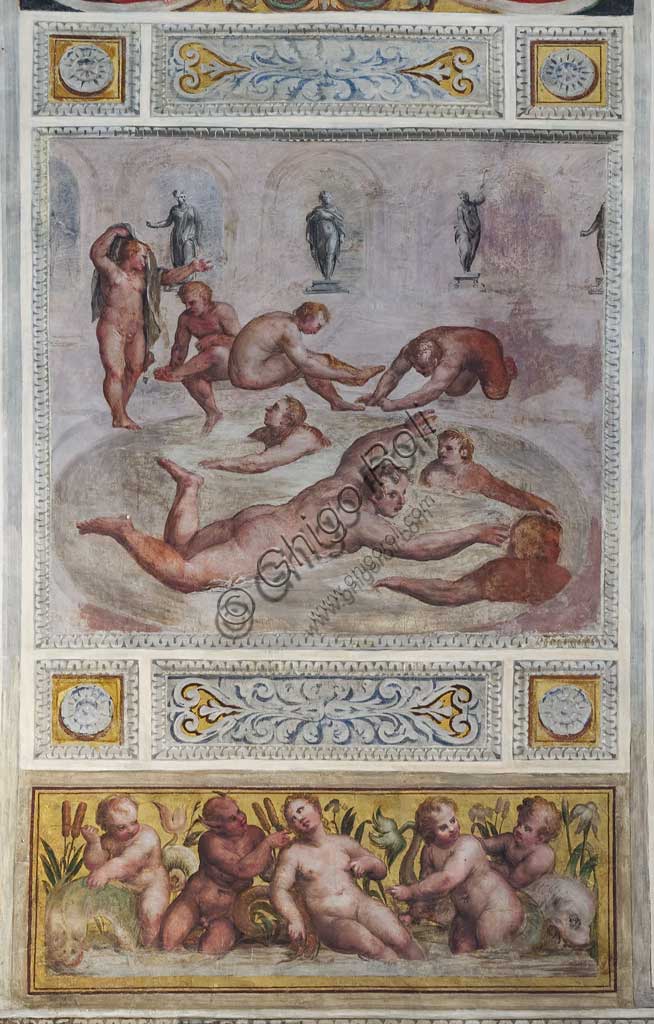
Ferrara, the Castello Estense (the Estense Castle), also kno...
add to lightbox
20202_096.jpg
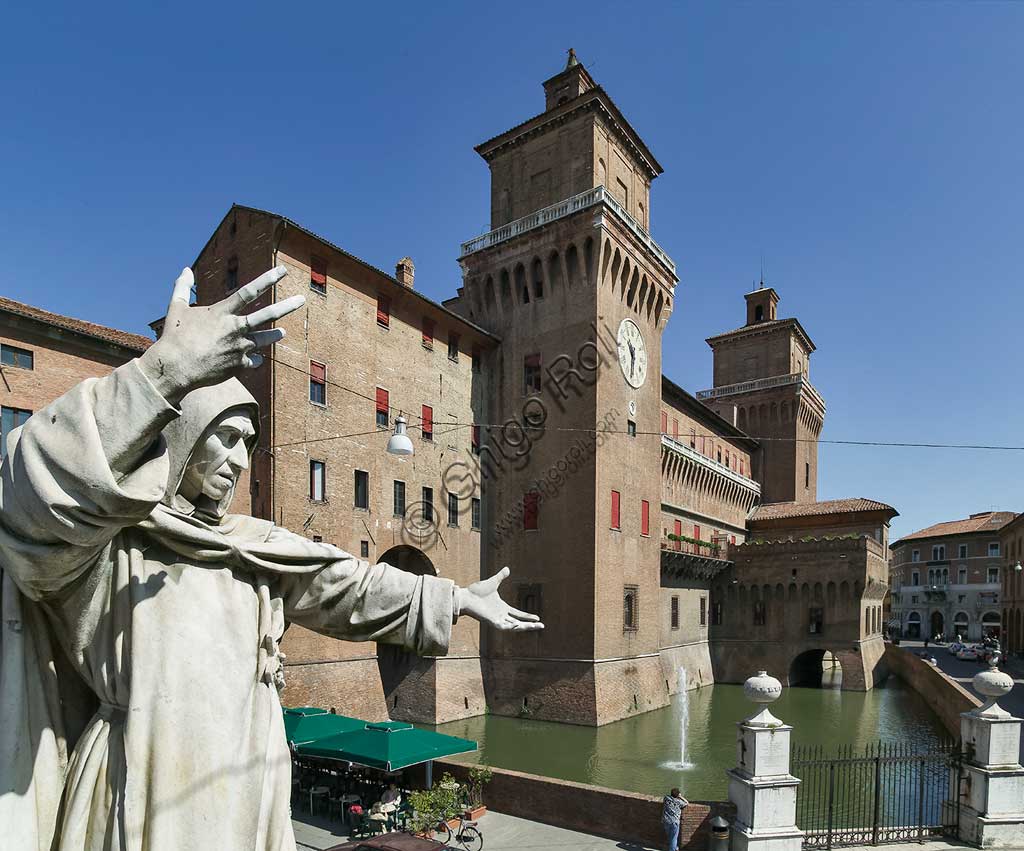
Ferrara: view of the Castello Estense (the Estense Castle),...
add to lightbox
20202_074.jpg
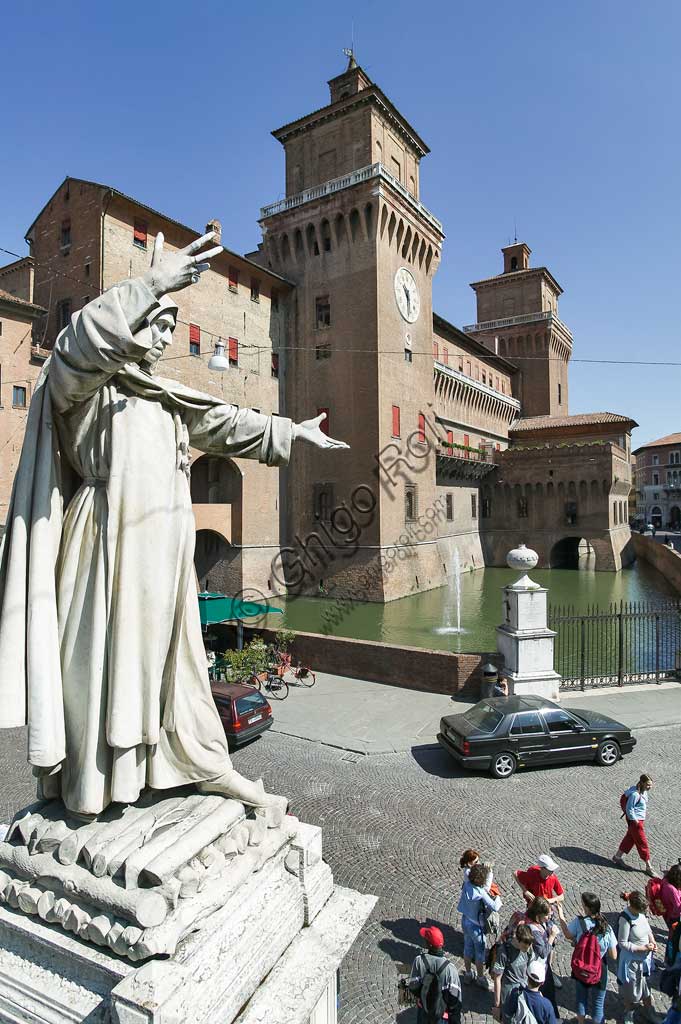
Ferrara: view of the Castello Estense (the Estense Castle),...
add to lightbox
20202_039.jpg
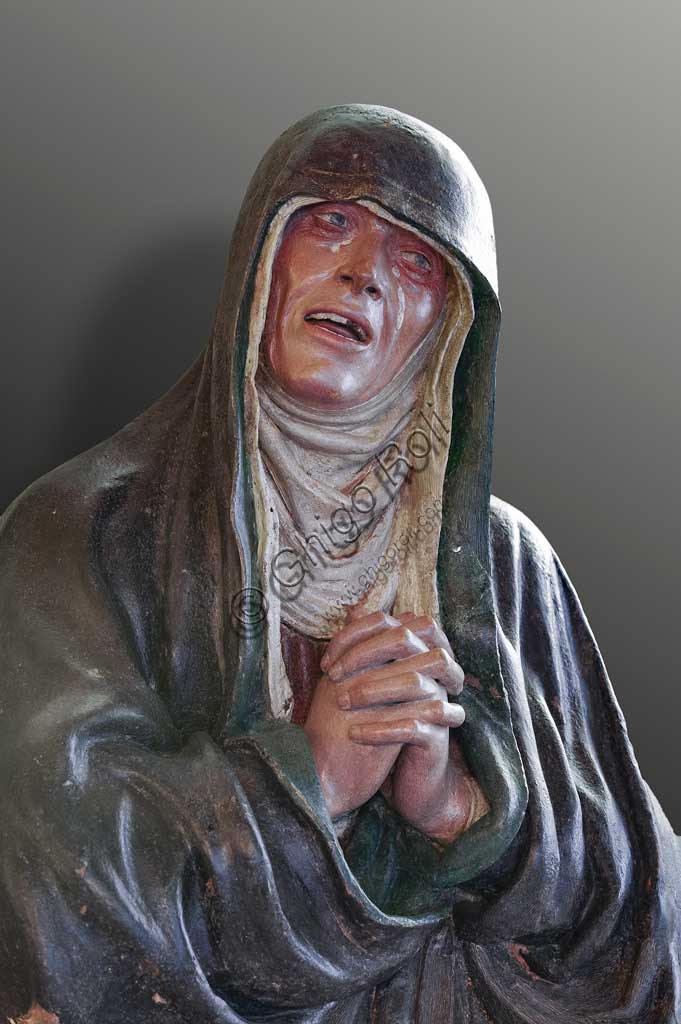
Ferrara, Palazzo Schifanoia, Museum: "La Dolente", polychro...
add to lightbox
20202_027.jpg
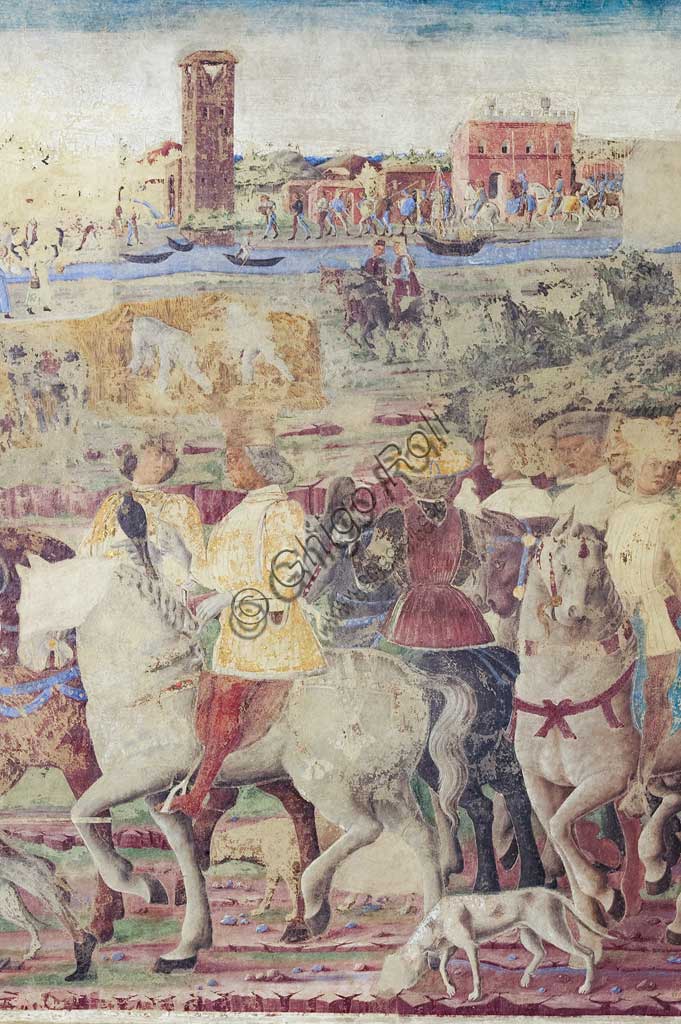
Ferrara: Palazzo Schifanoia, Hall of the Months, Lower secti...
add to lightbox
20202_026.jpg
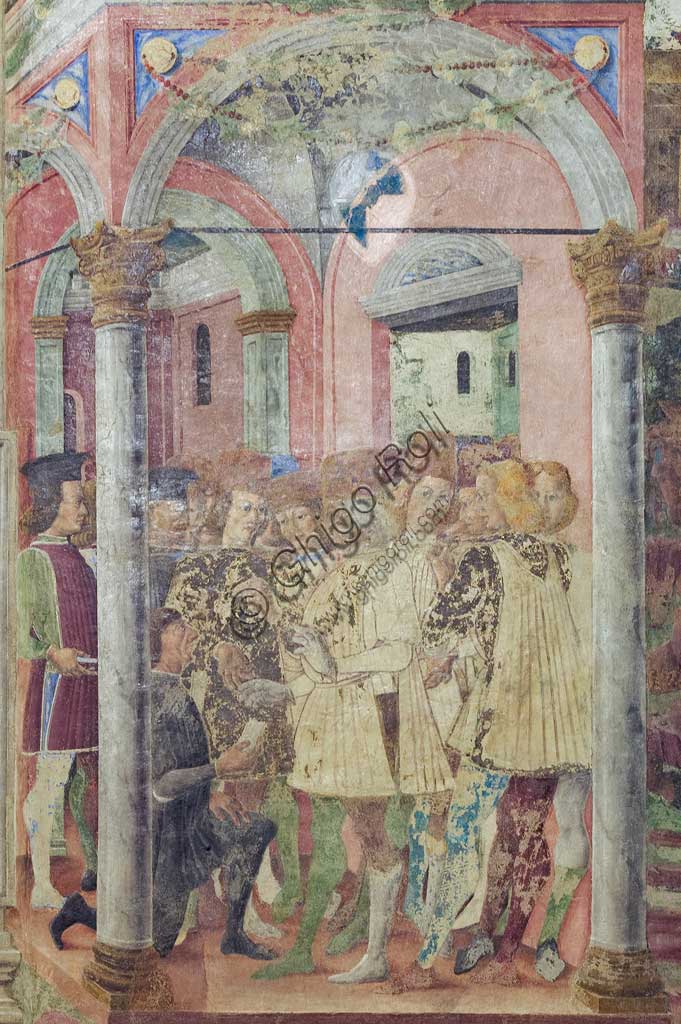
Ferrara: Palazzo Schifanoia, Hall of the Months, Lower secti...
add to lightbox
20202_025.jpg
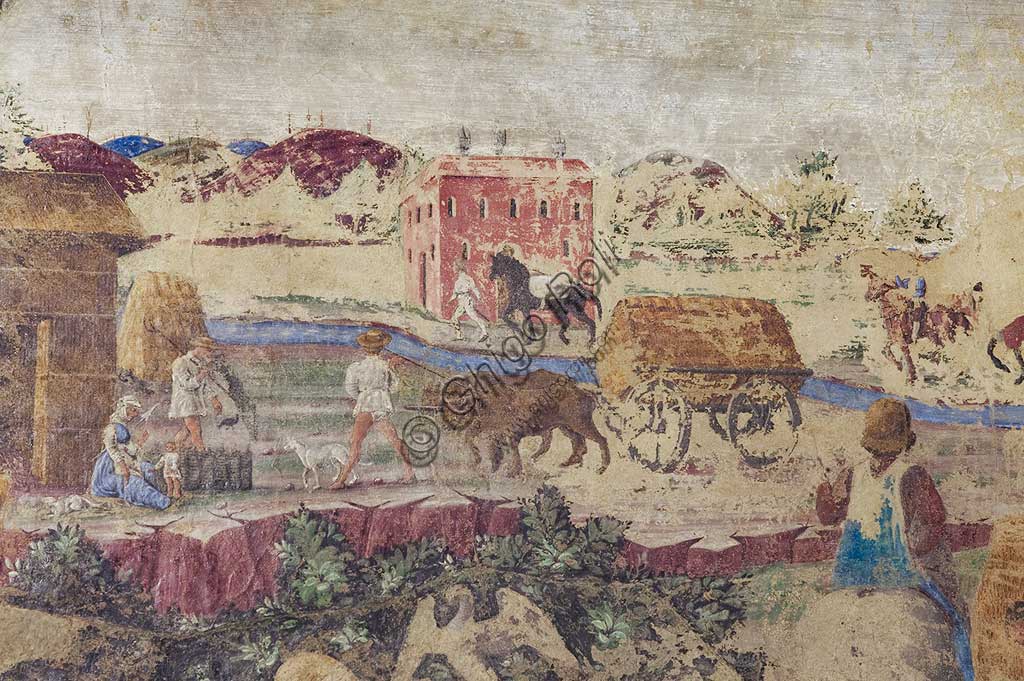
Ferrara: Palazzo Schifanoia, Hall of the Months, Lower secti...
add to lightbox
20202_024.jpg
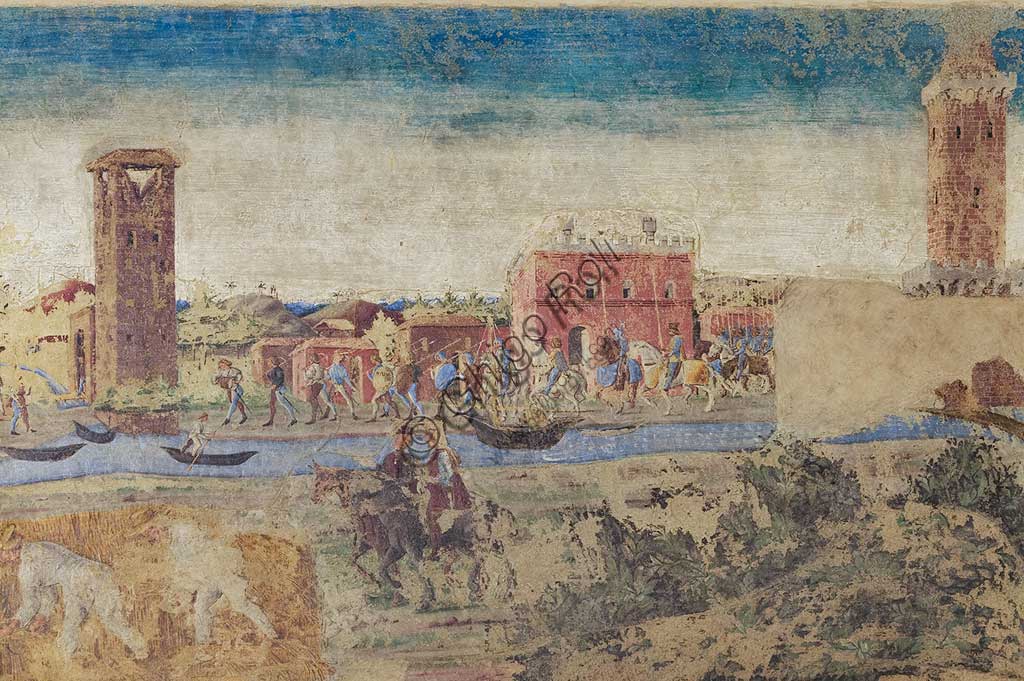
Ferrara: Palazzo Schifanoia, Hall of the Months, Lower secti...
add to lightbox
20202_023.jpg
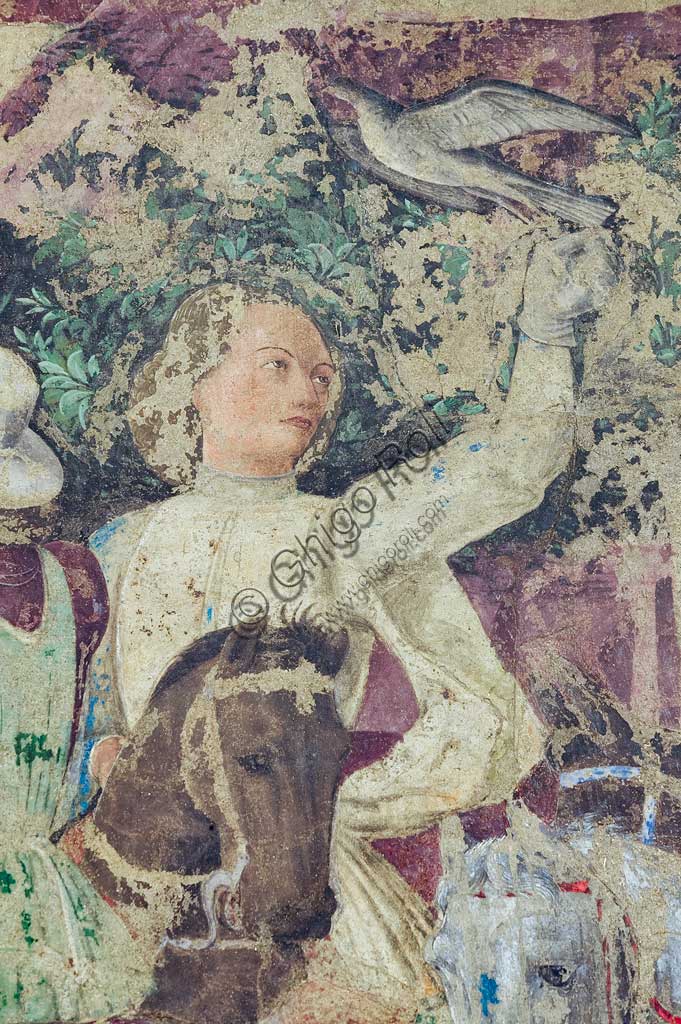
Ferrara: Palazzo Schifanoia, Hall of the Months, Lower secti...
add to lightbox
20202_021.jpg
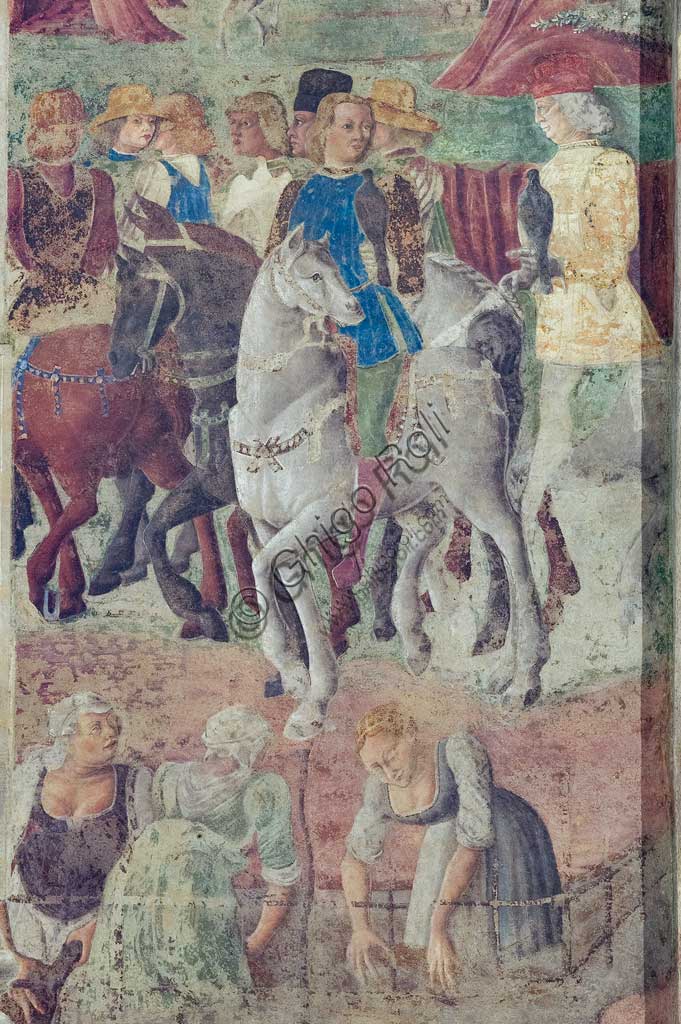
Ferrara: Palazzo Schifanoia, Hall of the Months, Lower secti...
add to lightbox
20202_020.jpg
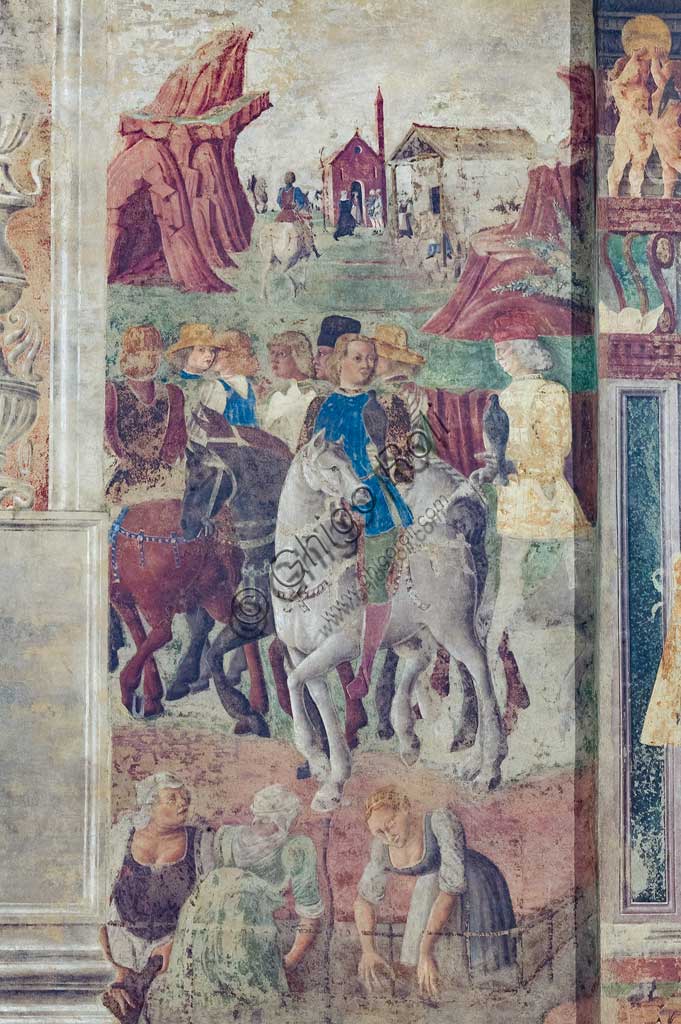
Ferrara: Palazzo Schifanoia, Hall of the Months, Lower secti...
add to lightbox
20202_02-.jpg
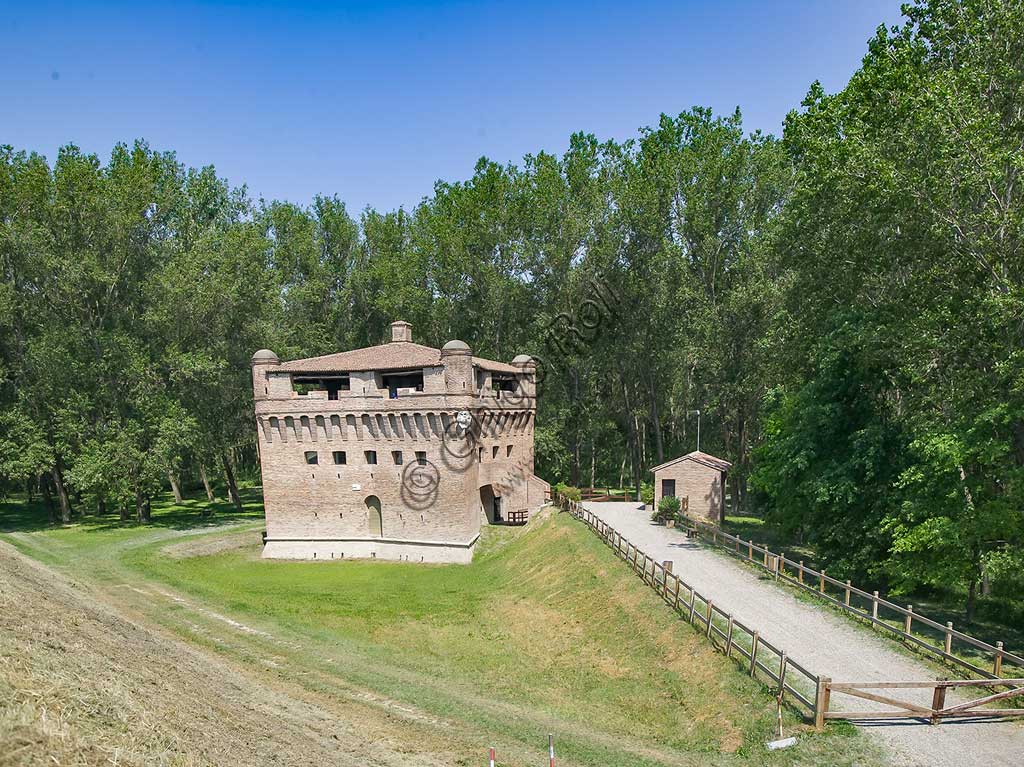
Bondeno, La Stellata: the powerful stronghold, a defensive t...
add to lightbox
20202_017.jpg
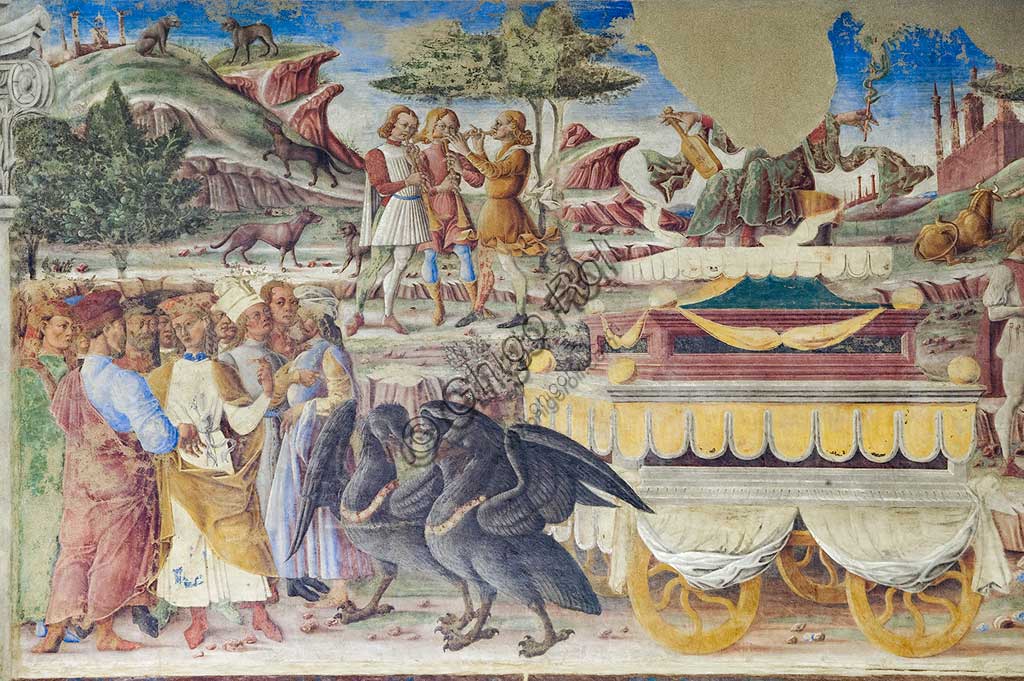
Ferrara: Palazzo Schifanoia, Hall of the Months, Northern Wa...
add to lightbox
20202_016.jpg
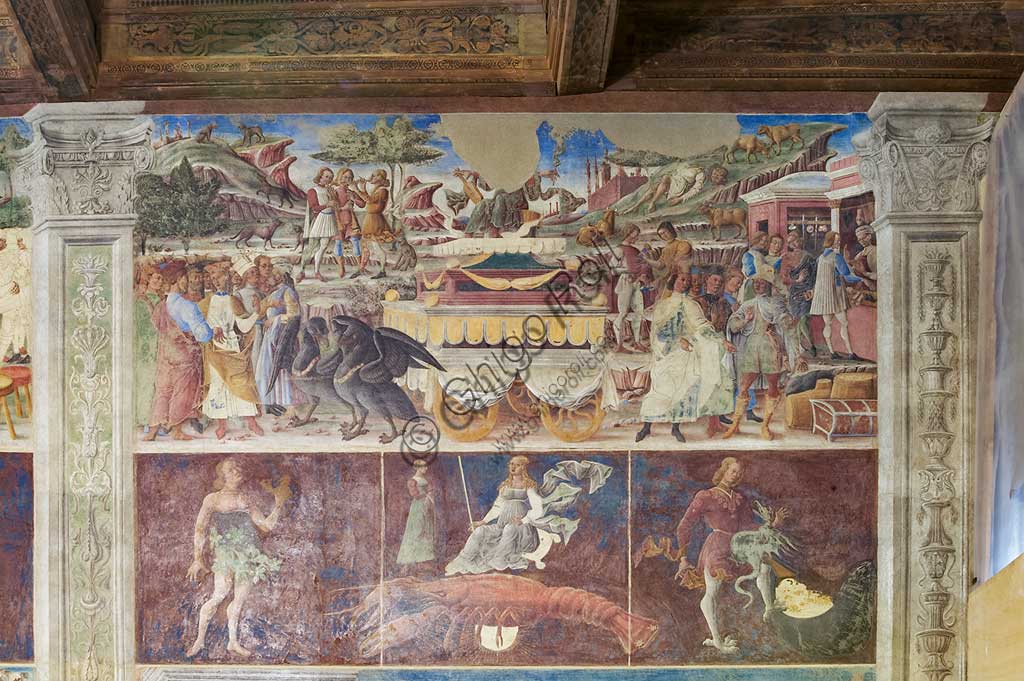
Ferrara: Palazzo Schifanoia, Hall of the Months, Northern Wa...
add to lightbox
20202_015.jpg
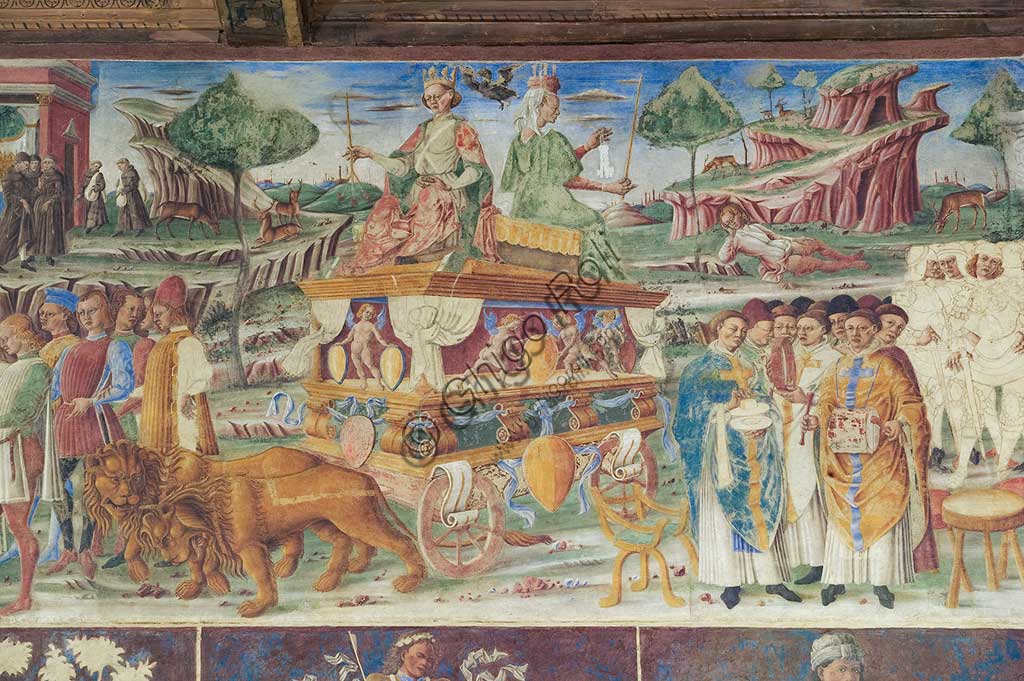
Ferrara: Palazzo Schifanoia, Hall of the Months, Northern Wa...
add to lightbox
20202_014.jpg
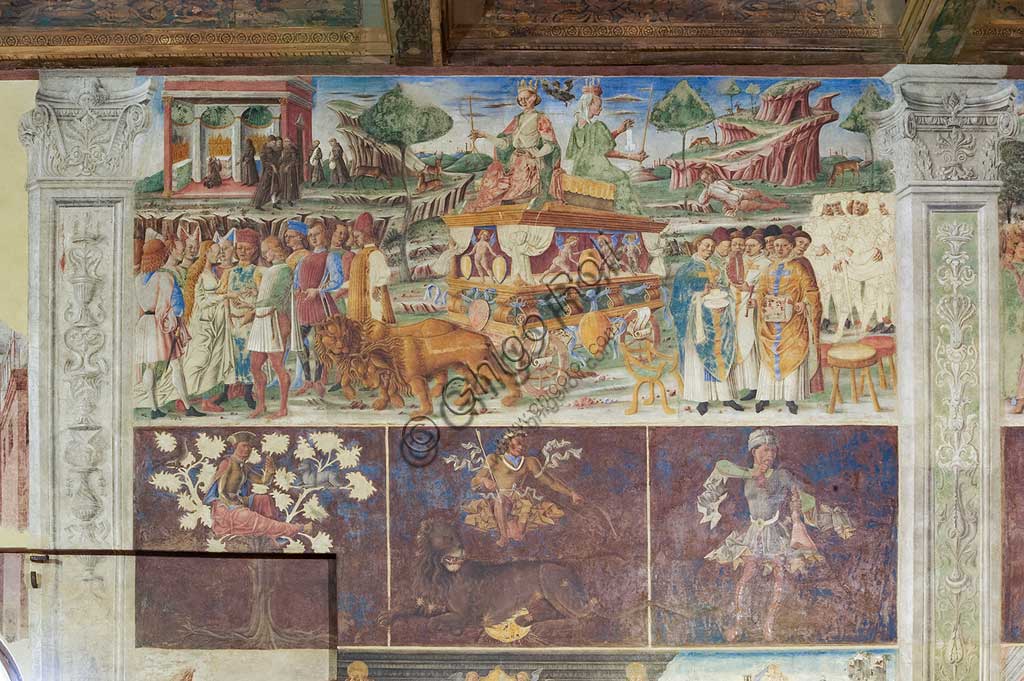
Ferrara: Palazzo Schifanoia, Hall of the Months, Northern Wa...
add to lightbox
20202_013.jpg
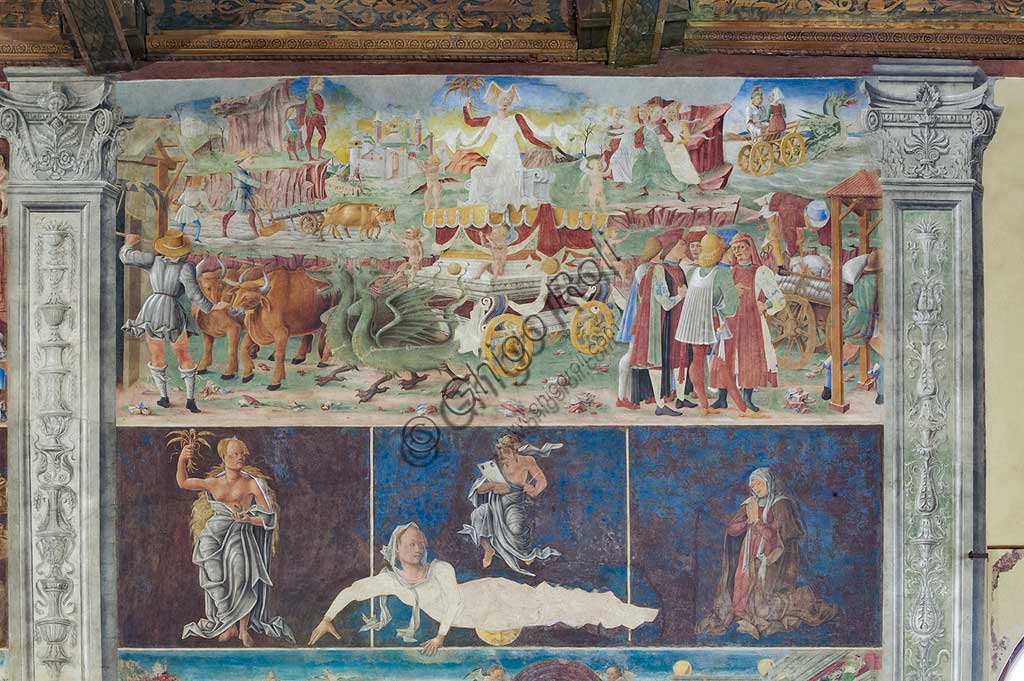
Ferrara: Palazzo Schifanoia, Hall of the Months, Northern Wa...
add to lightbox
20202_011.jpg
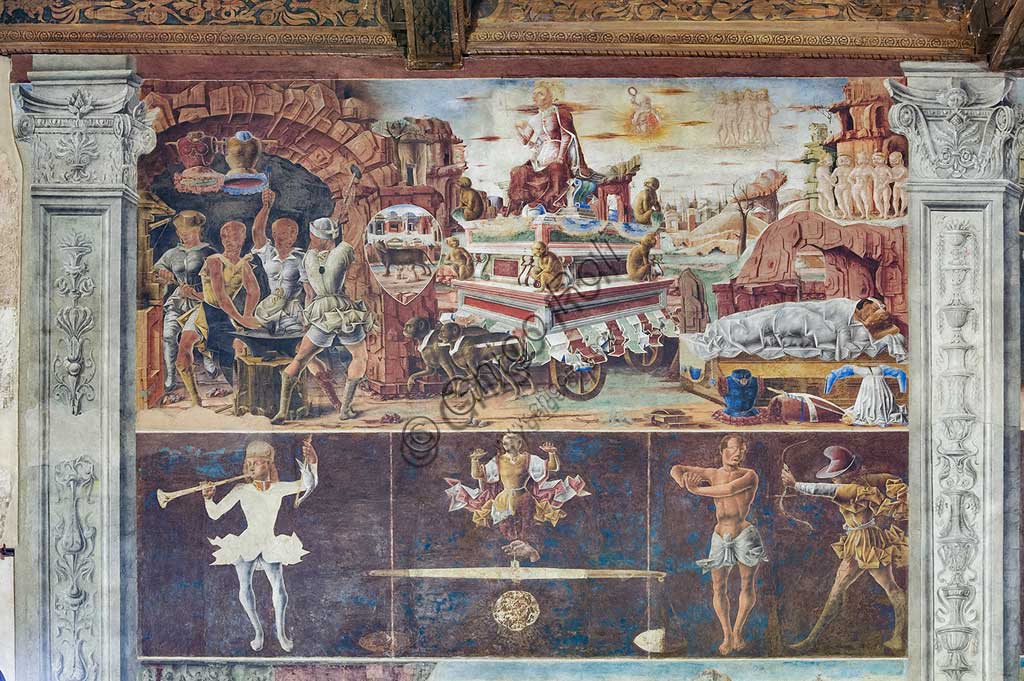
Ferrara: Palazzo Schifanoia, Hall of the Months, Northern Wa...
add to lightbox
20202_01-.jpg
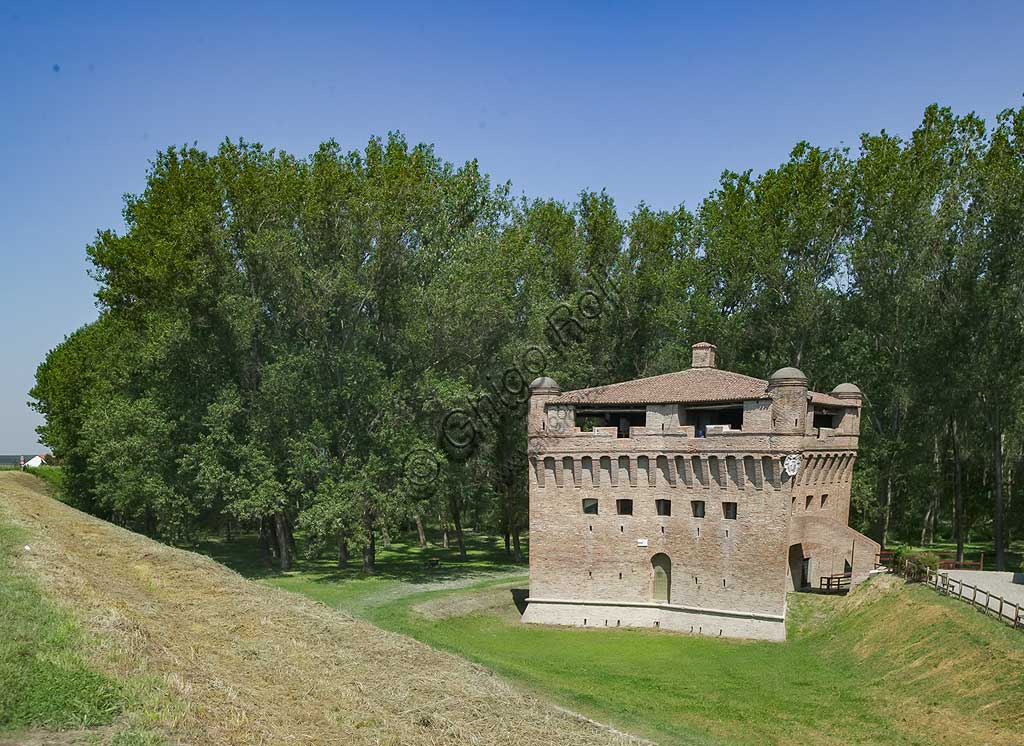
Bondeno, La Stellata: the powerful stronghold, a defensive t...
add to lightbox
20202_009.jpg
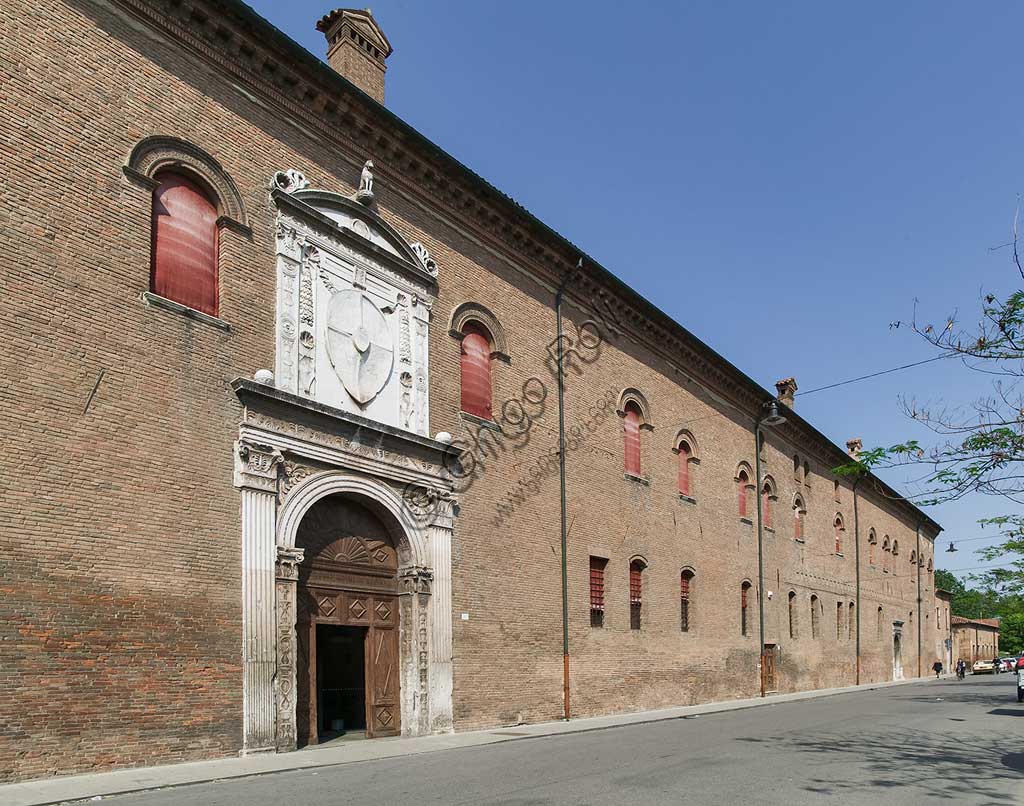
Ferrara, Palazzo Schifanoia (Este residence, or delizia) : t...
add to lightbox
20202_005.jpg
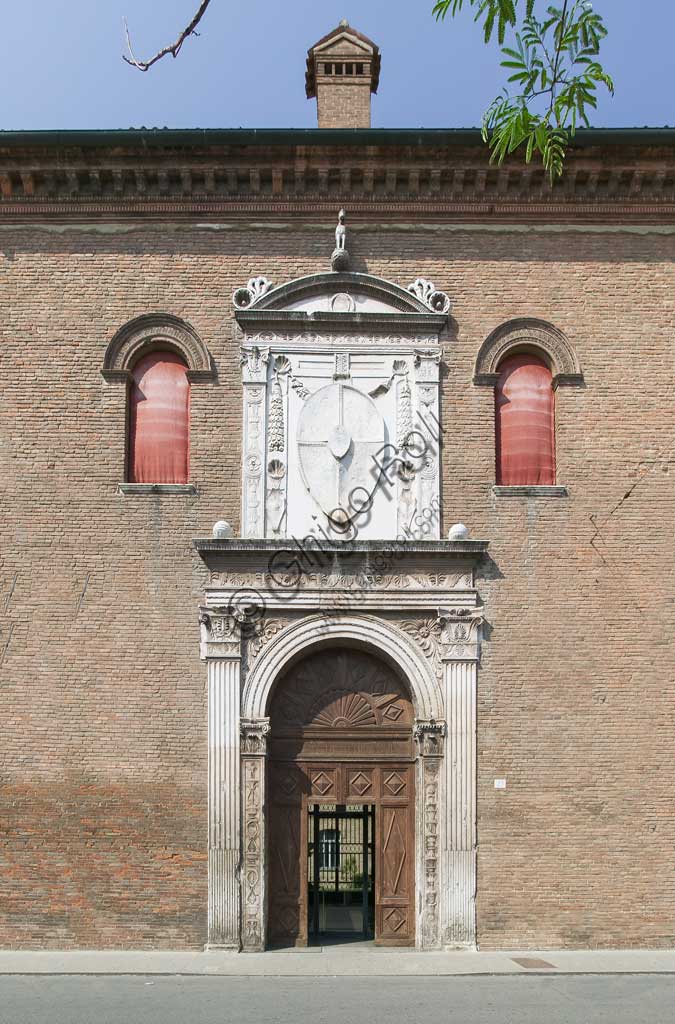
Ferrara, Palazzo Schifanoia (Este residence, or delizia) : t...
add to lightbox
20202_003.jpg
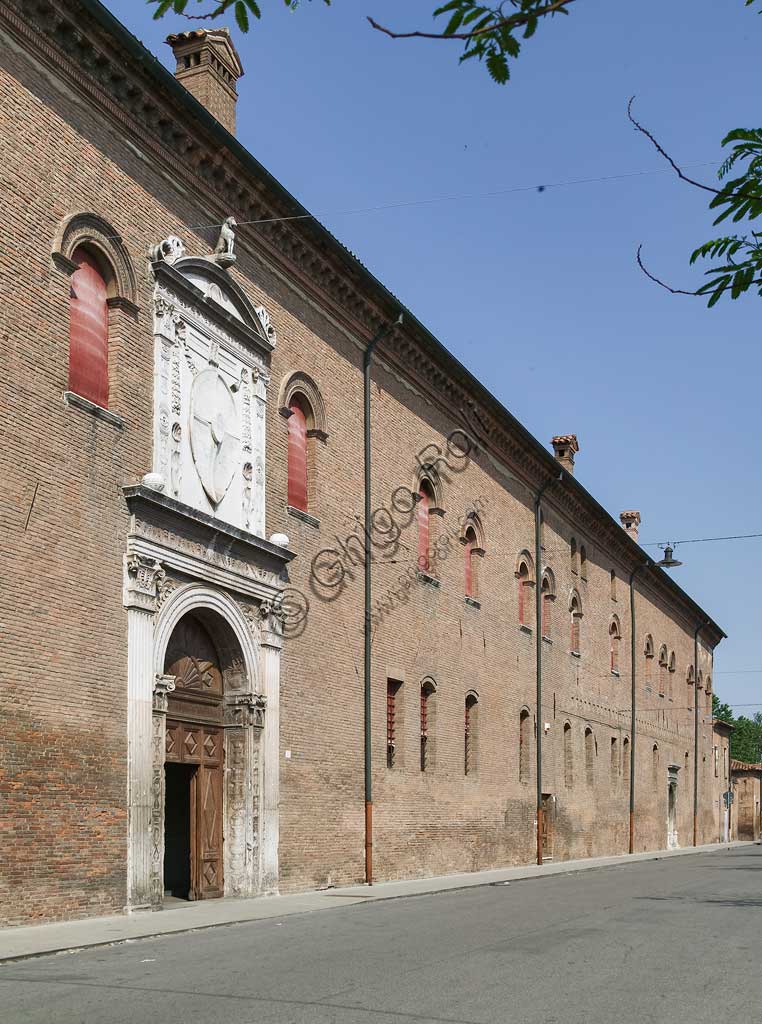
Ferrara, Palazzo Schifanoia (Este residence, or delizia) : t...
add to lightbox